
Develop effective film scripts, from concept development to narrative structure and engaging dialogue.
Immerse yourself in the fascinating world of screenwriting, from conceiving ideas to creating complete and captivating stories. Learn from experts like Daniel Monedero, Daniel Tubau, Julio Rojas, Alejandra Moffat, and Jimena Eme Vázquez, who will guide you through exploring different techniques and approaches. Develop your own methodology through practical exercises that will allow you to write stories that effectively connect with your audience.
Master the art of screenwriting, perfecting essential aspects such as narrative structure, character development, and creating impactful dialogue. Discover how to turn your ideas into professional scripts for film and television, understanding the unique characteristics of each format. Upon completion, you'll have acquired the tools necessary to transform your stories into quality film productions, ready to be presented at festivals and competitions or as part of your portfolio.
What will you learn in this specialization?
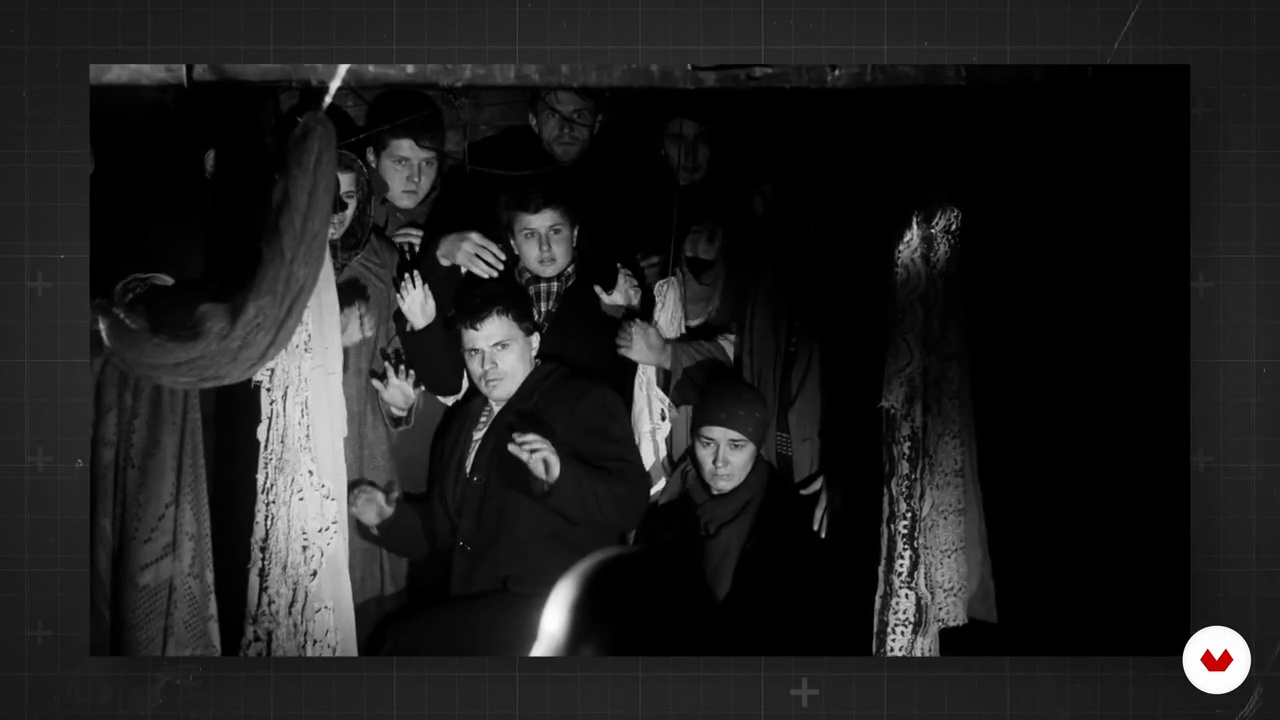

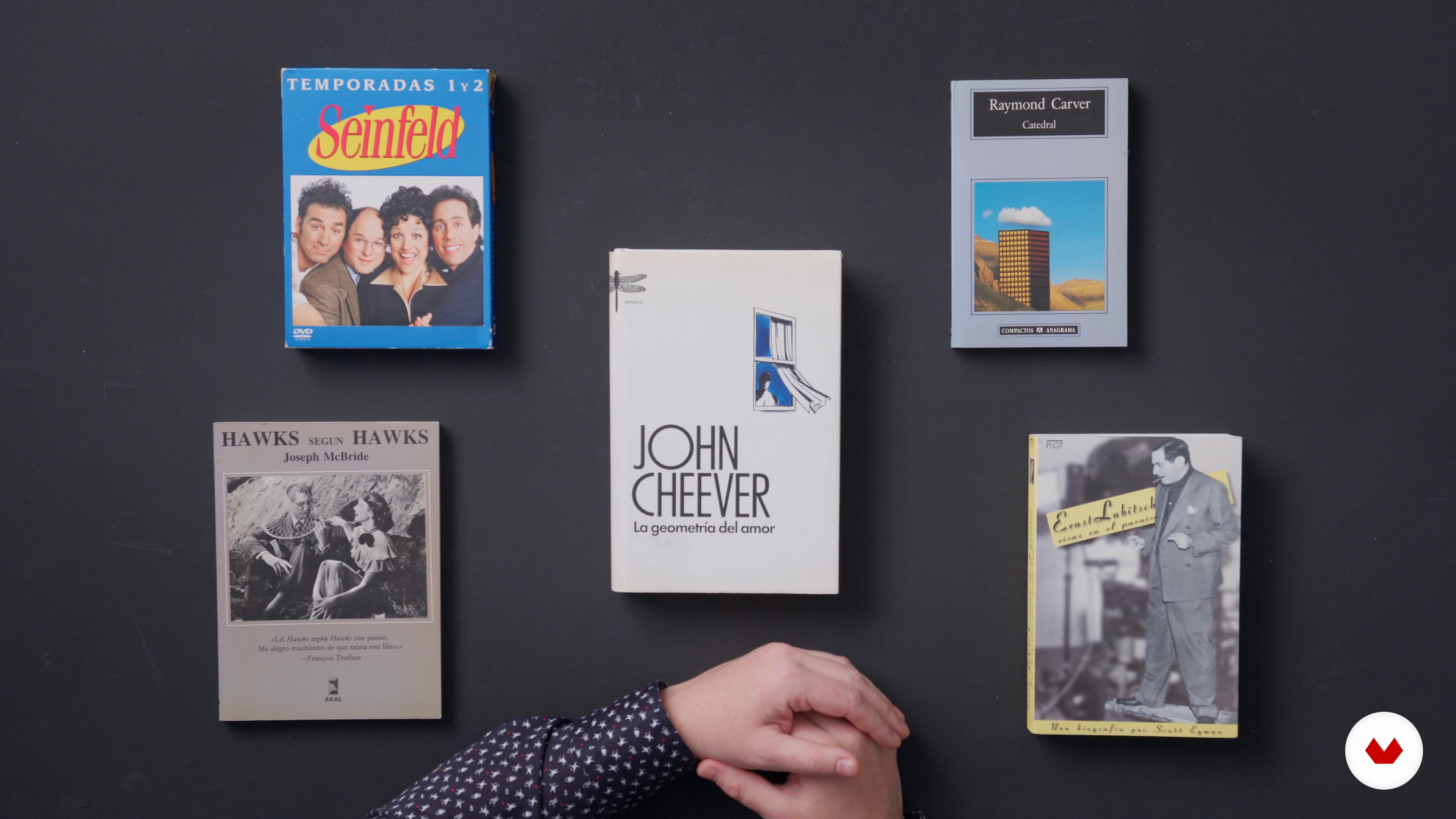
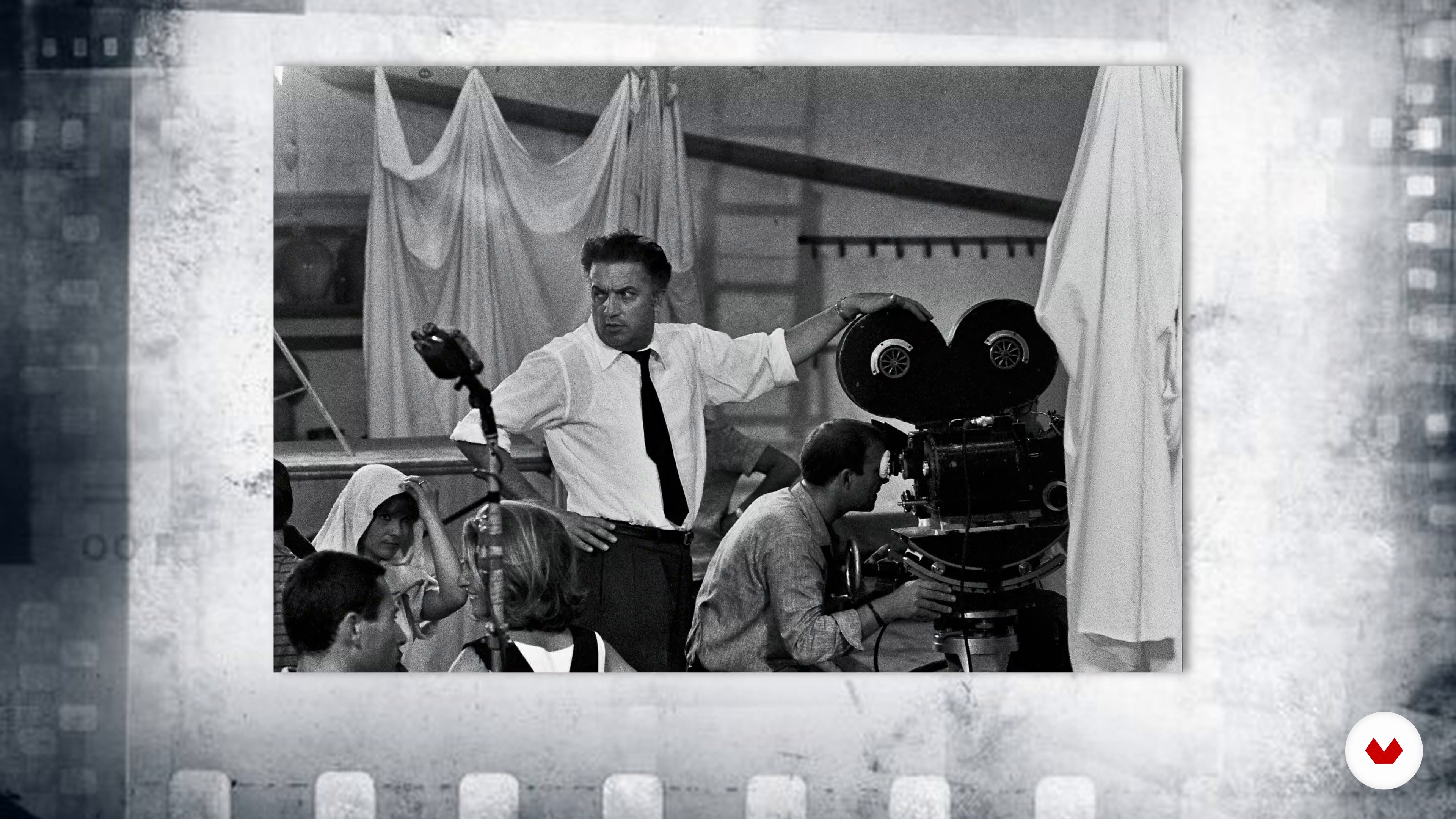
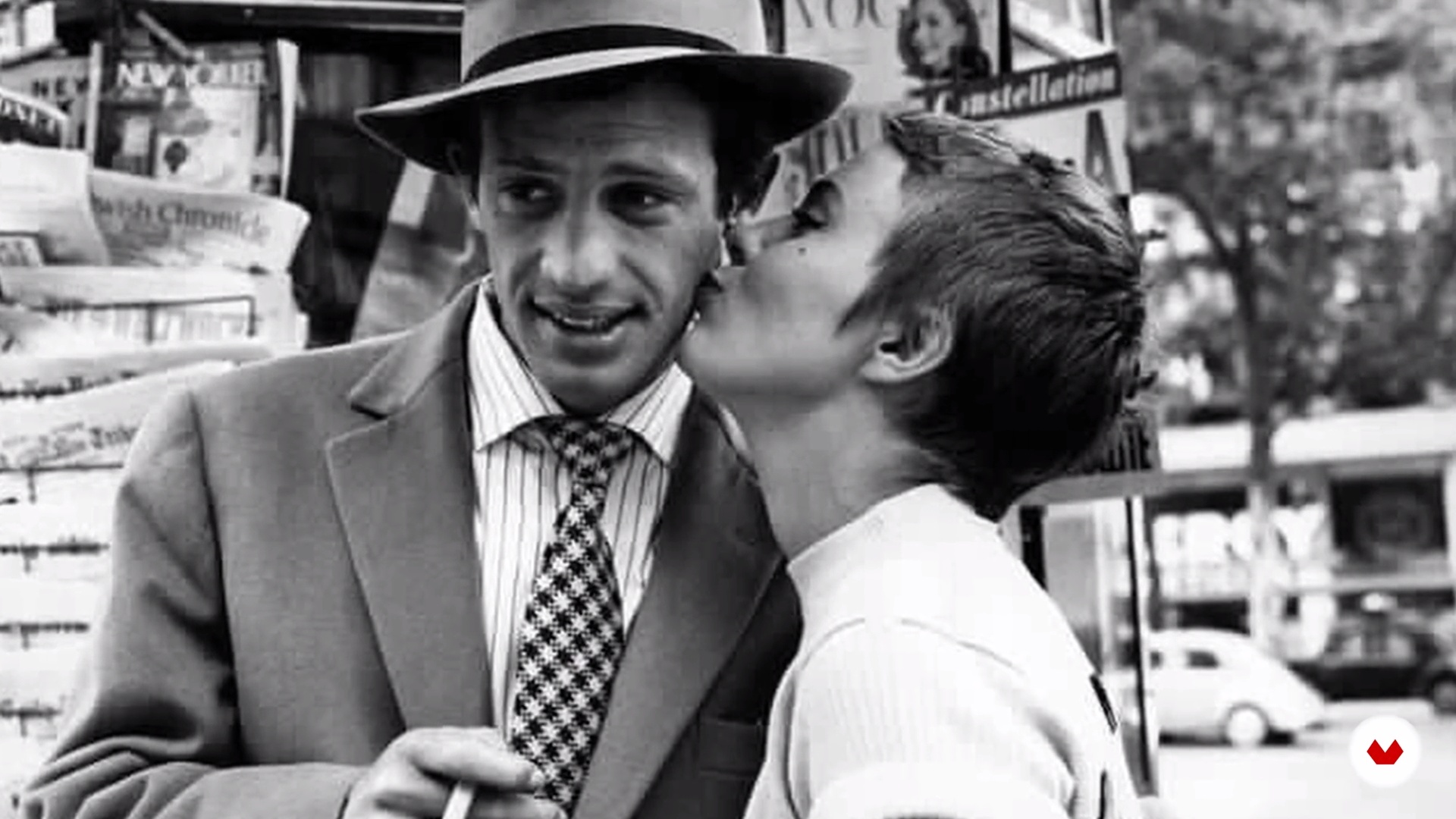
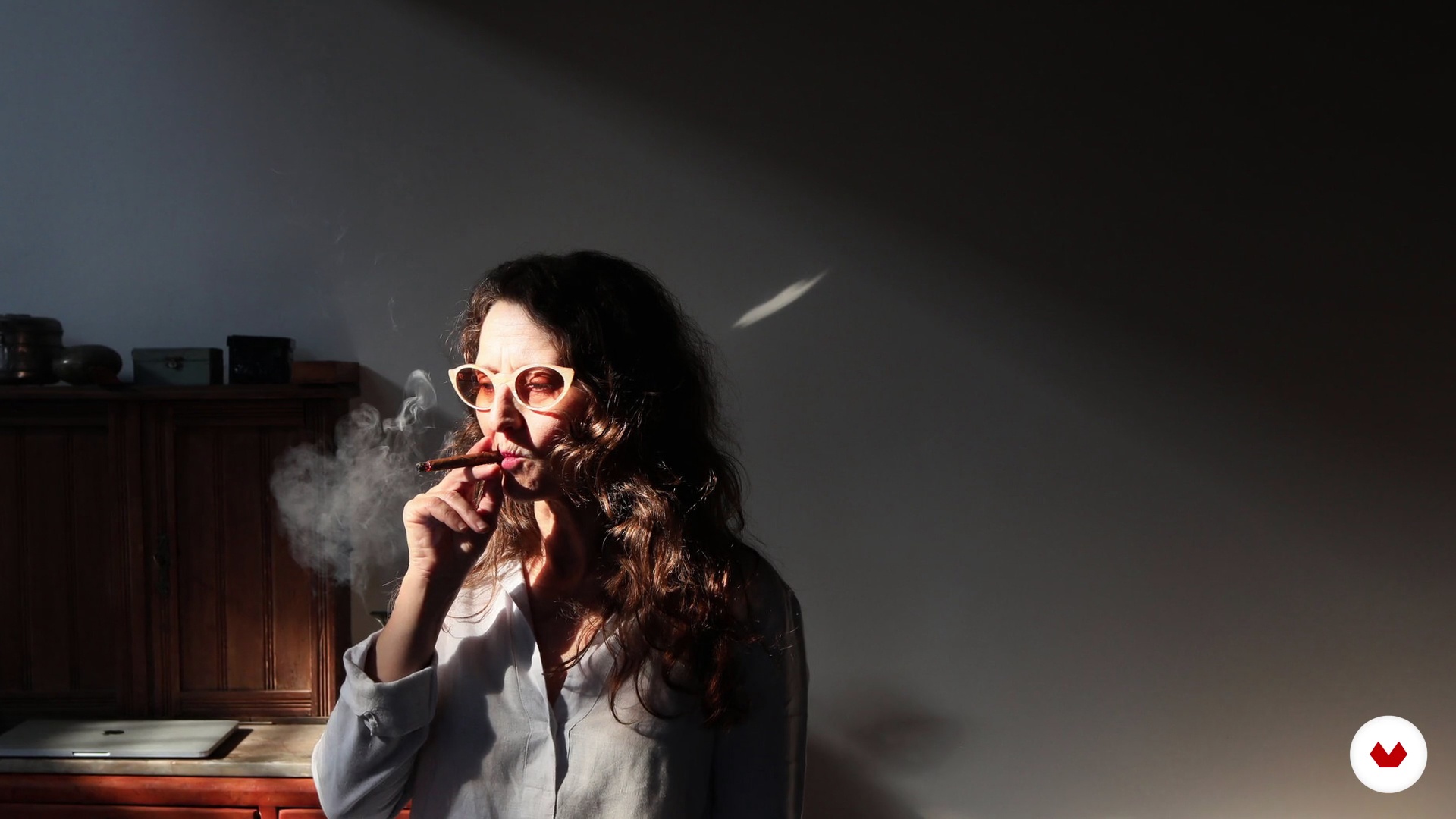
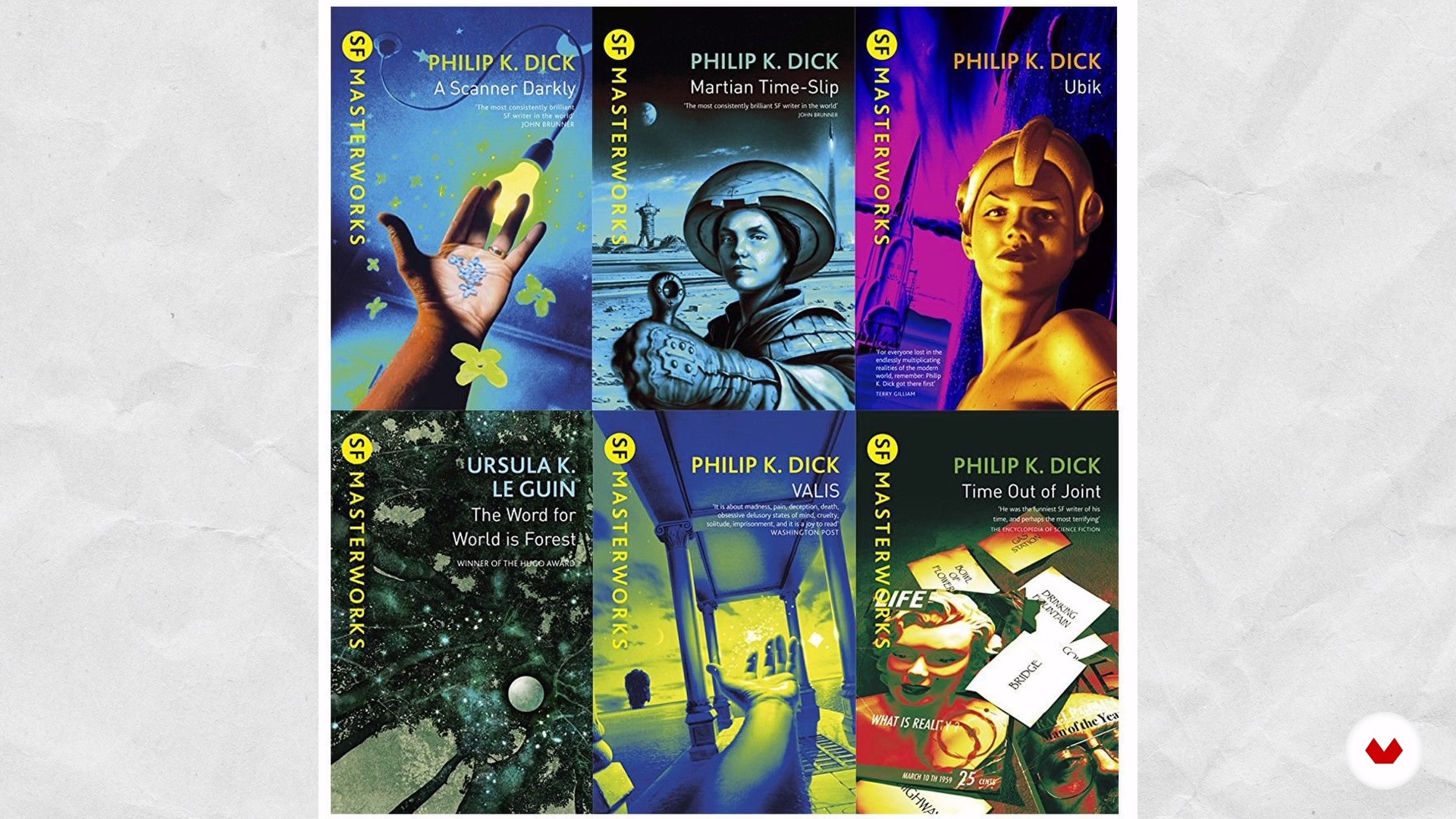
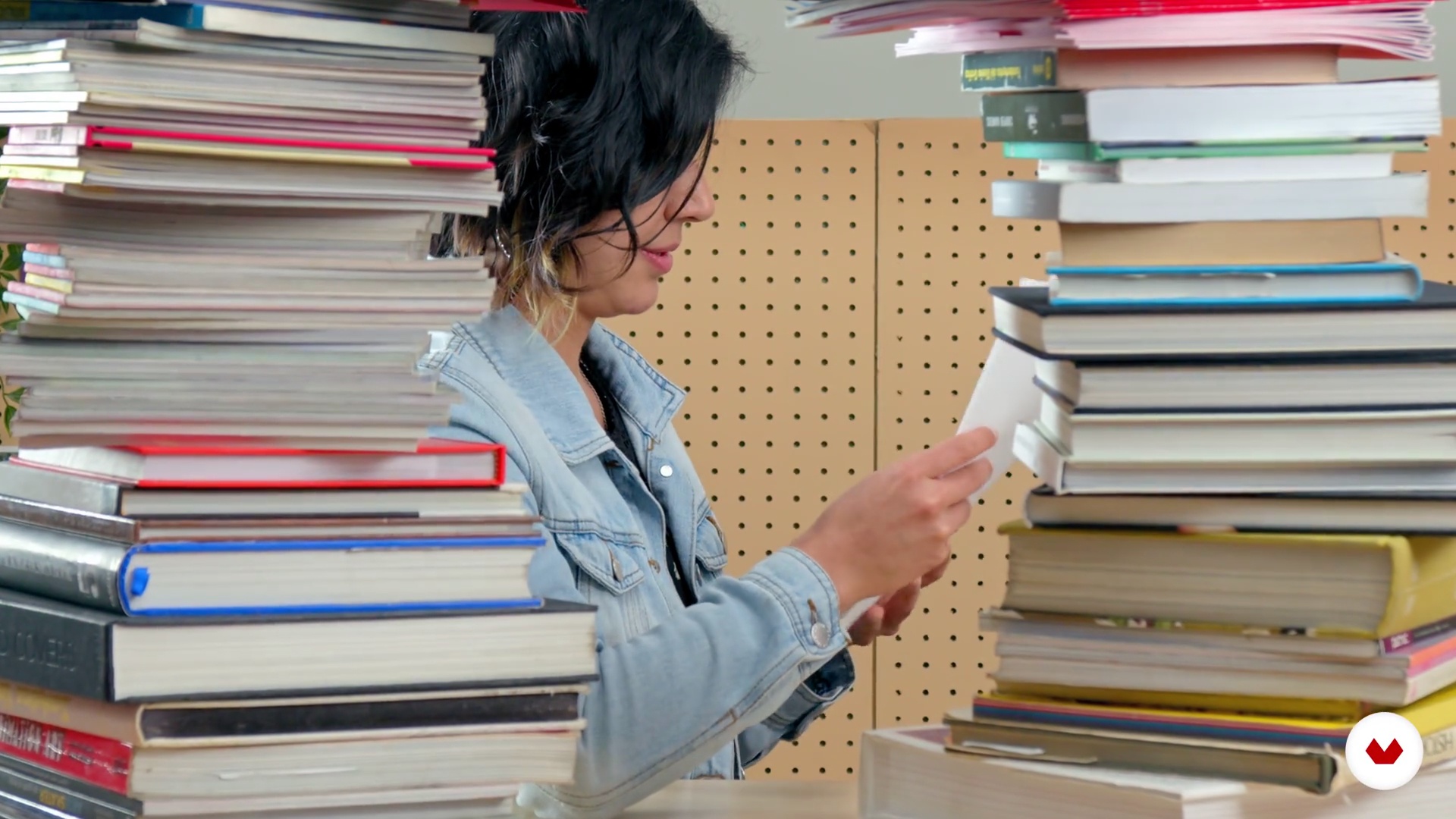
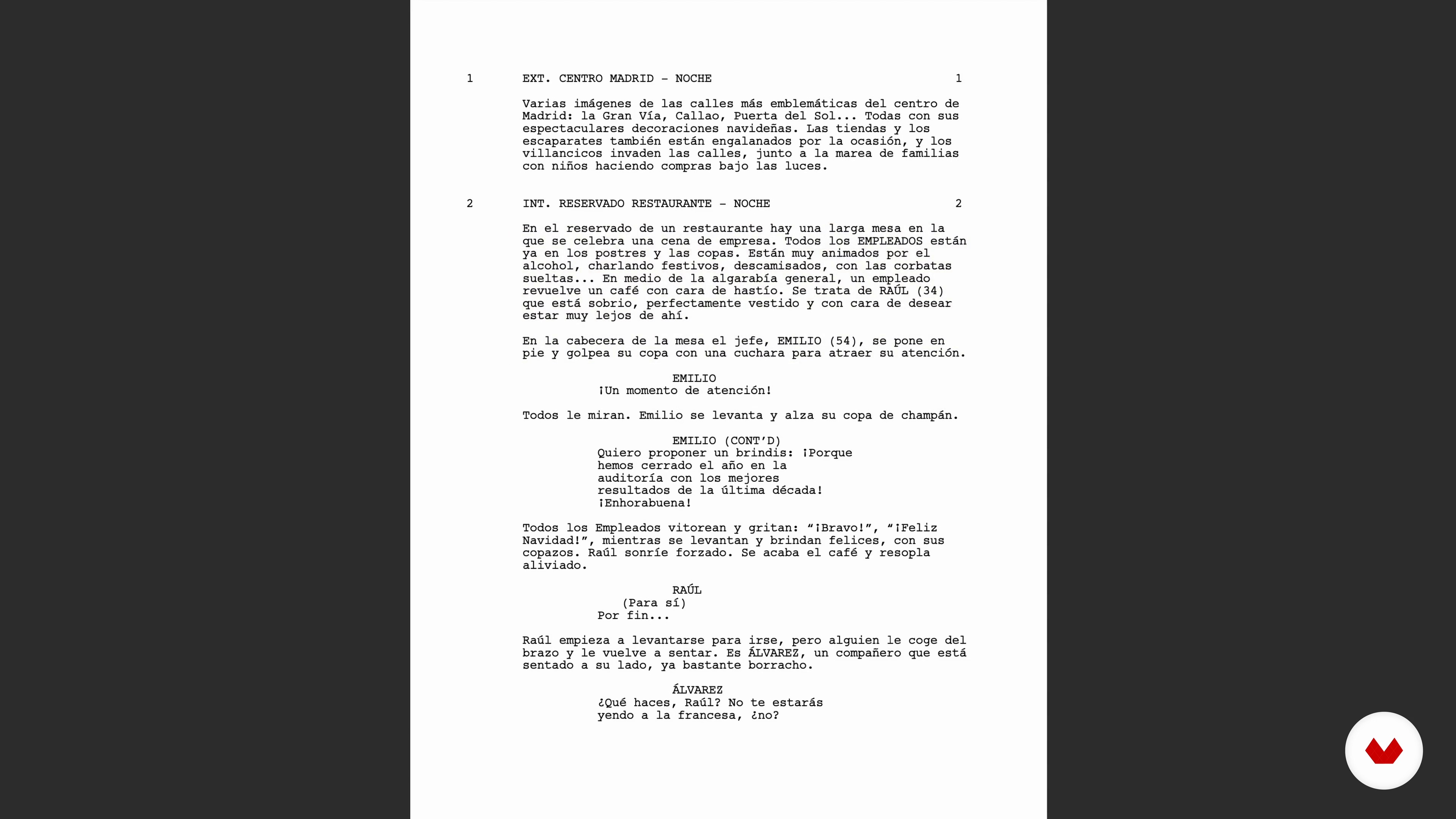

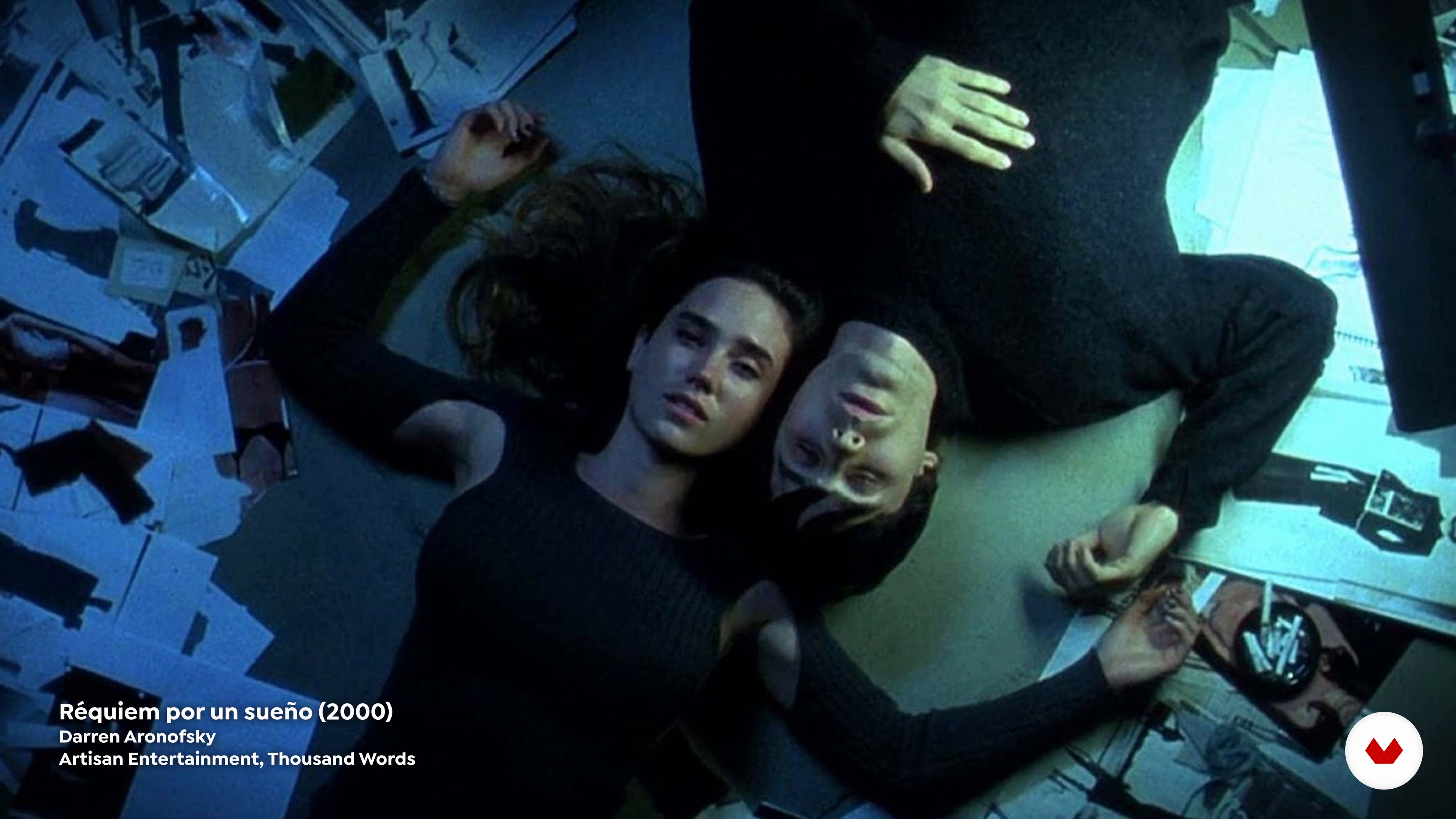
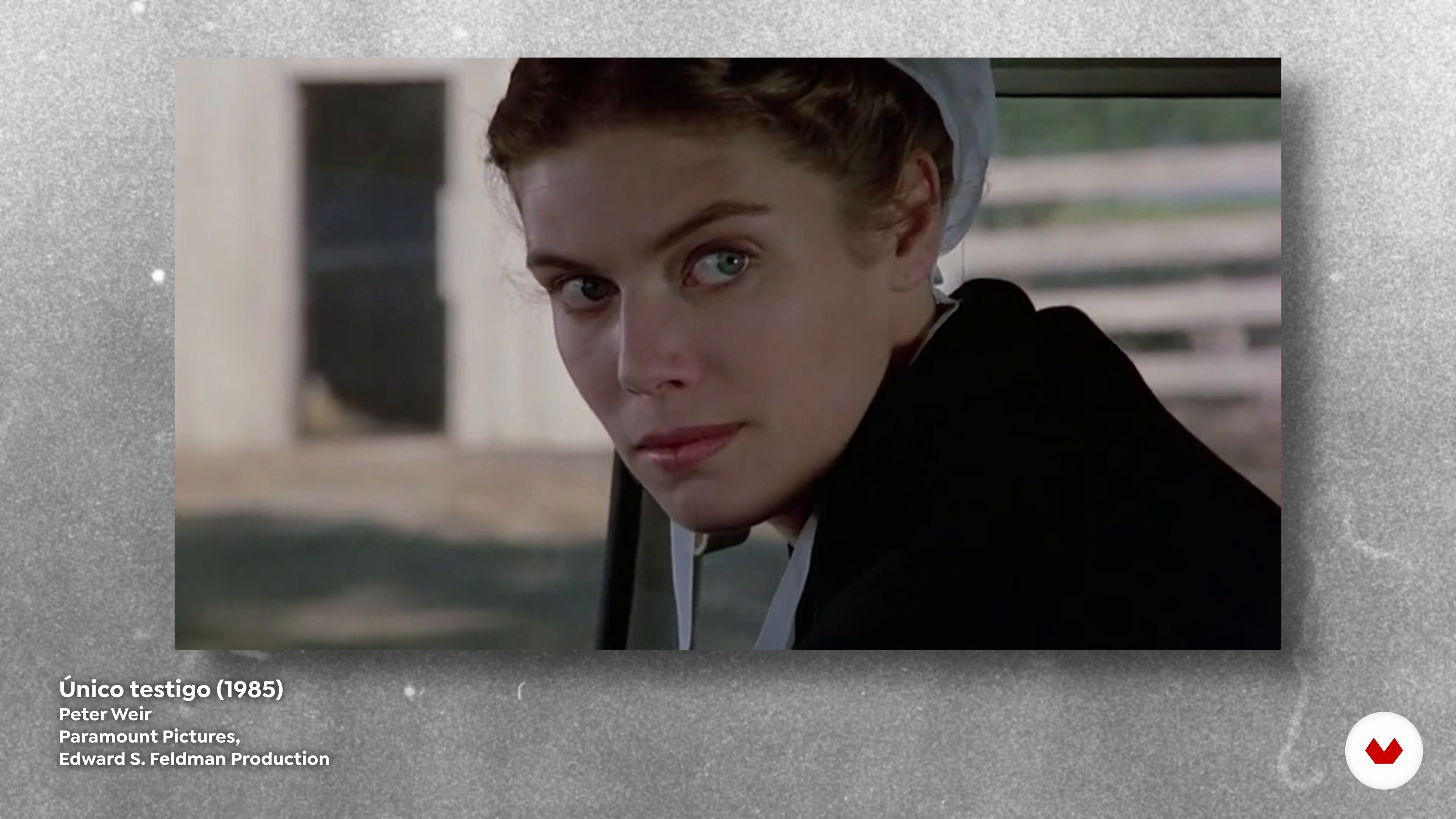
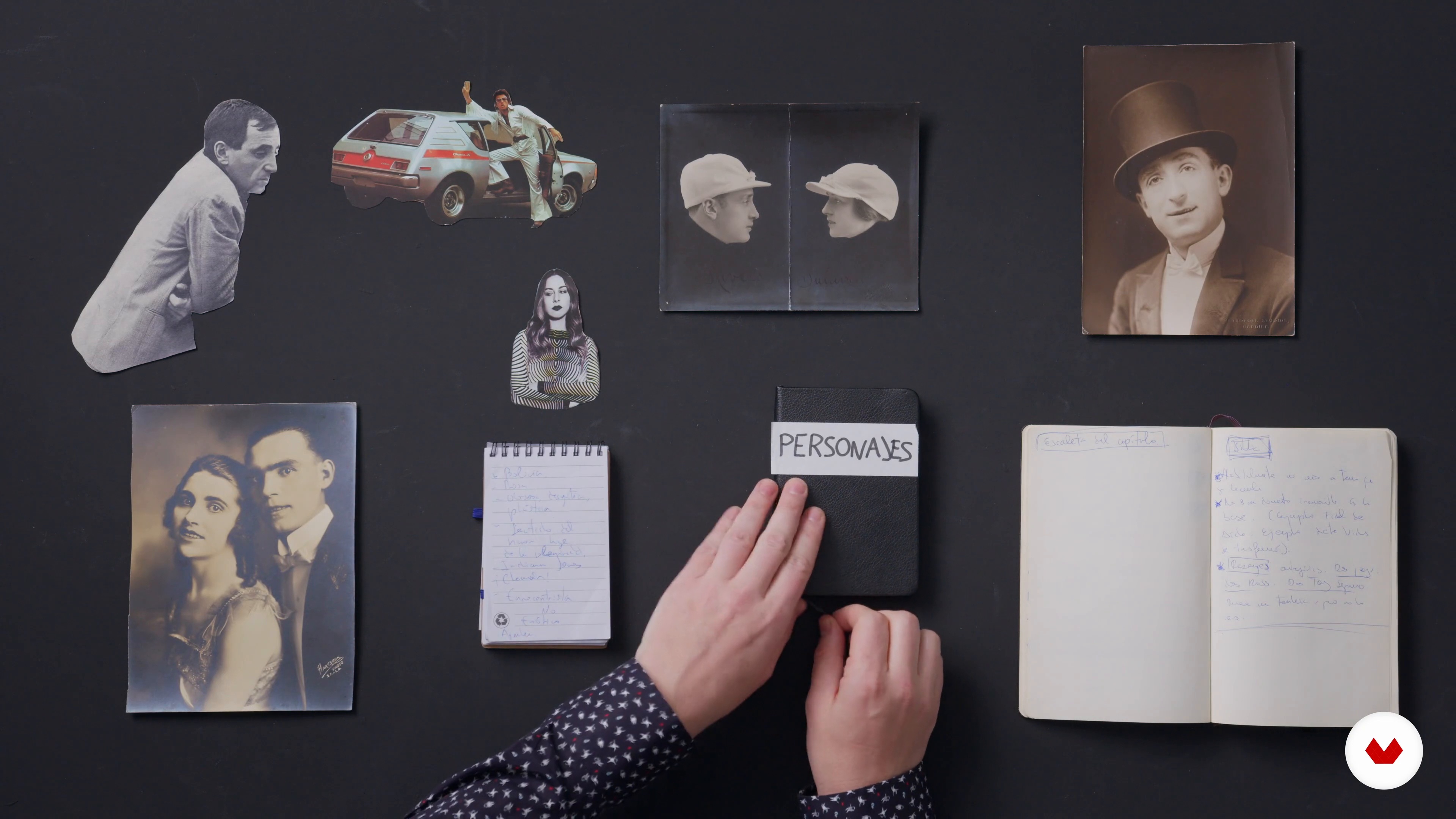
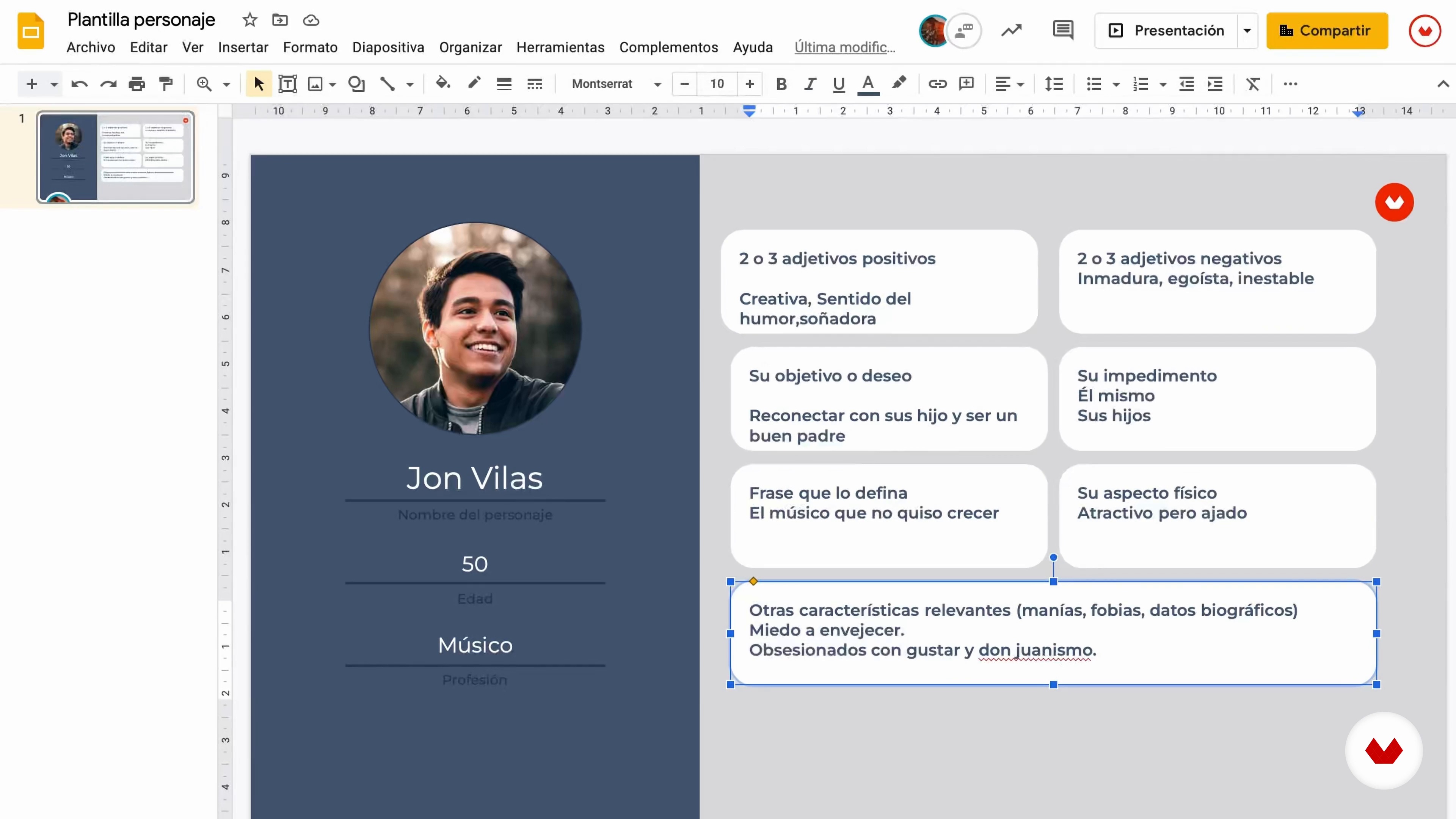
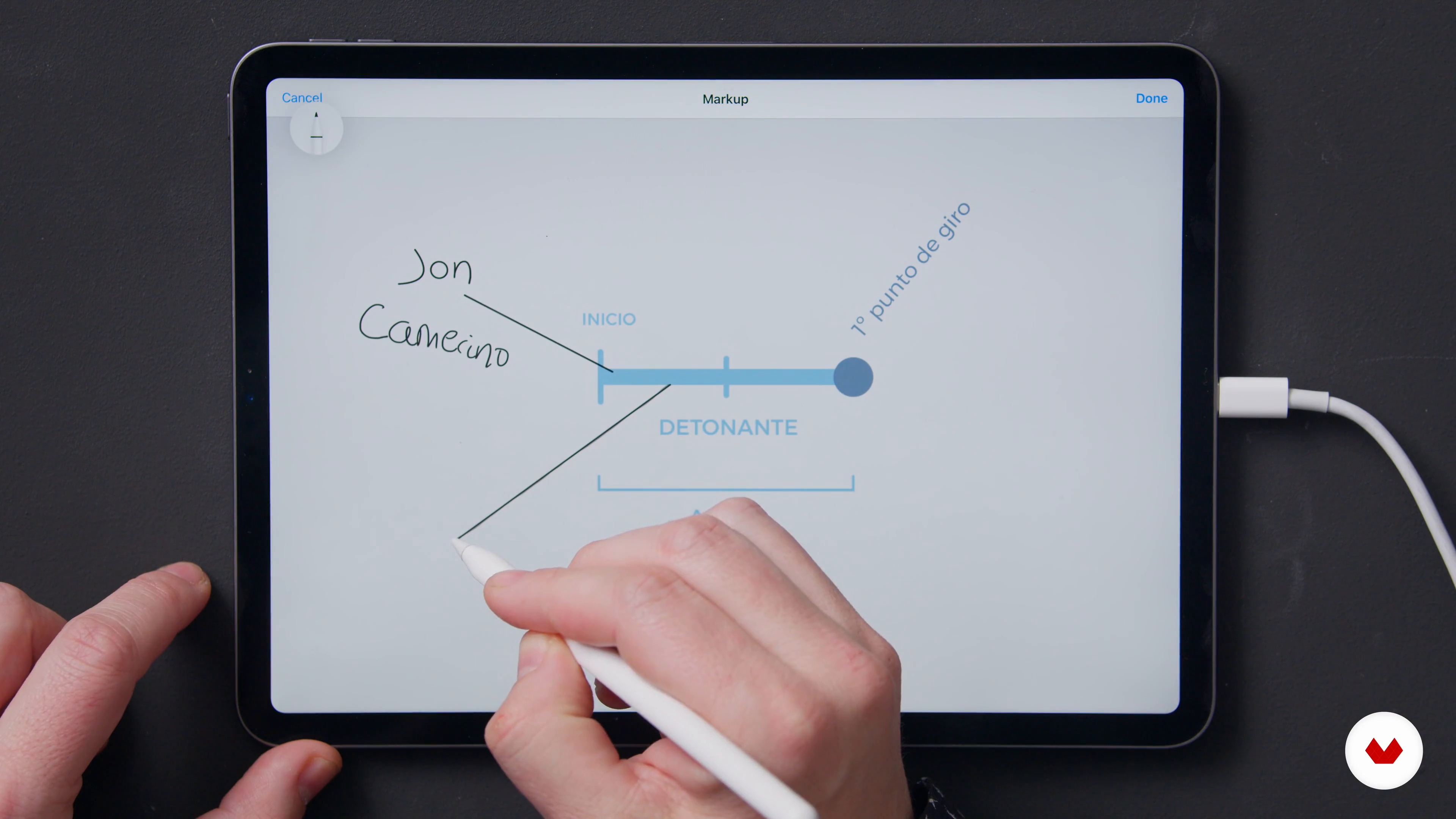
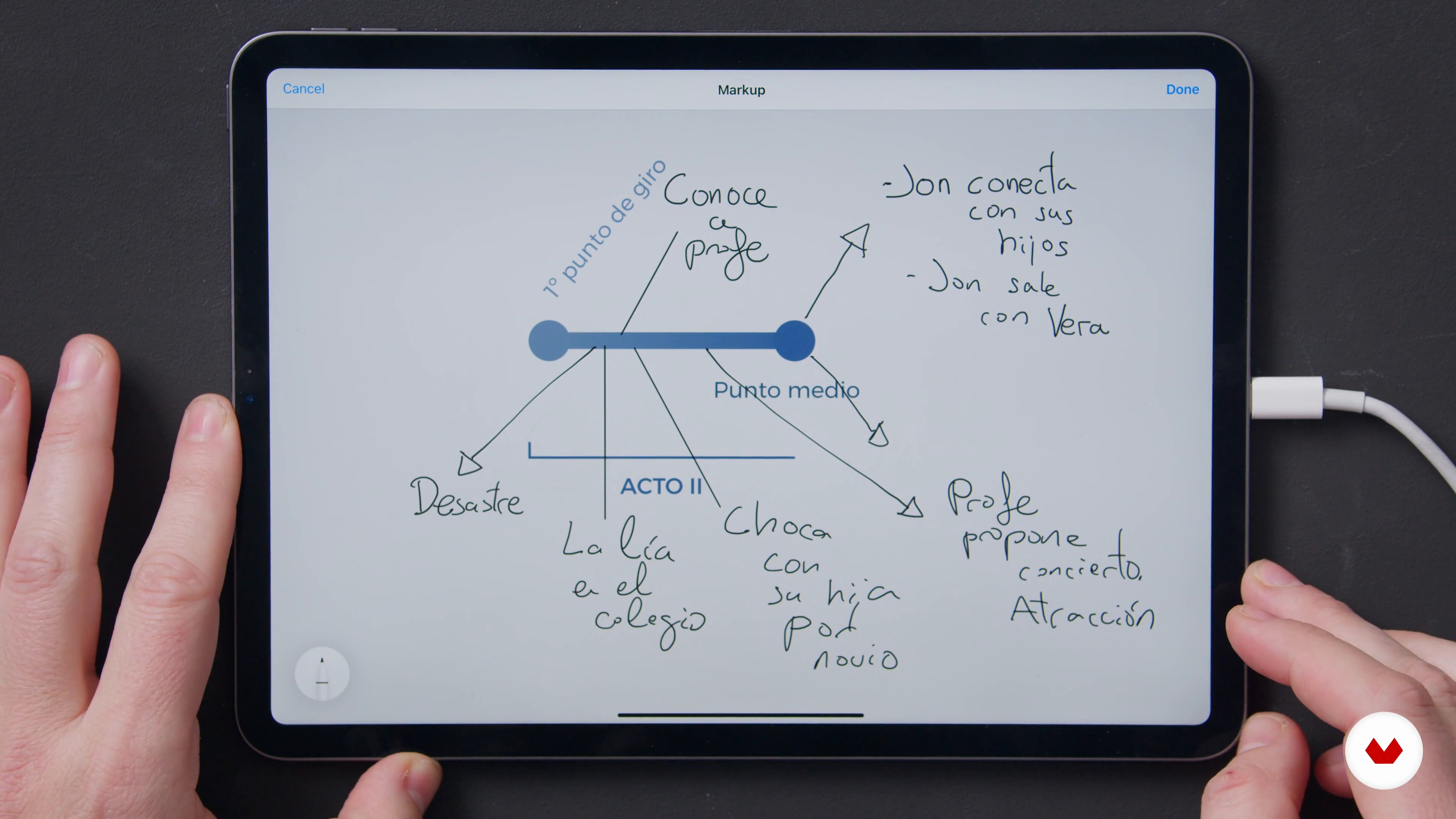
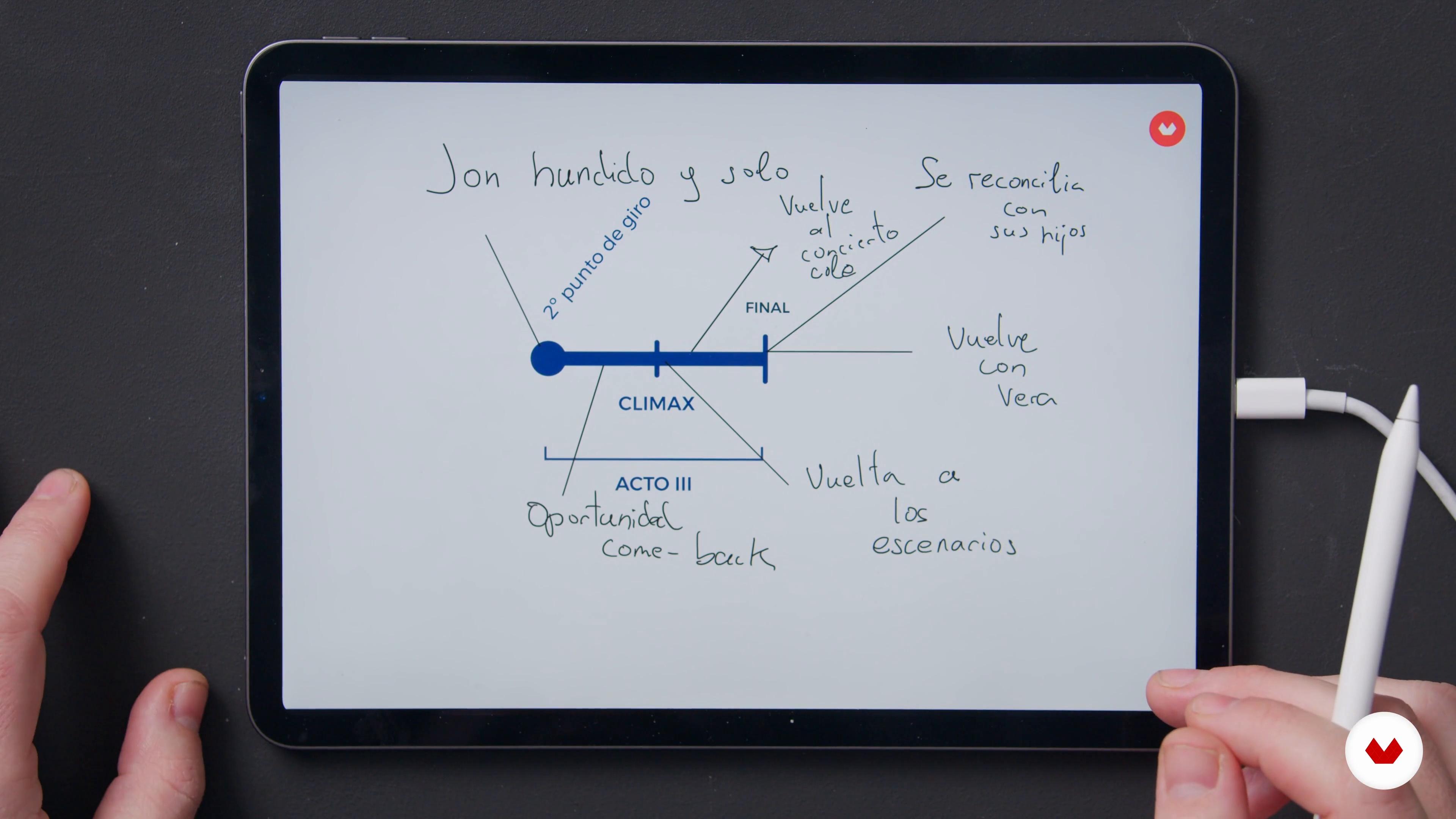
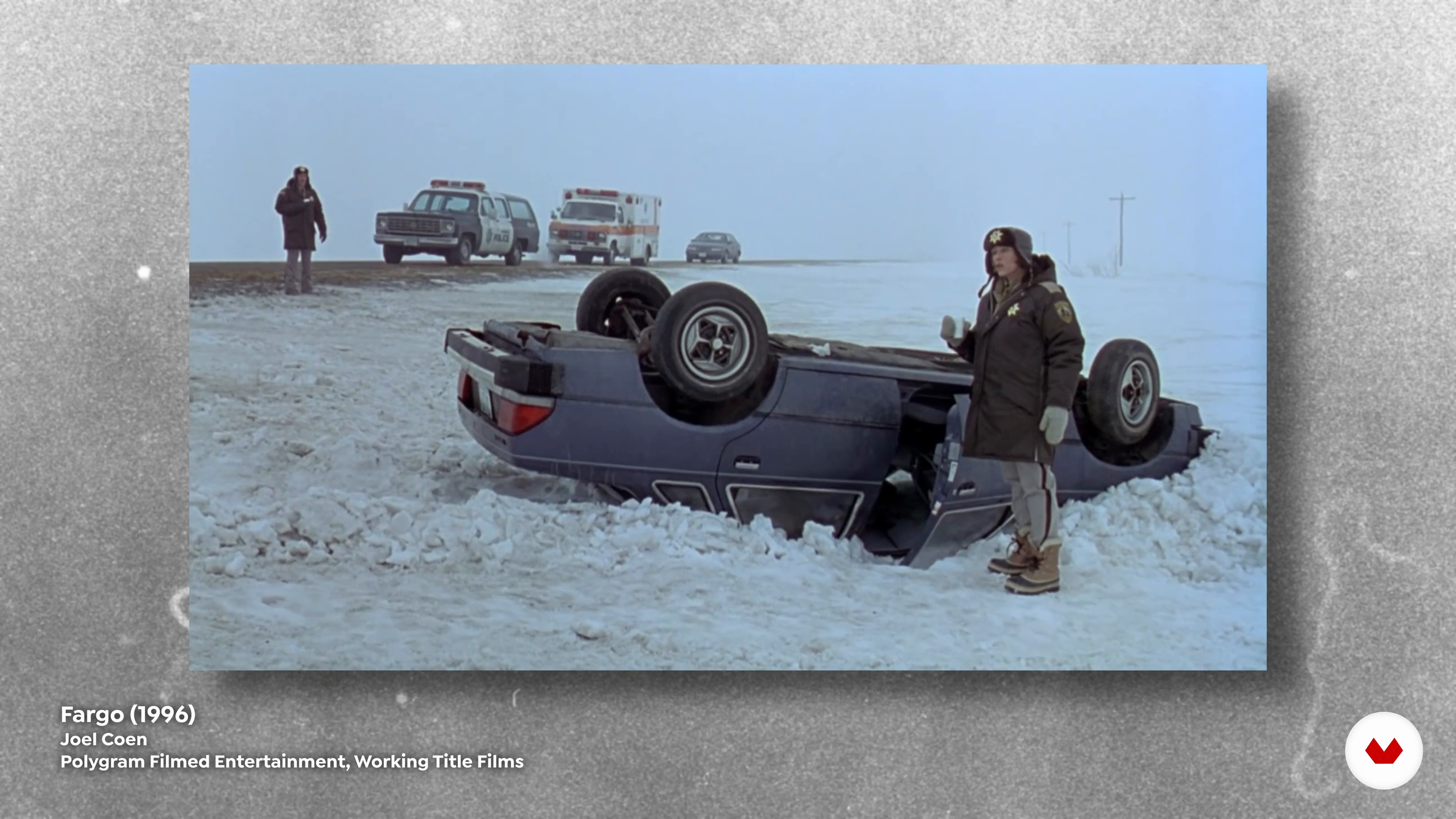
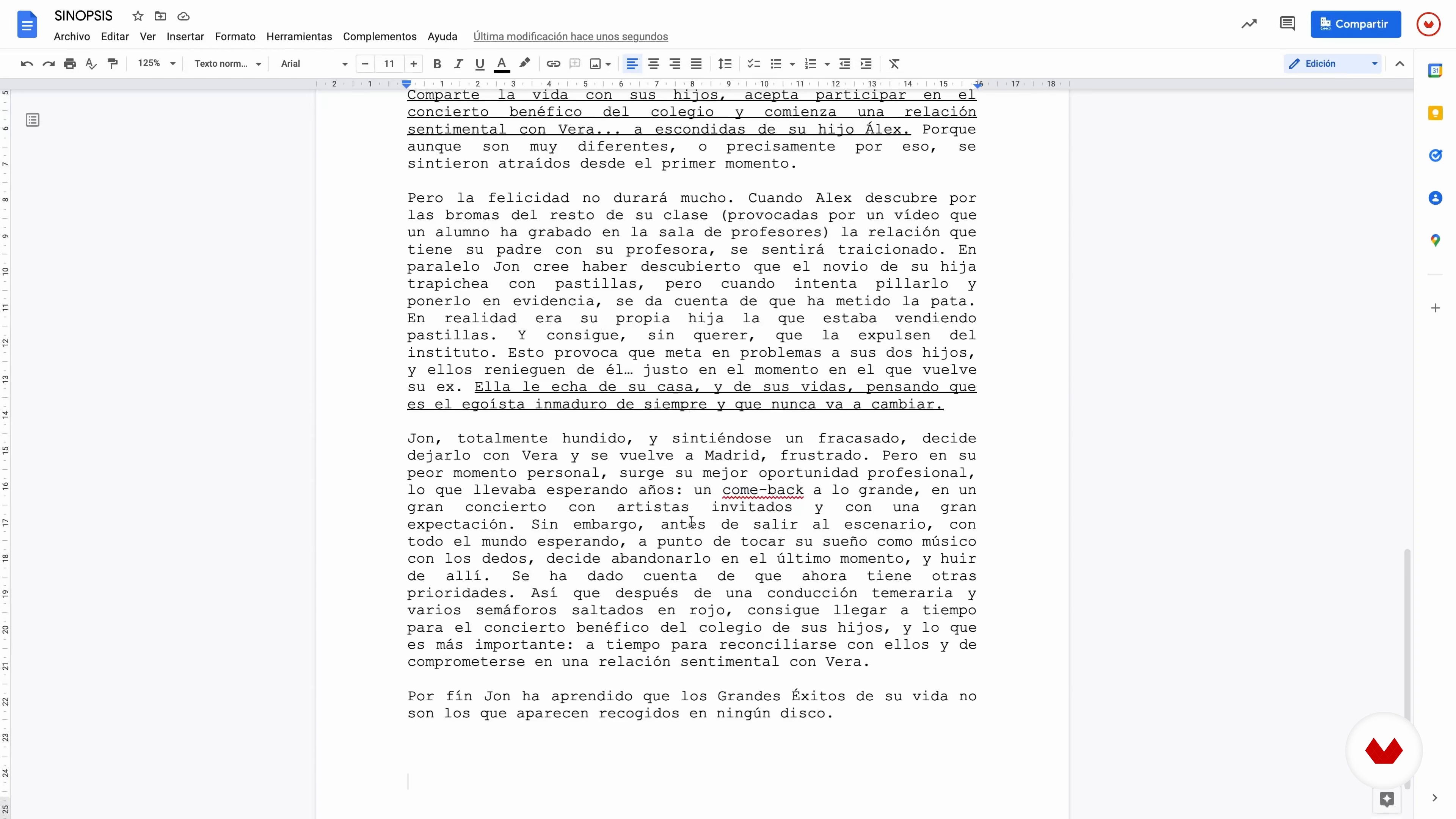
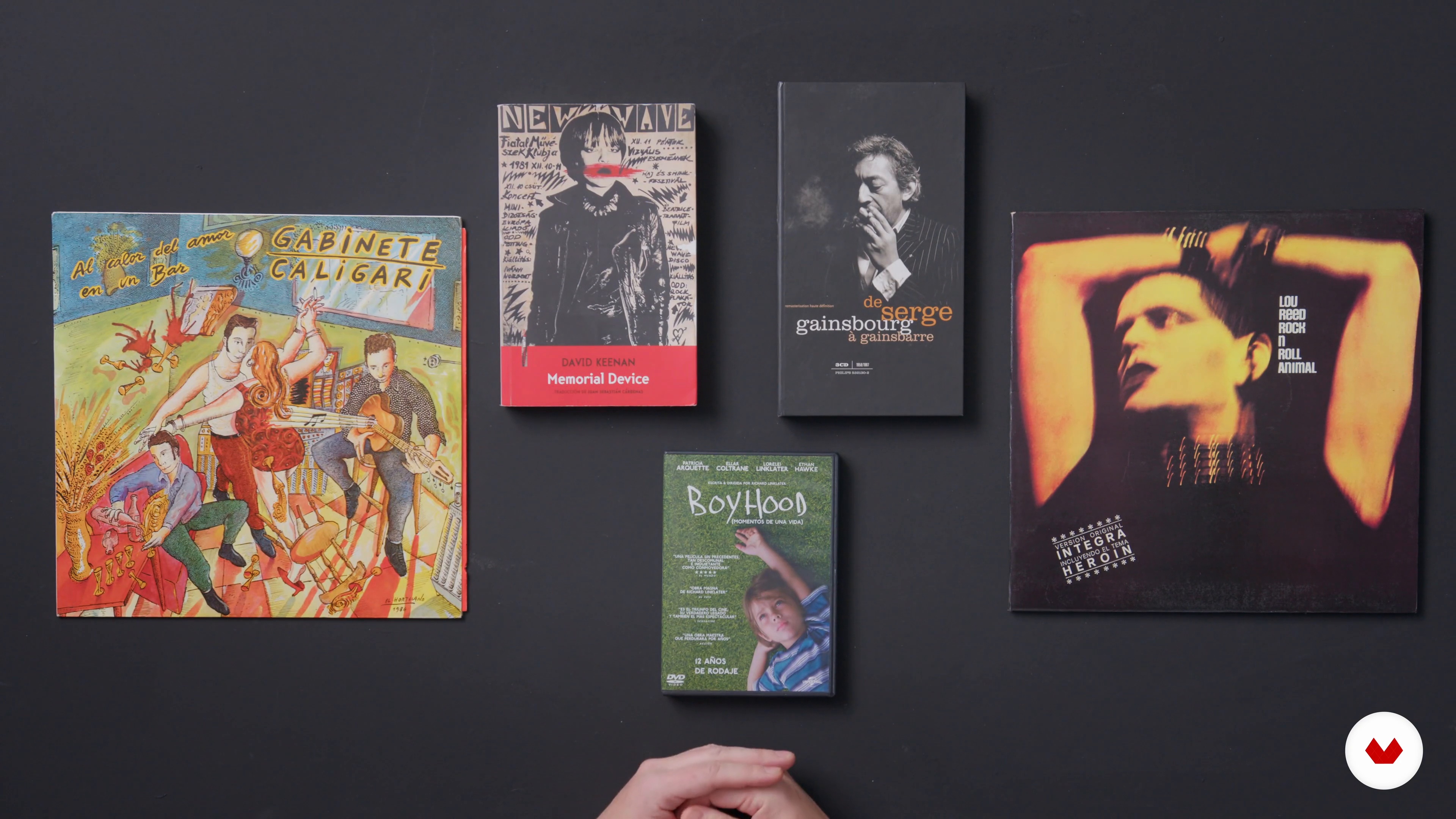
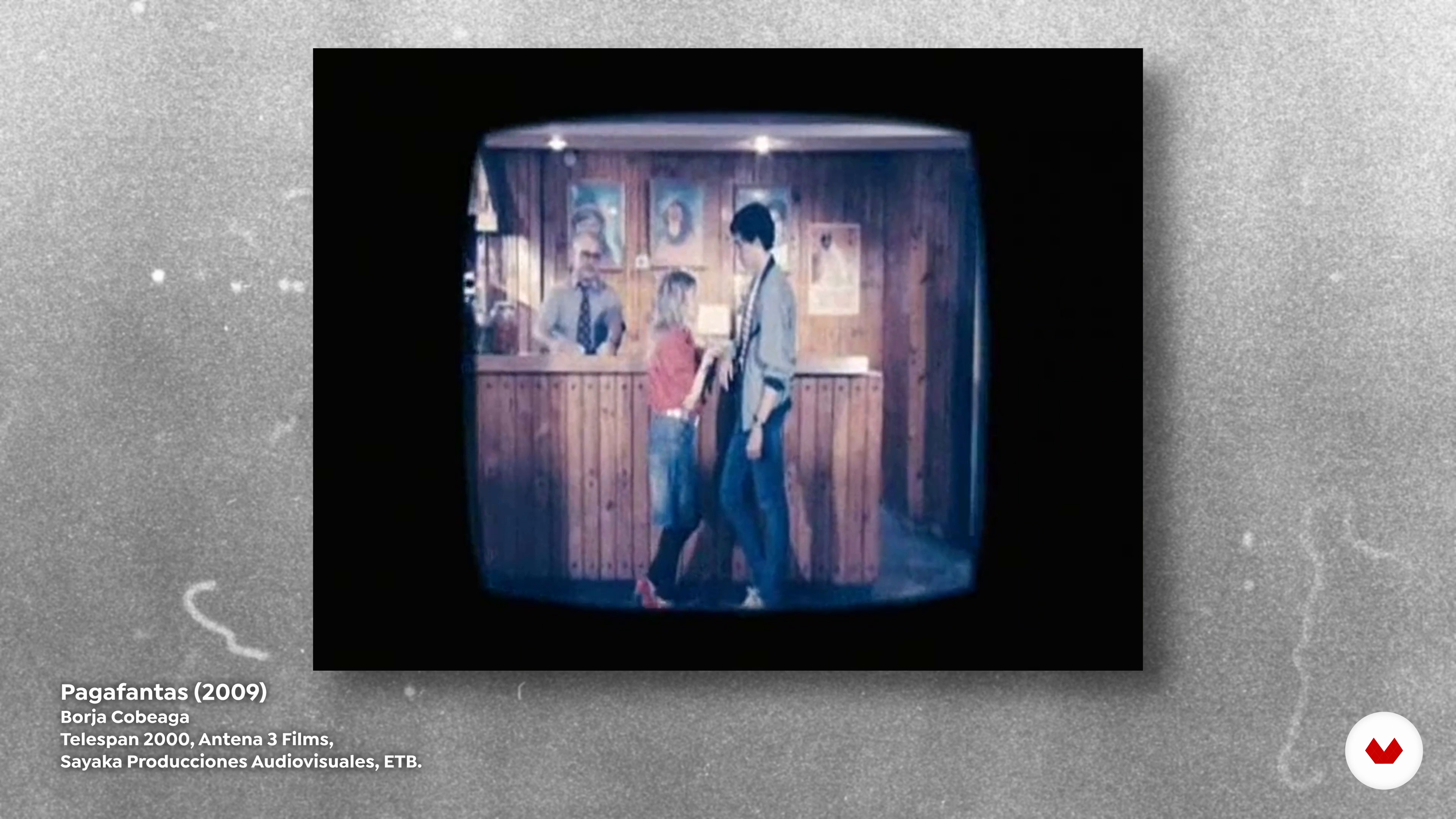
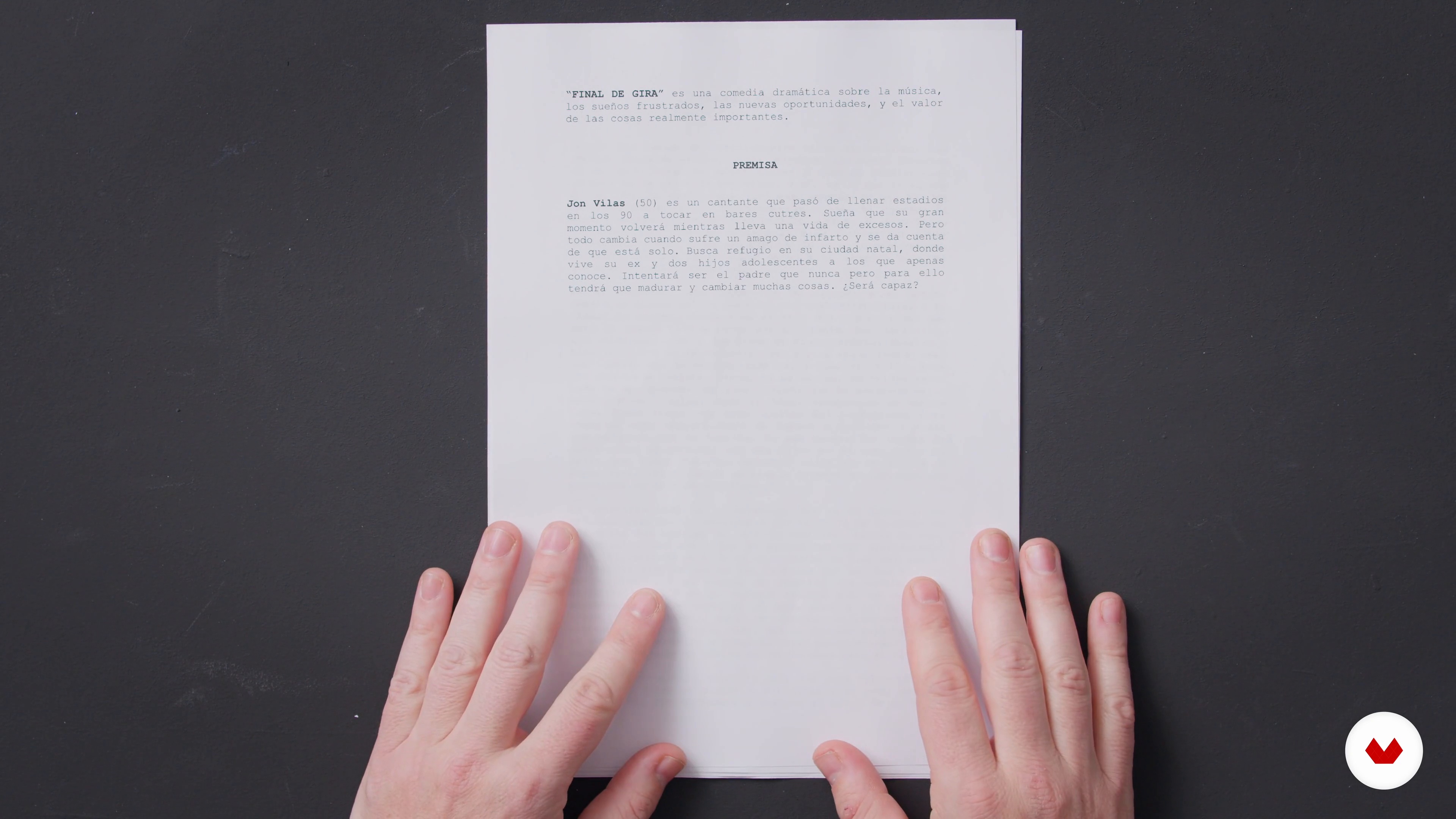
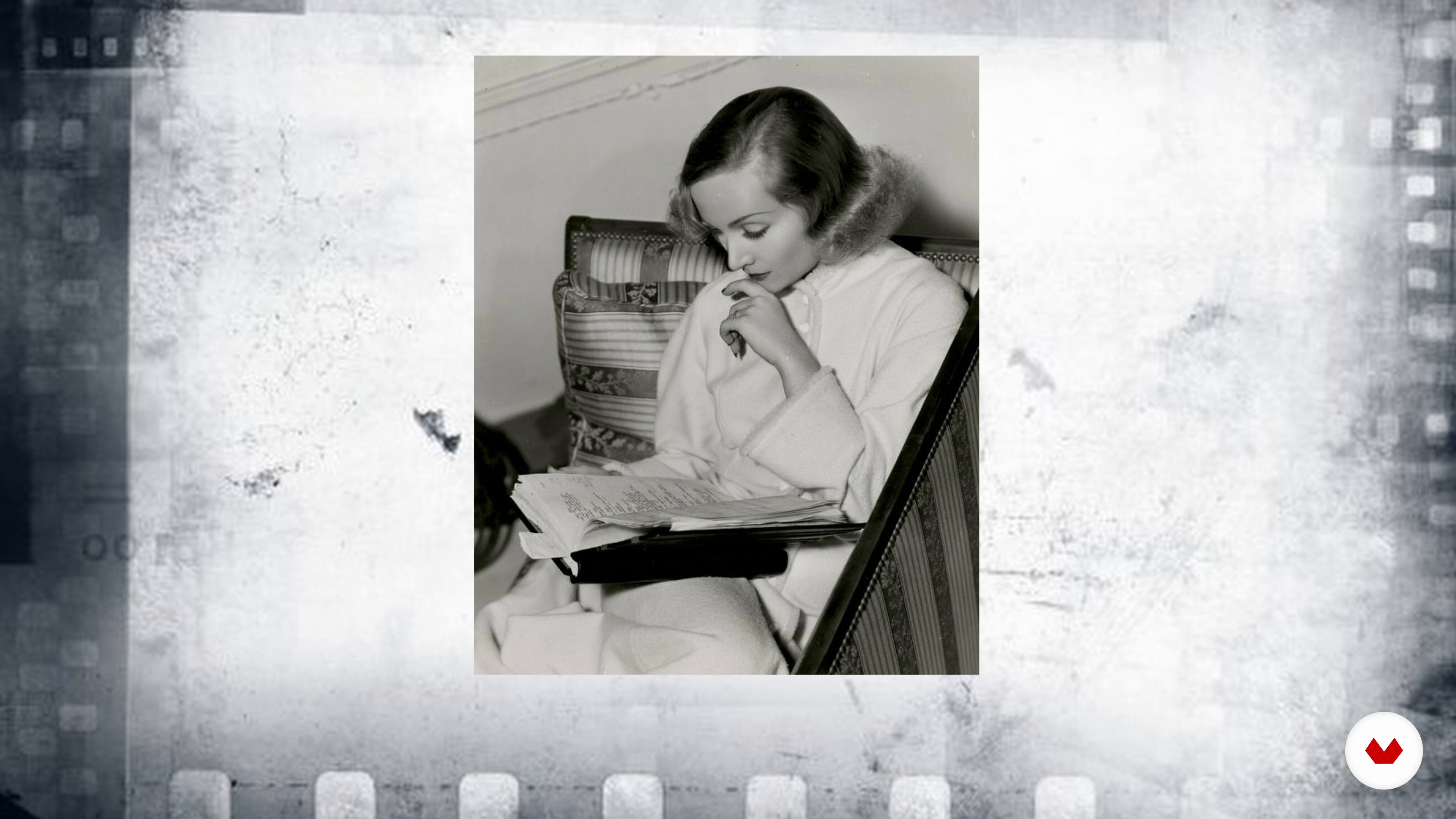

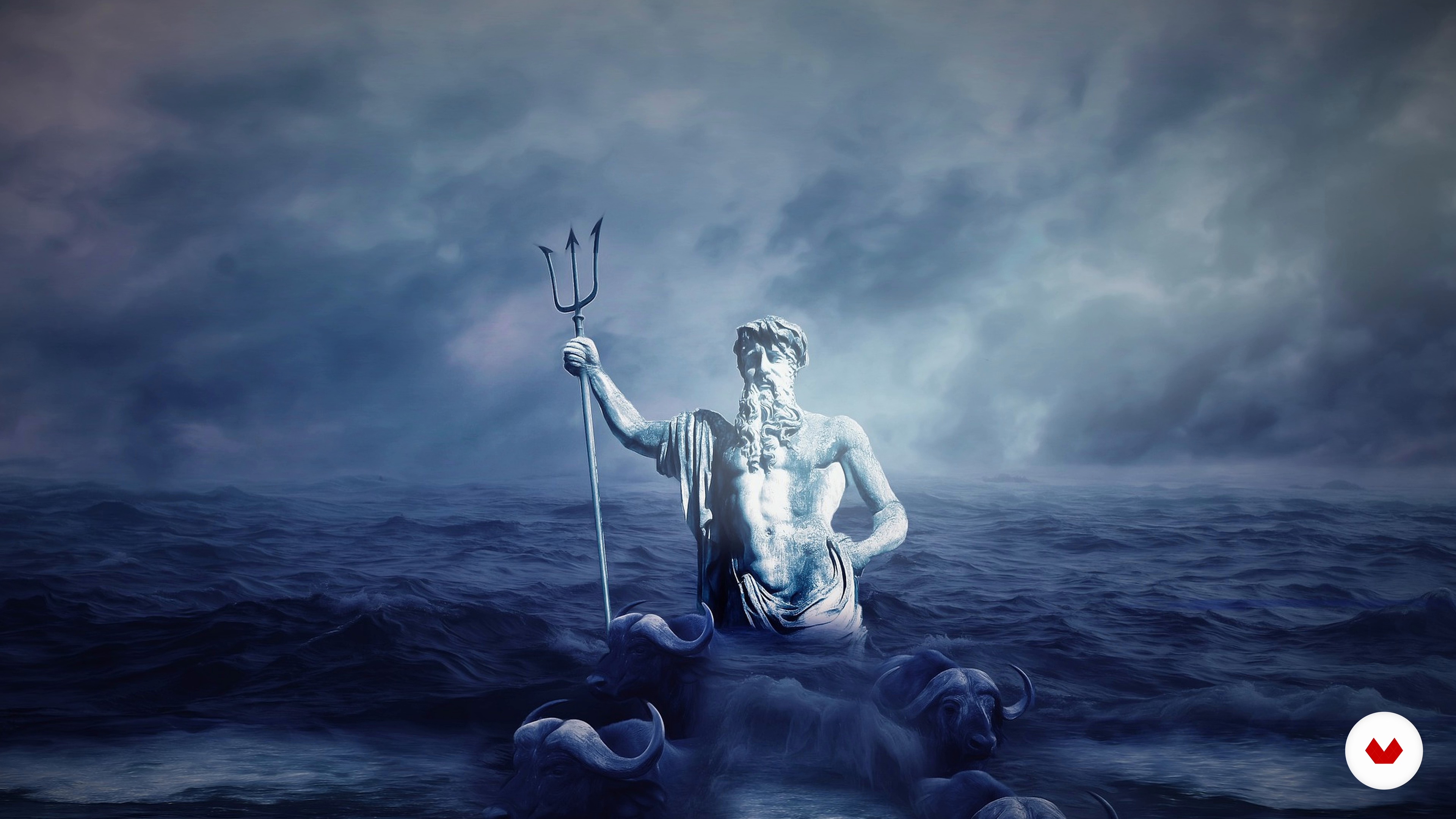
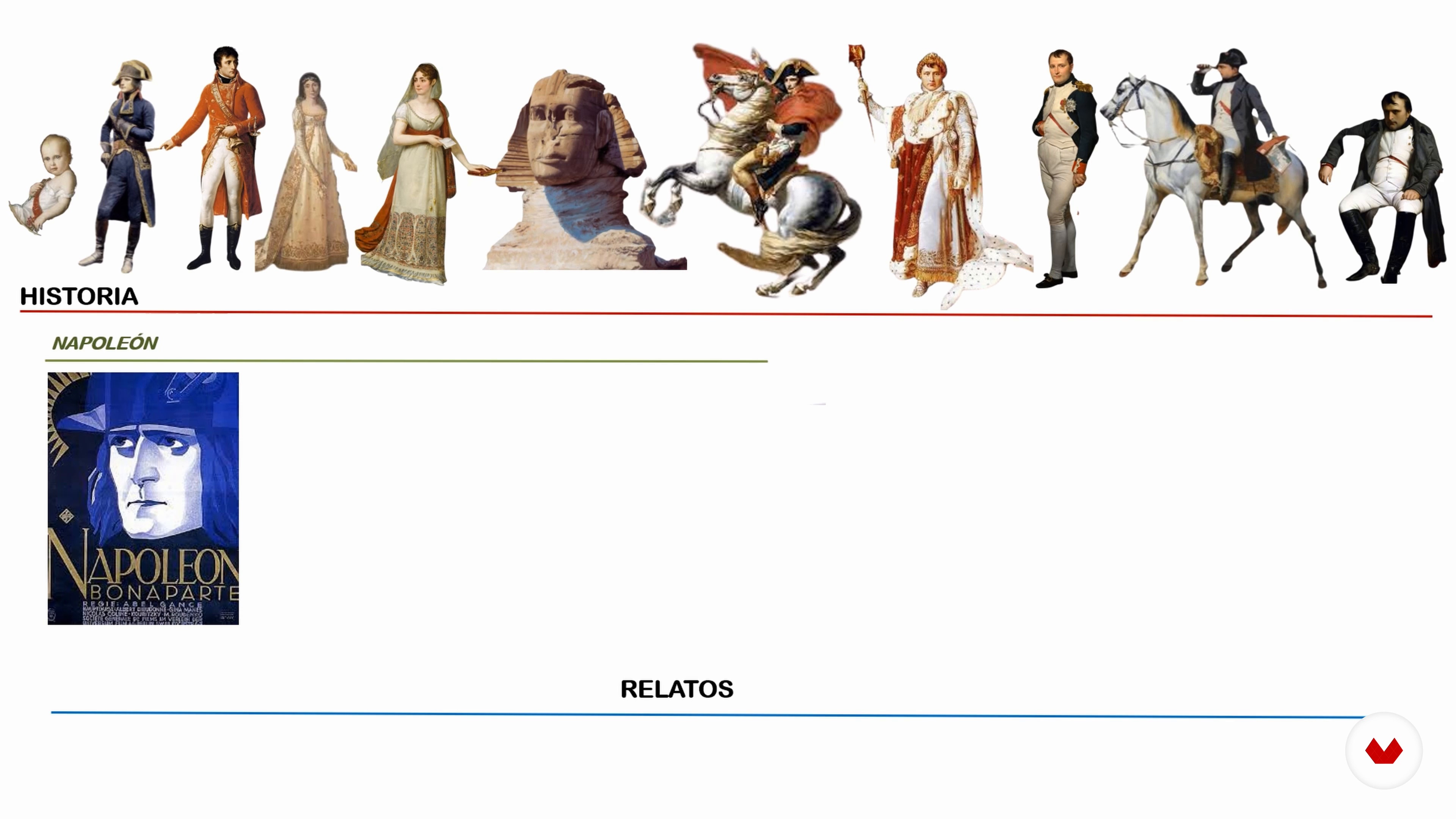

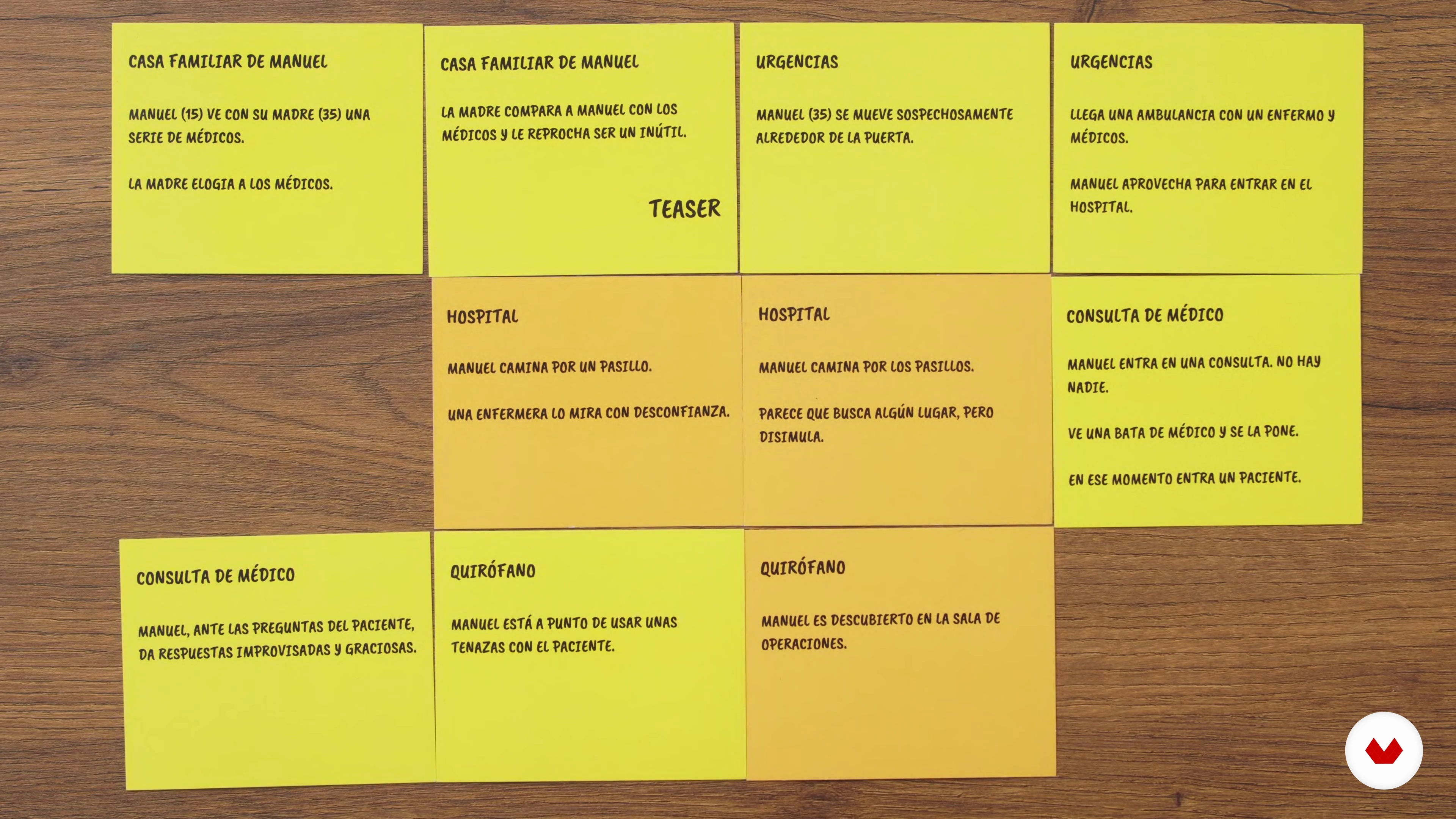
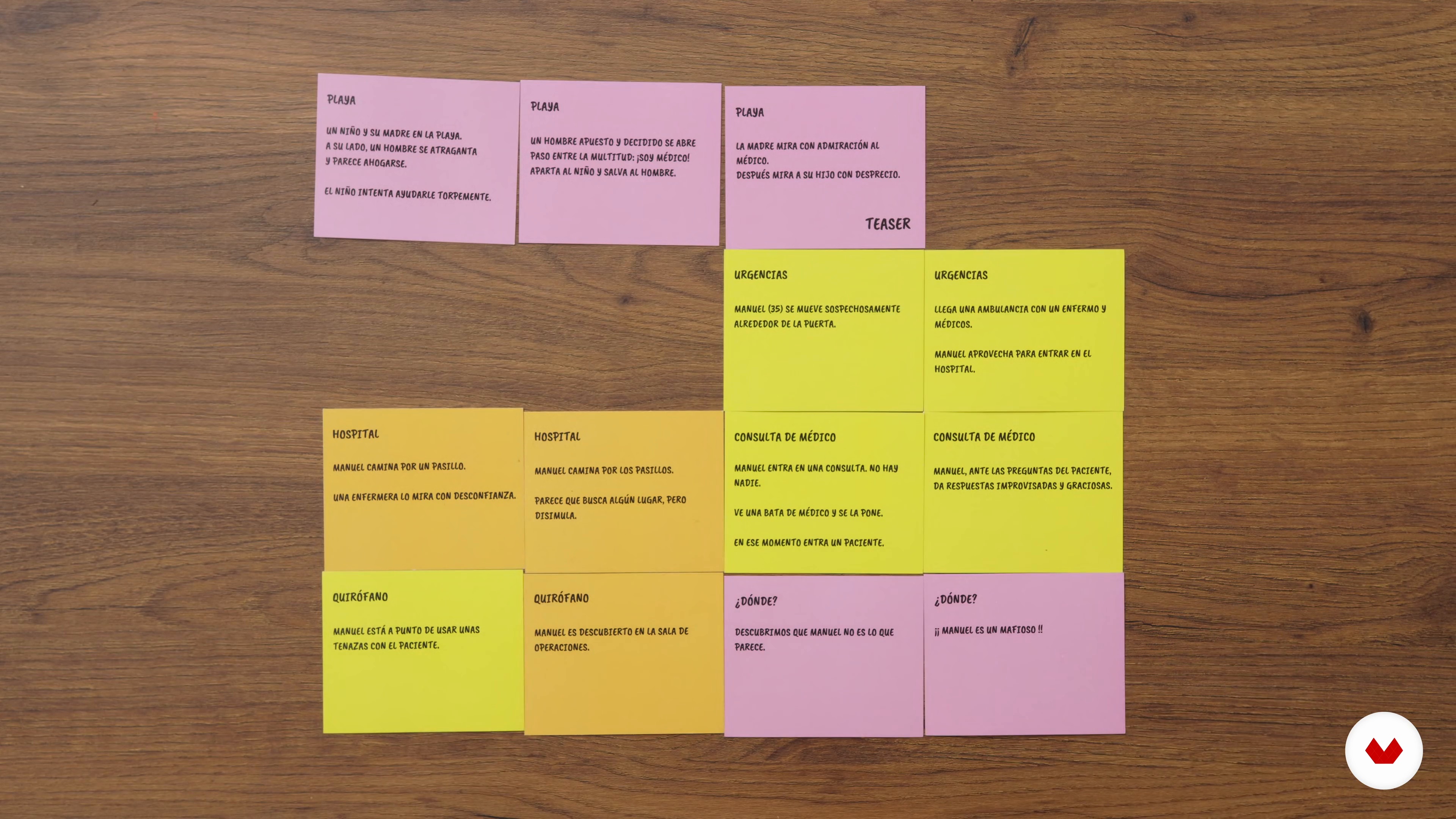
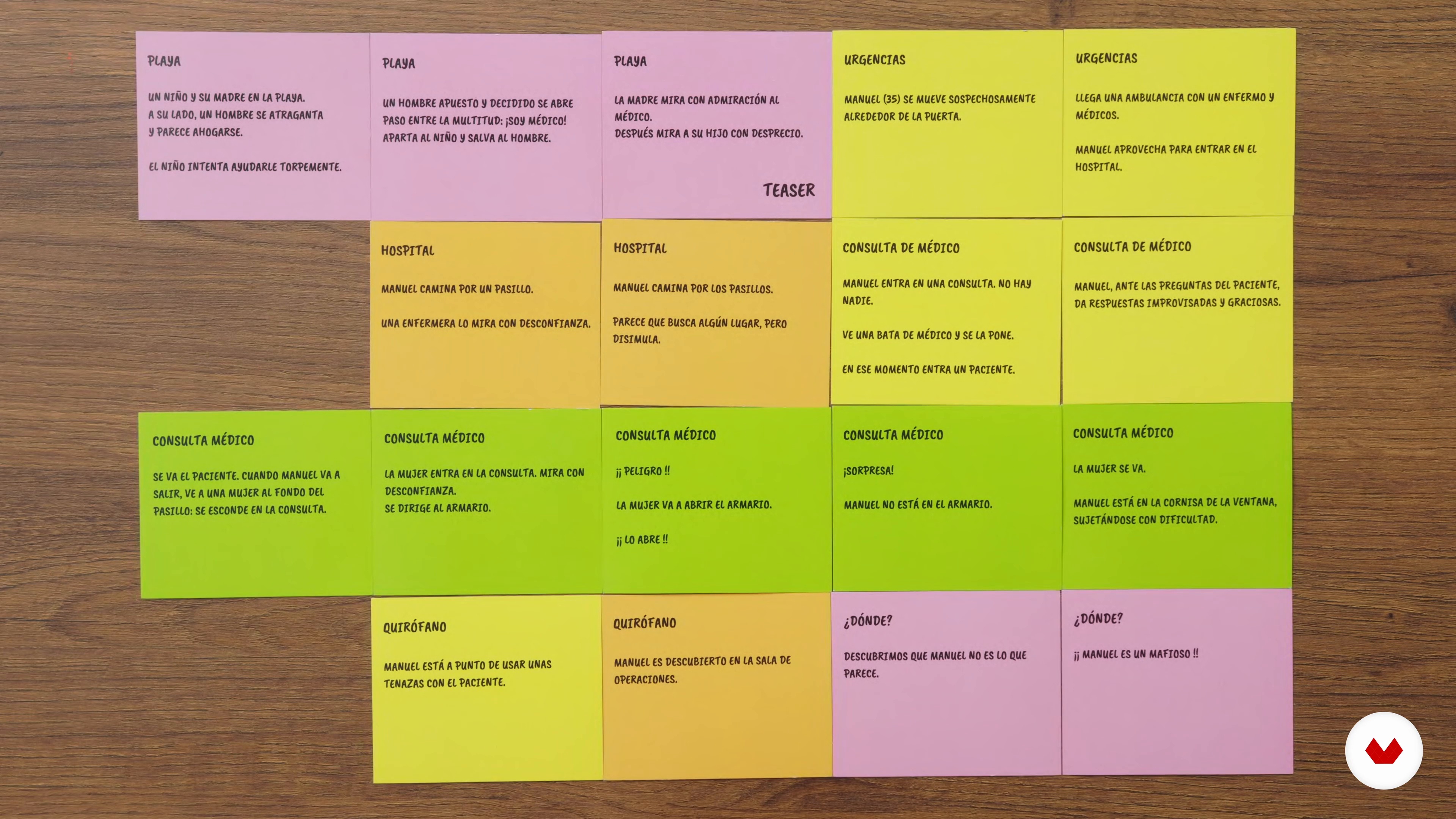
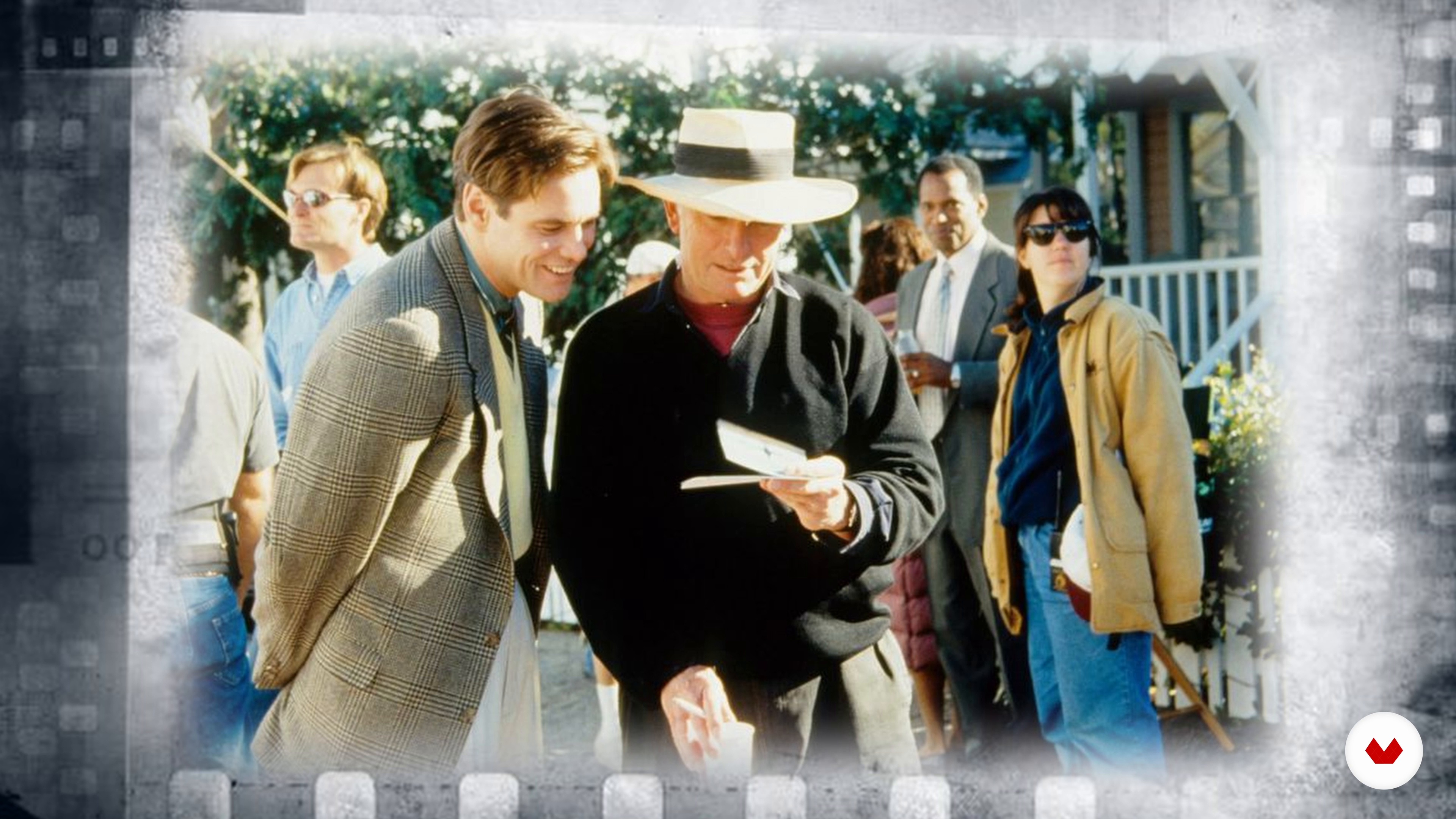
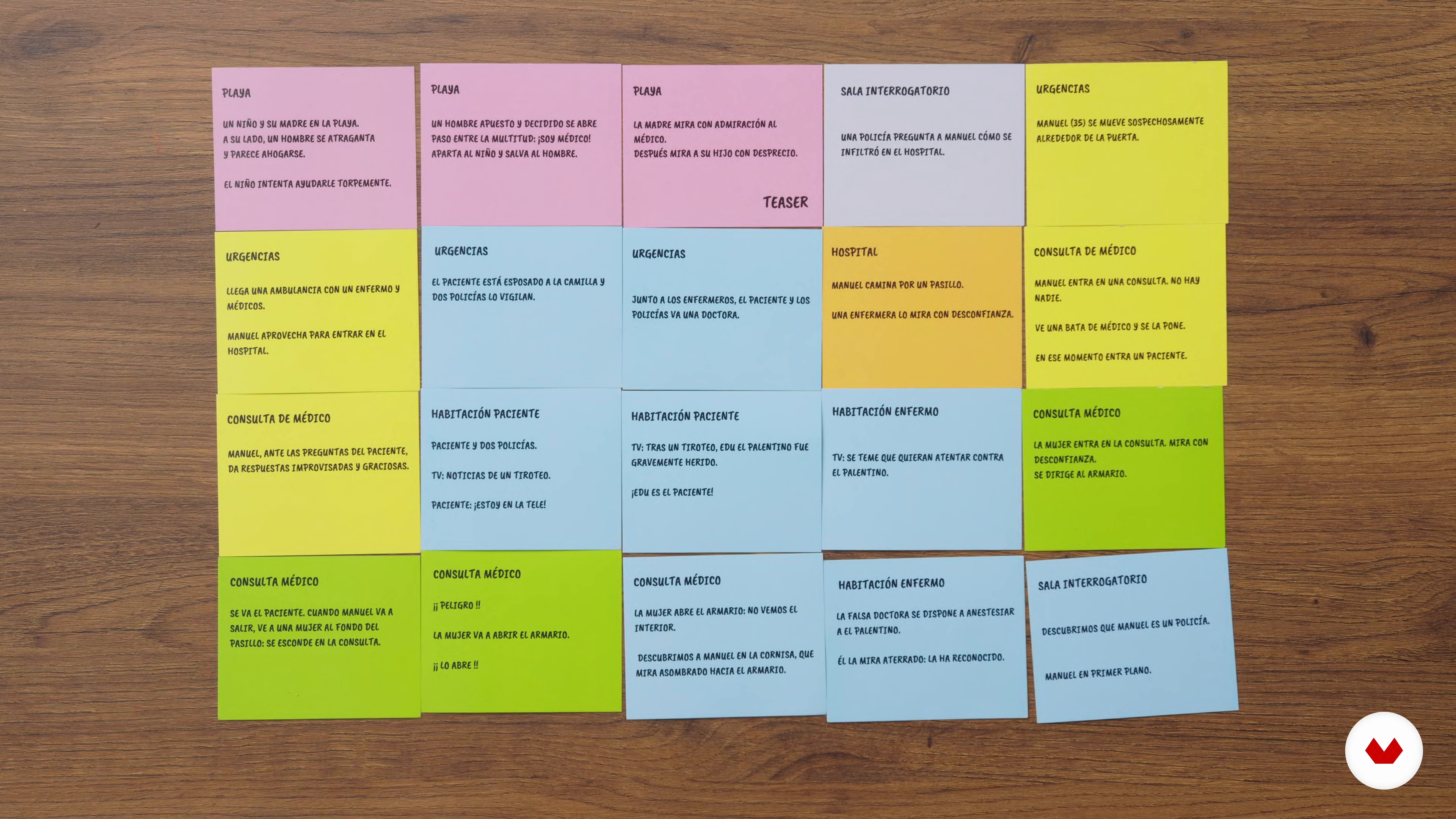
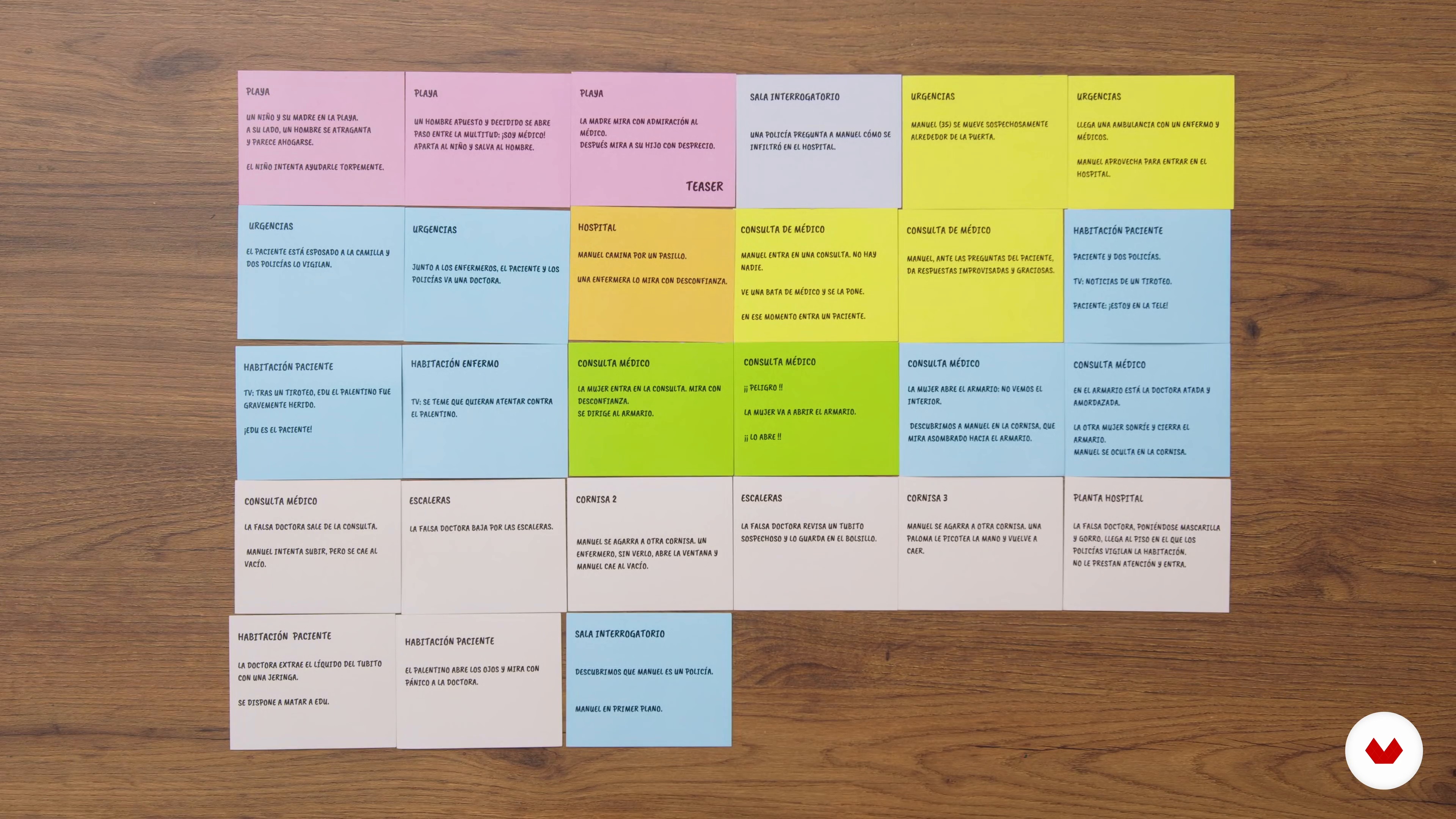
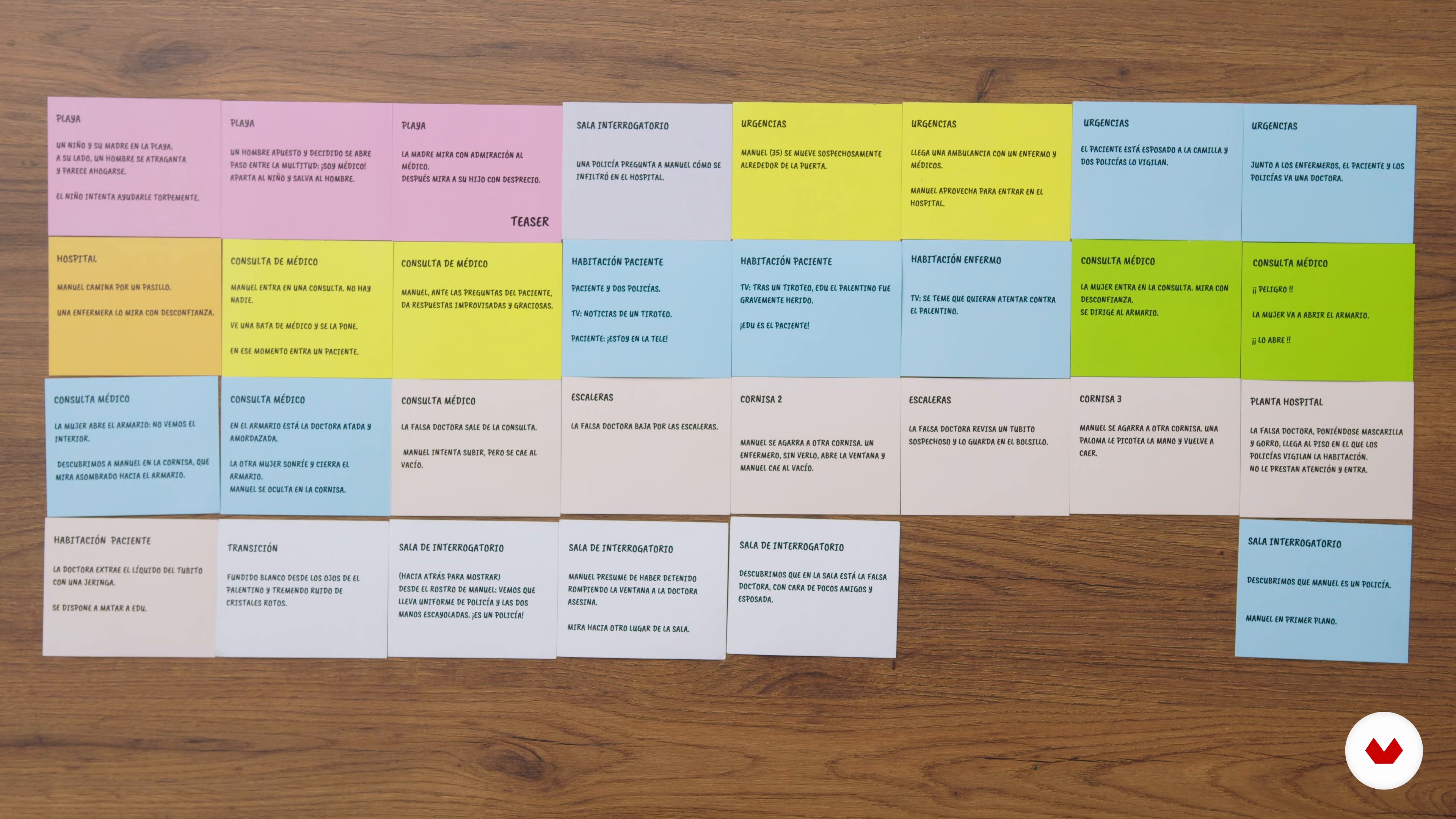
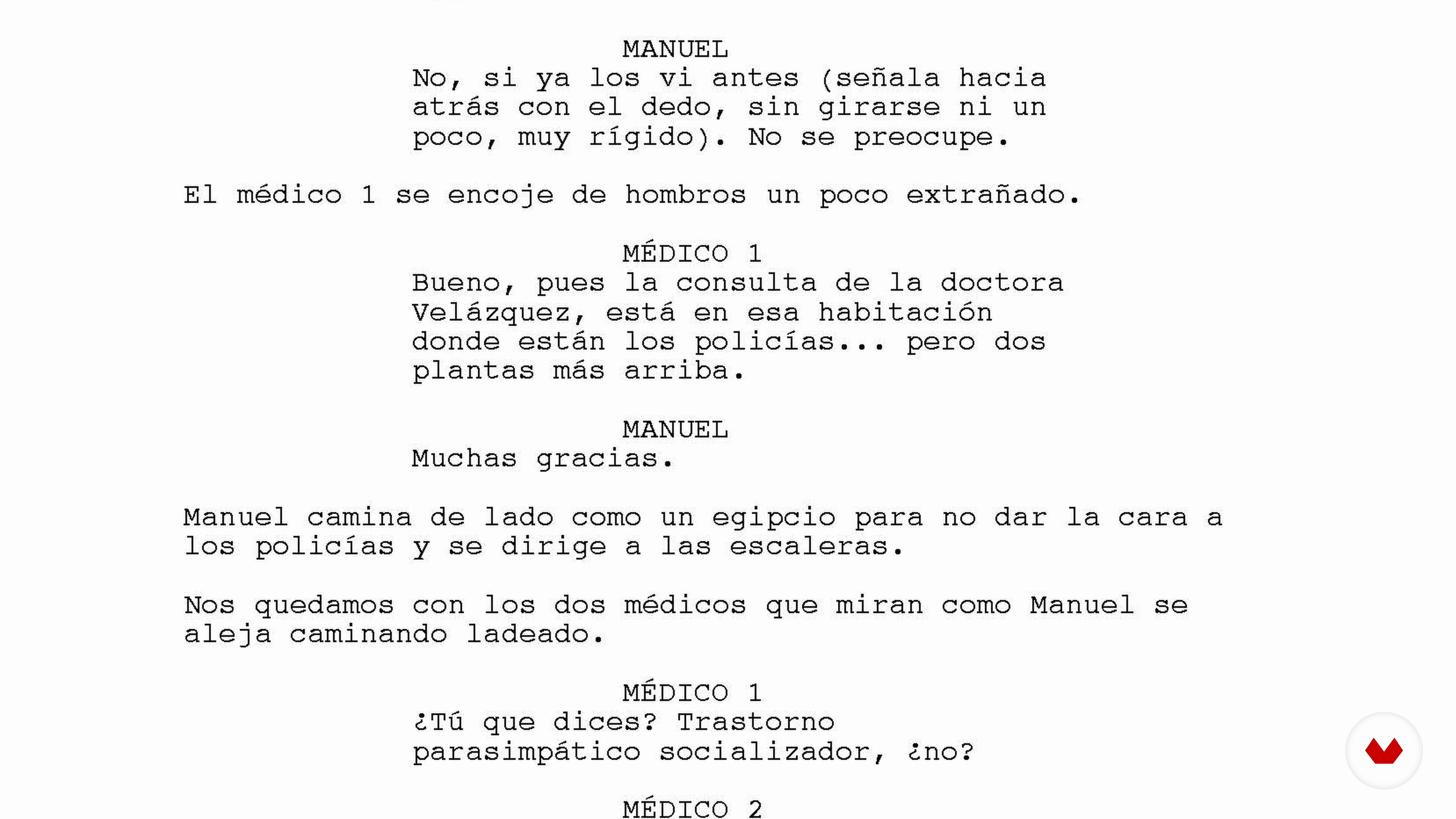
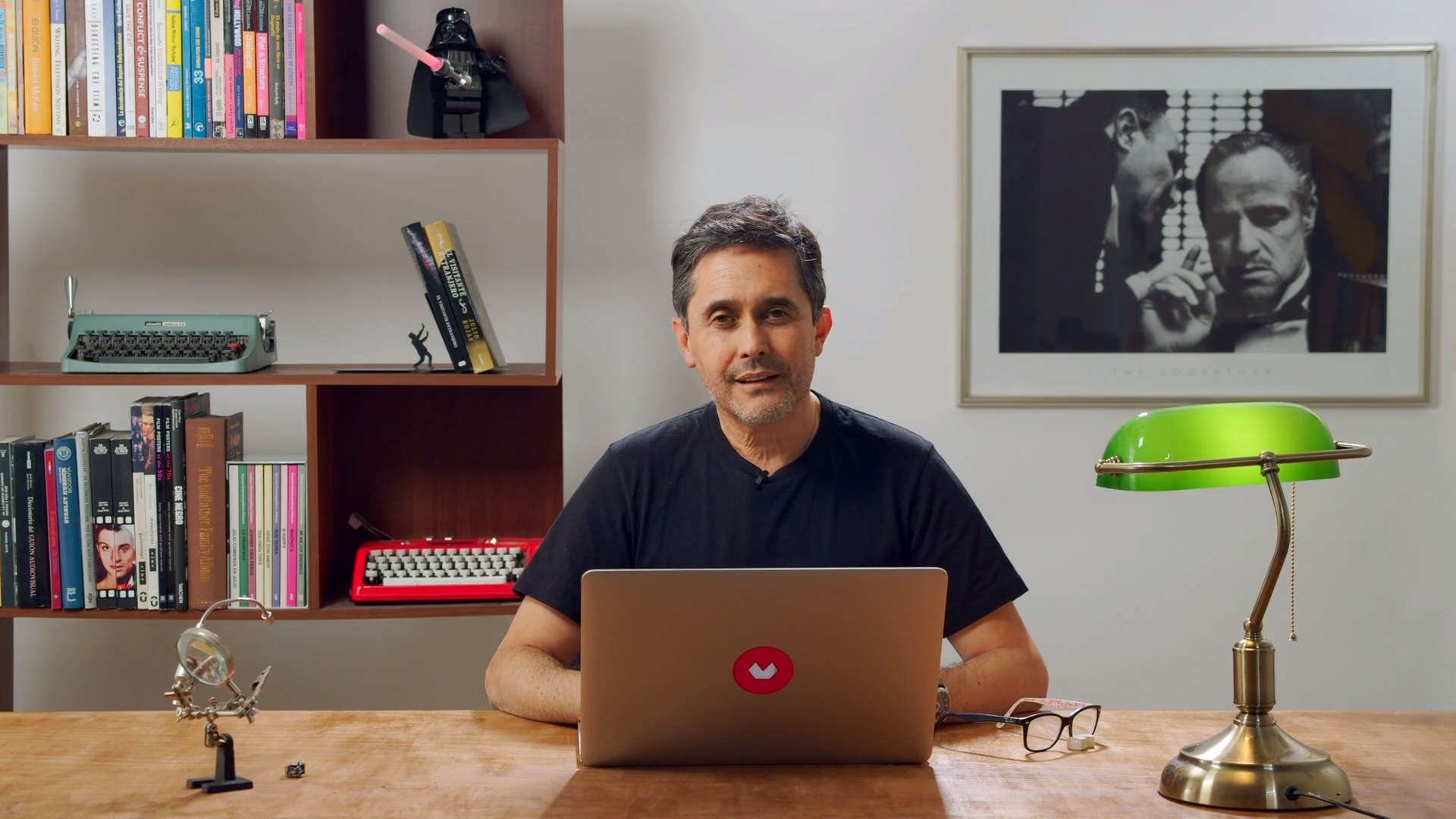

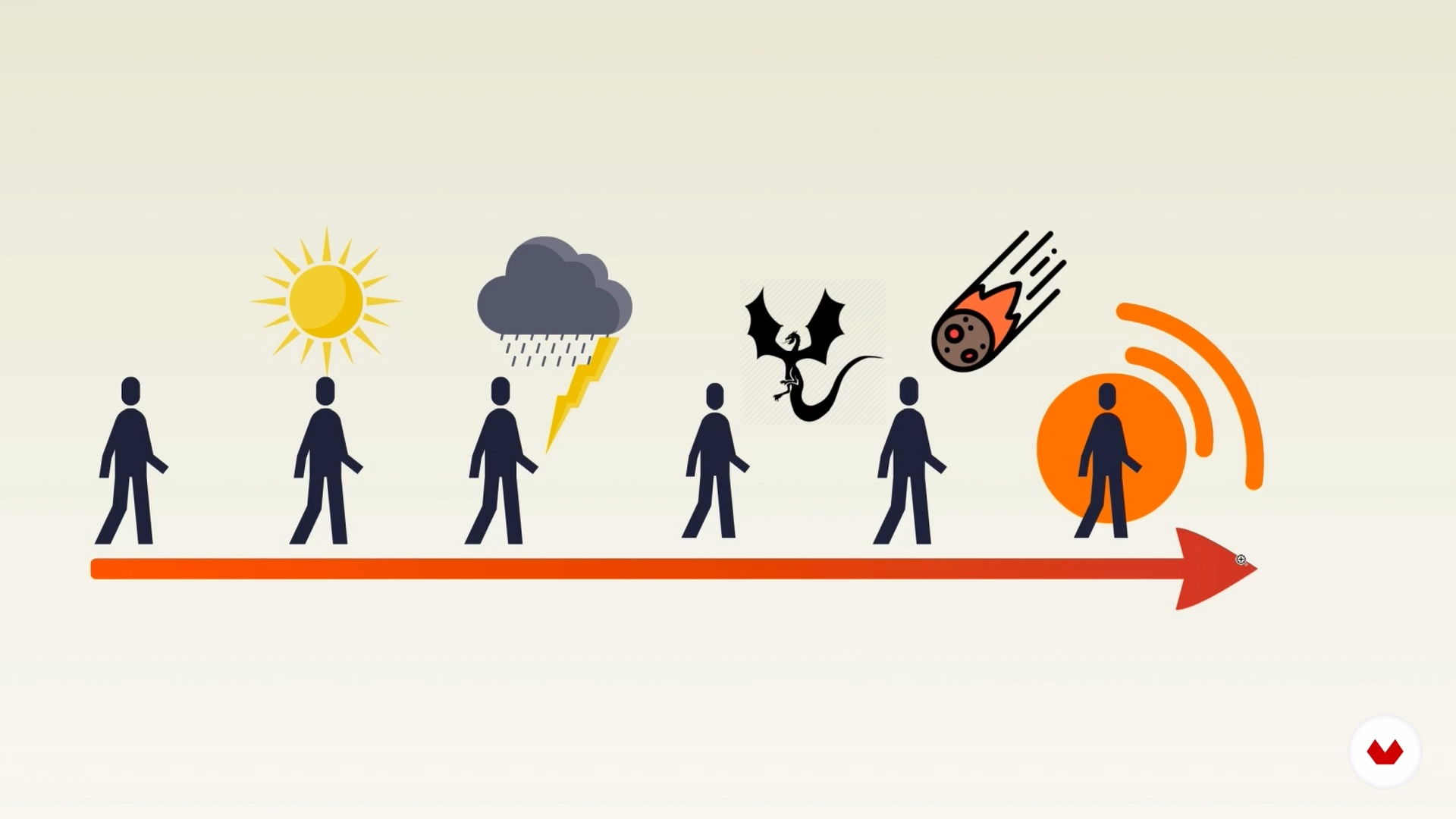
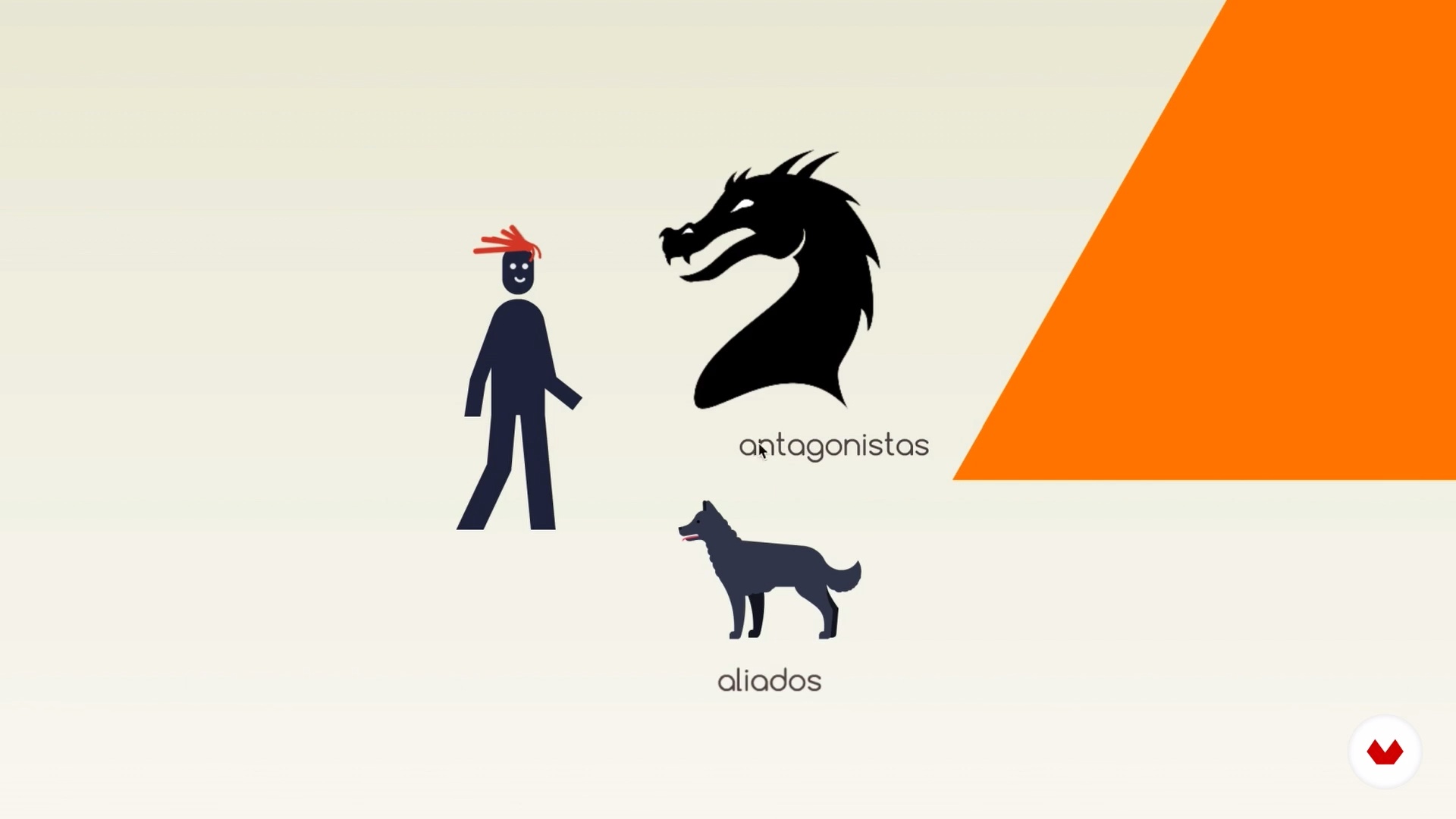
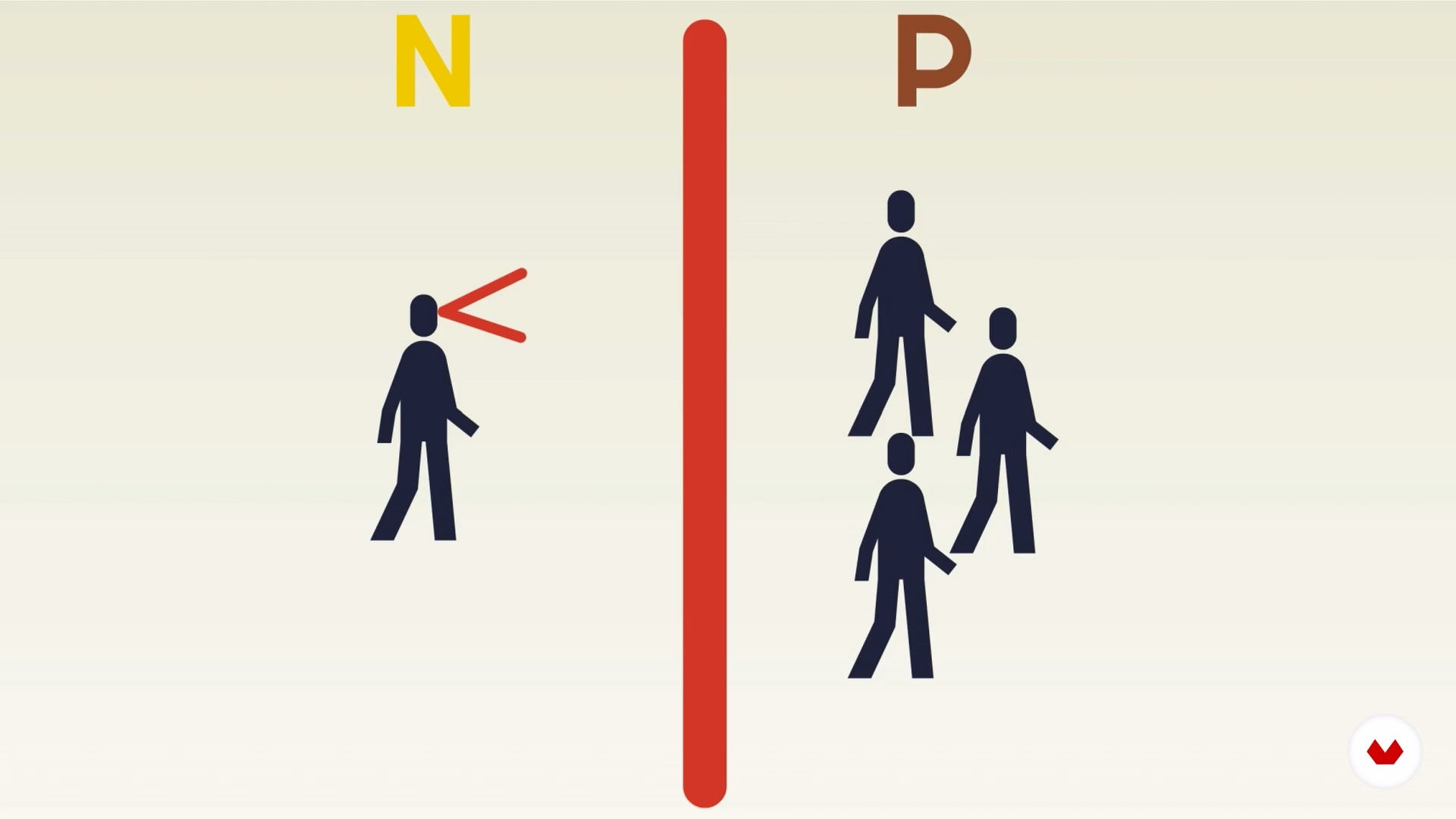
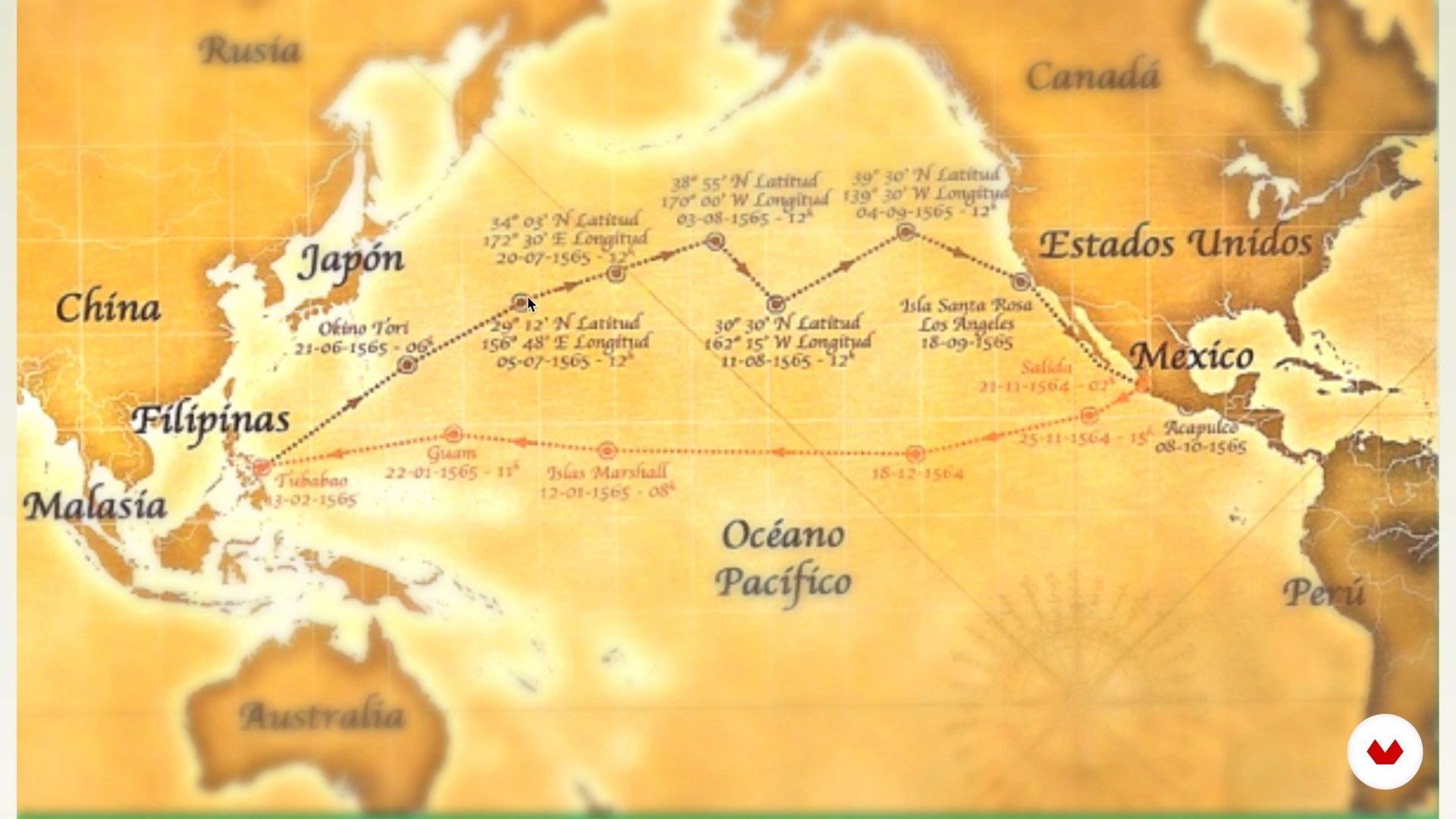
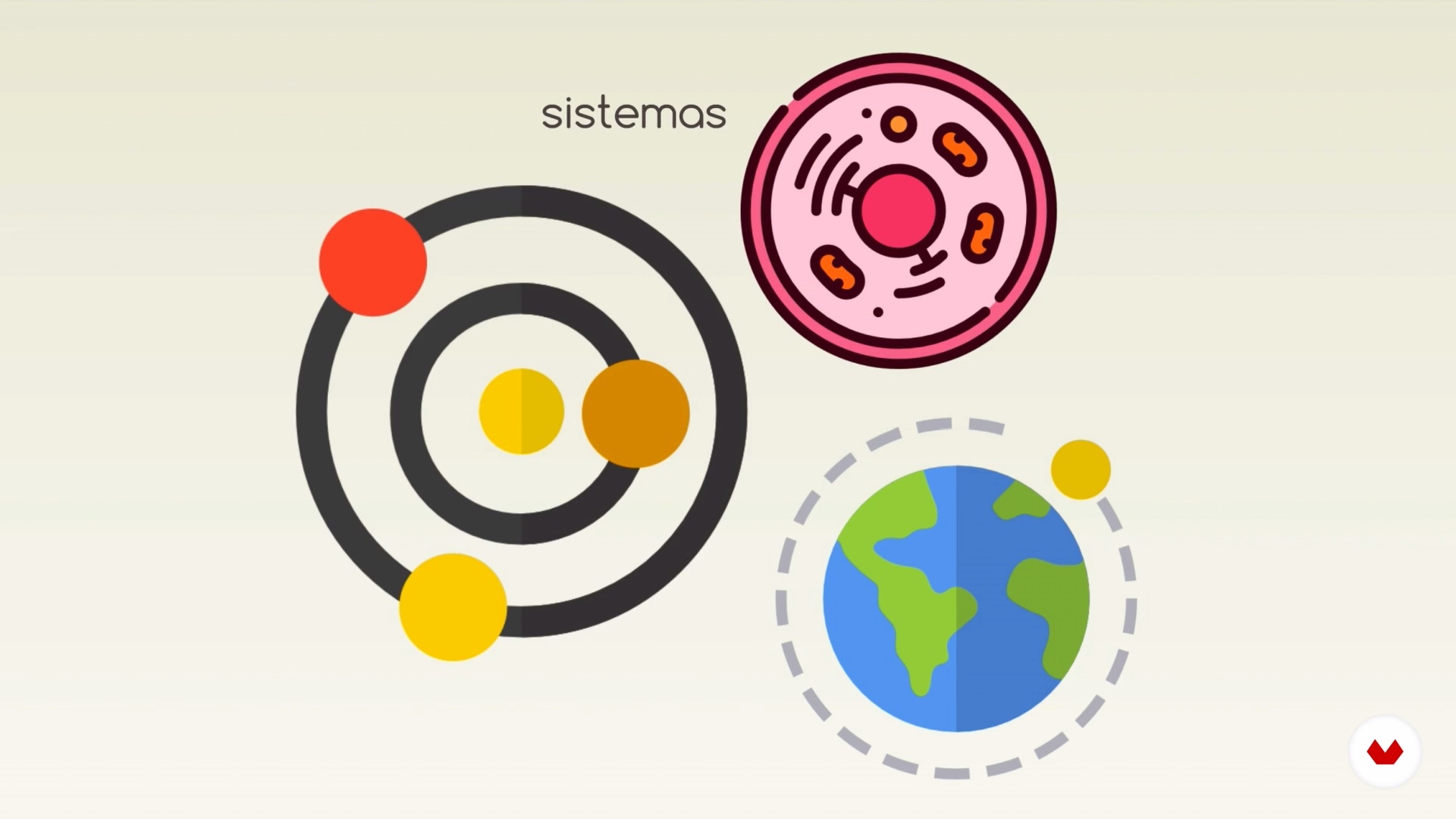
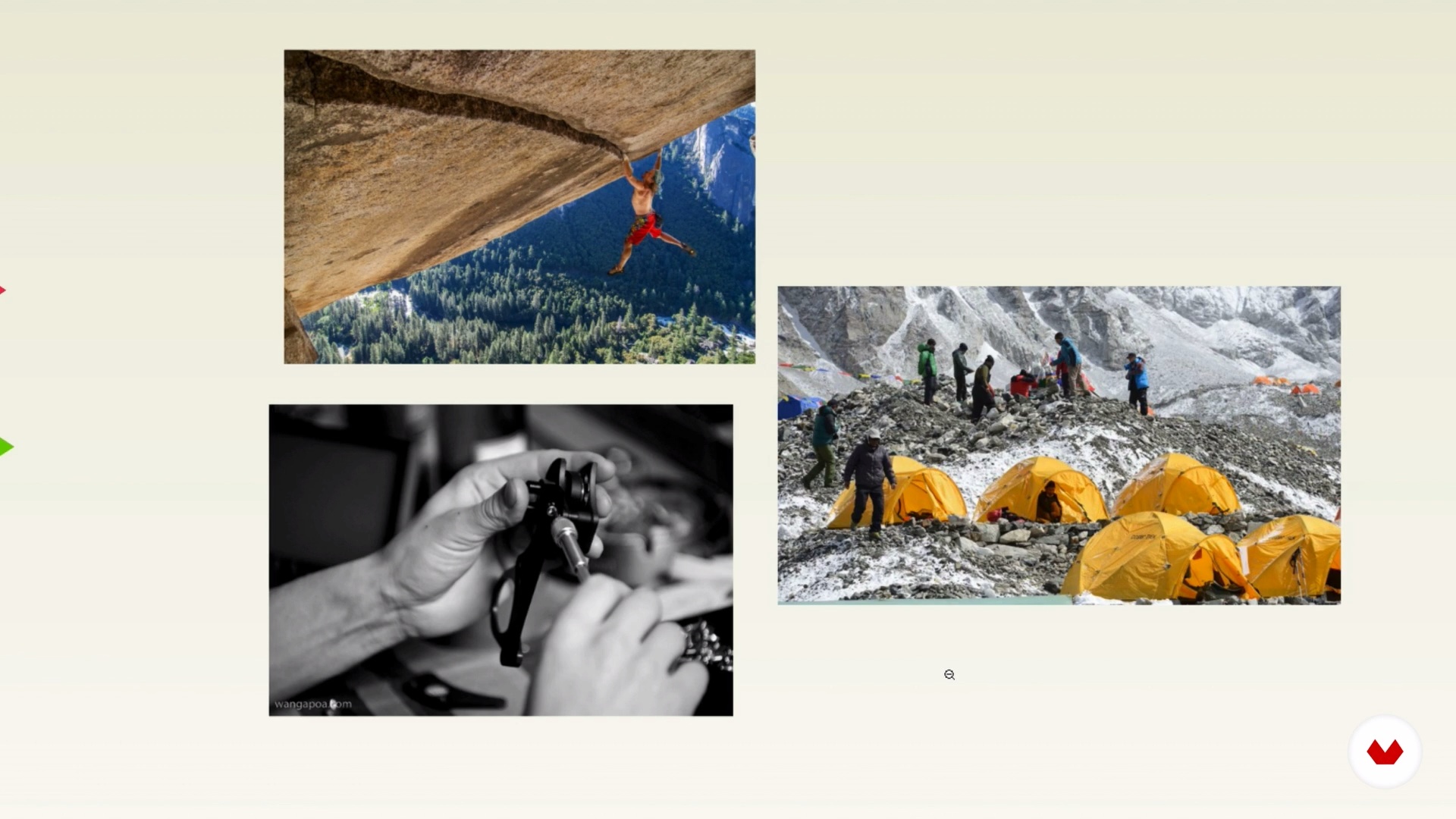
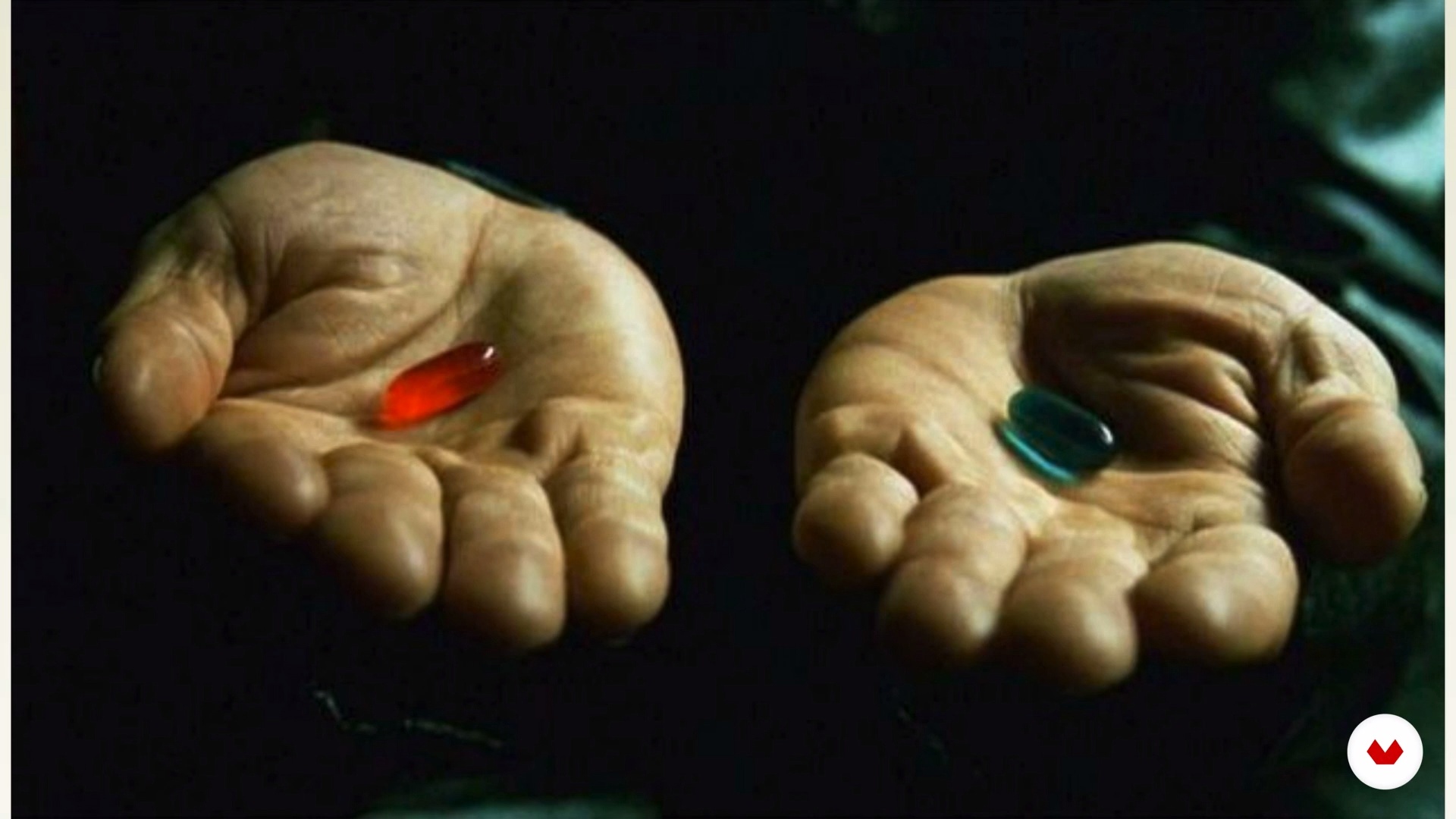
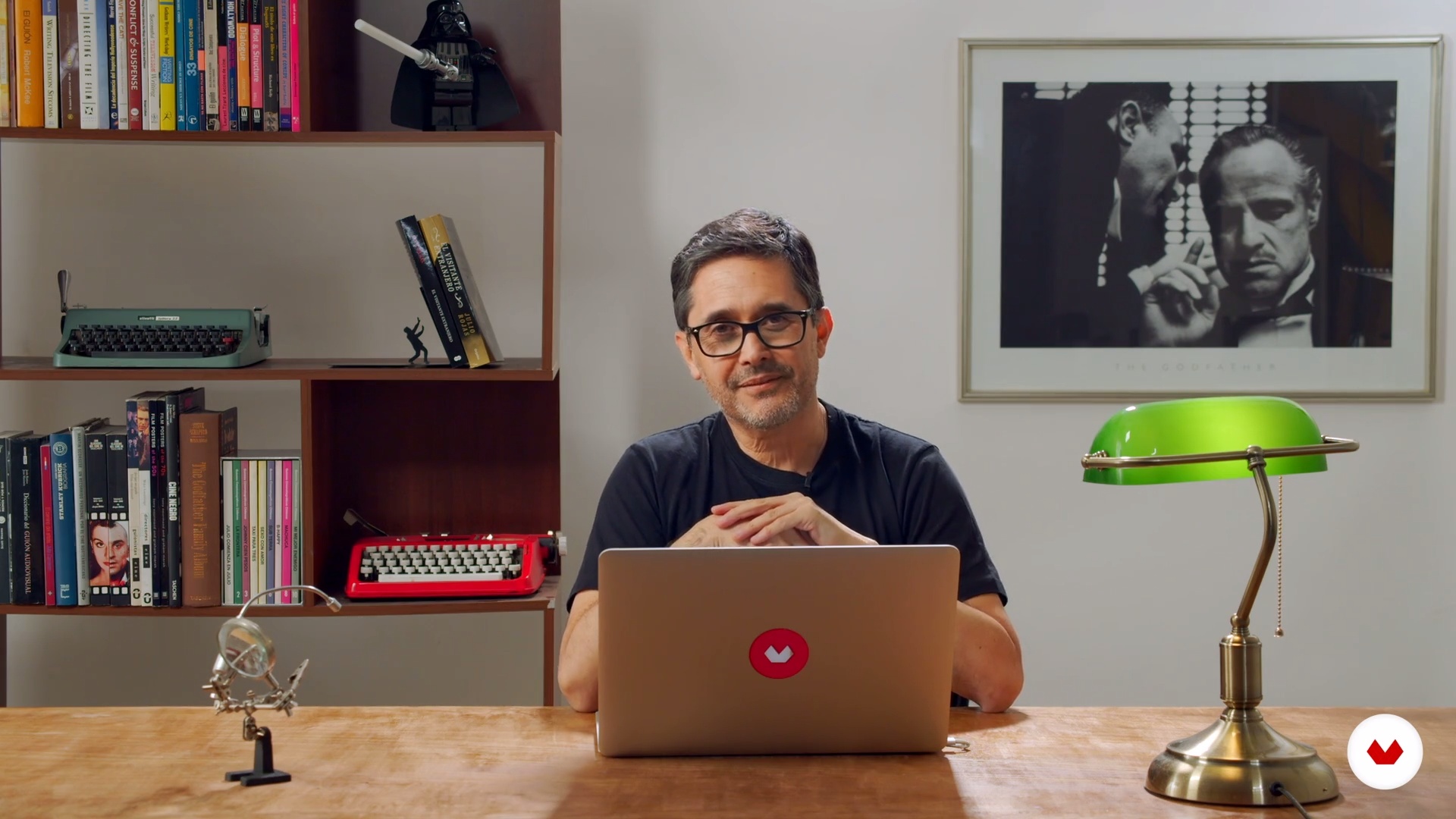
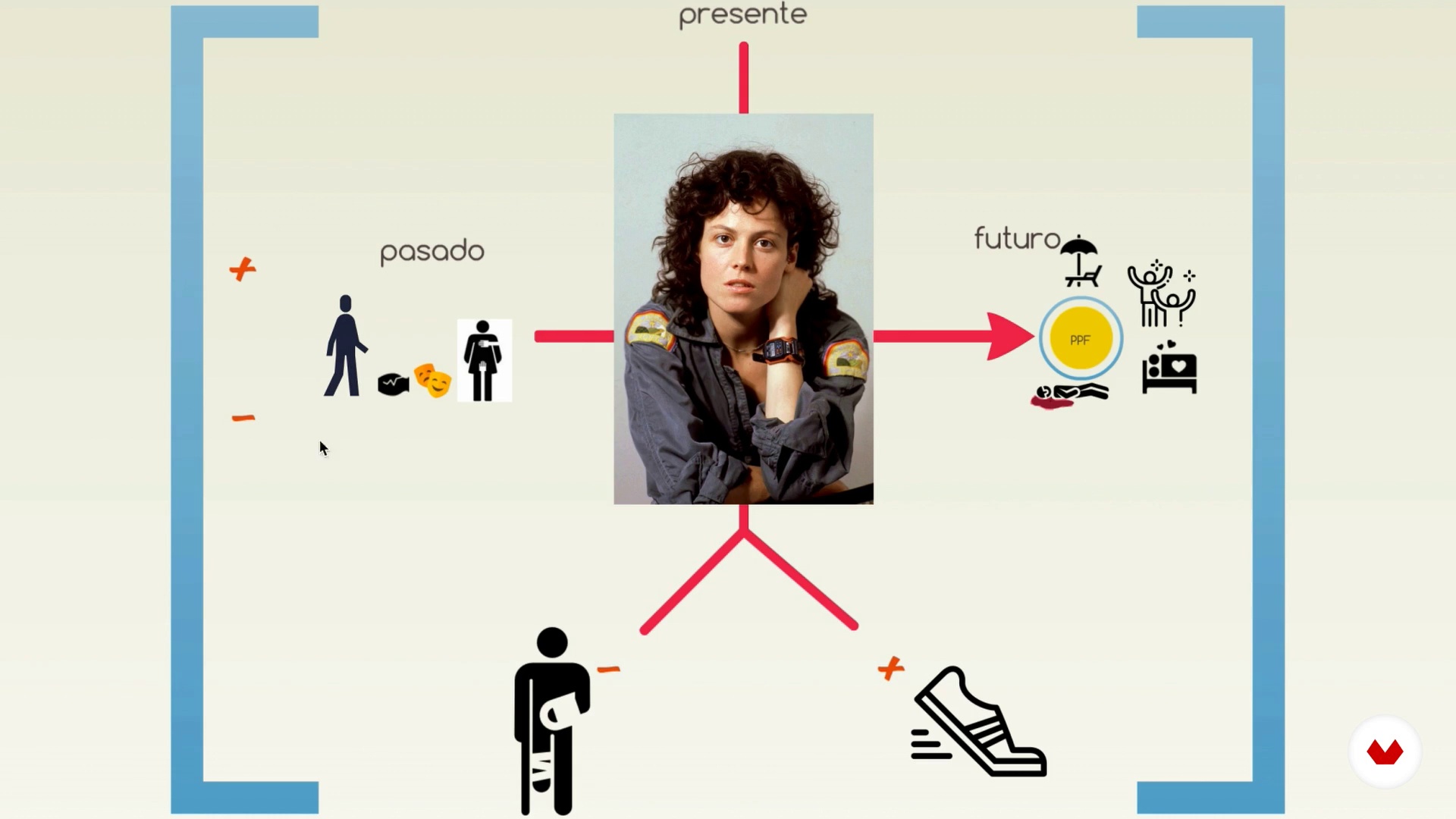

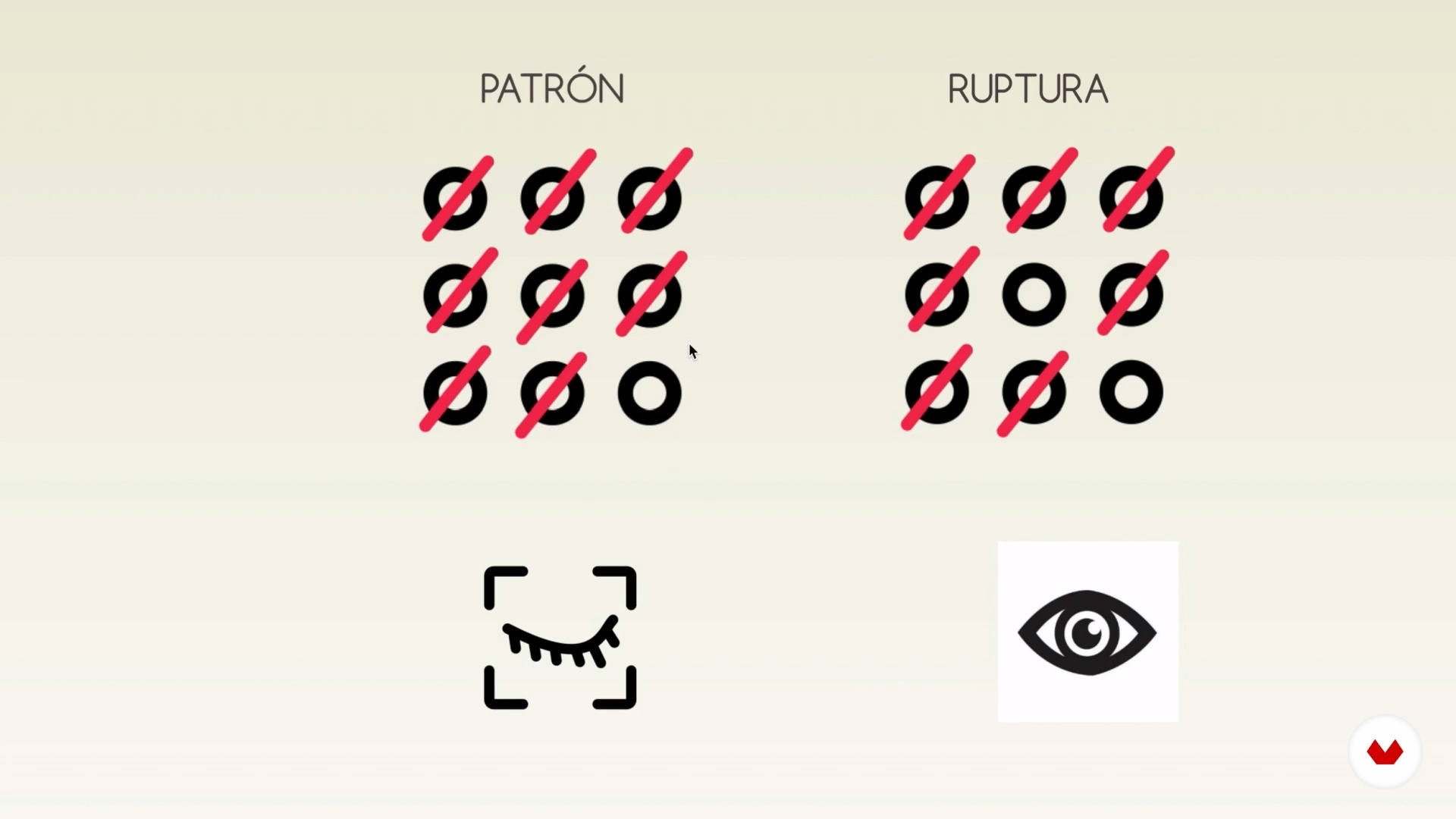
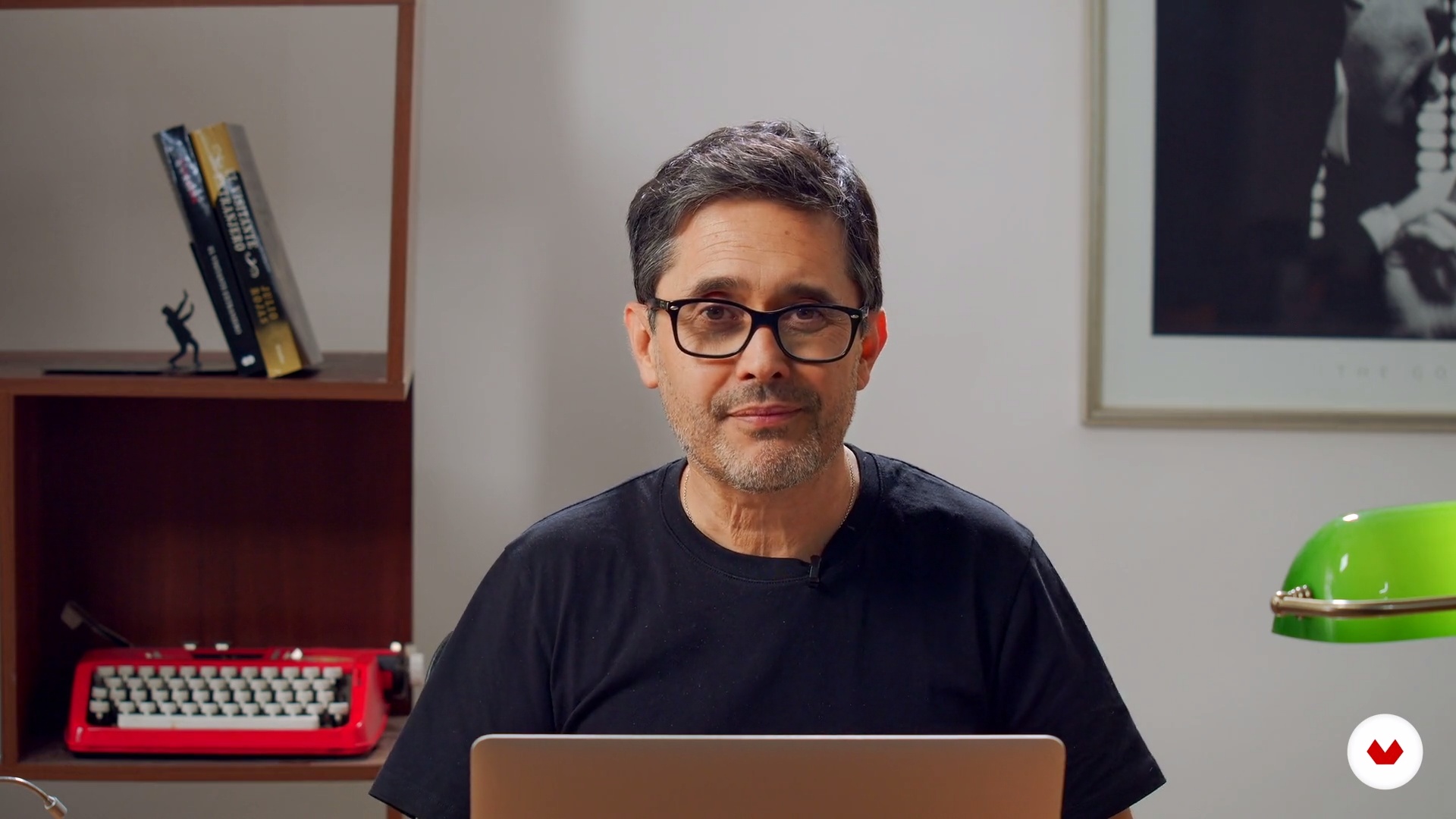
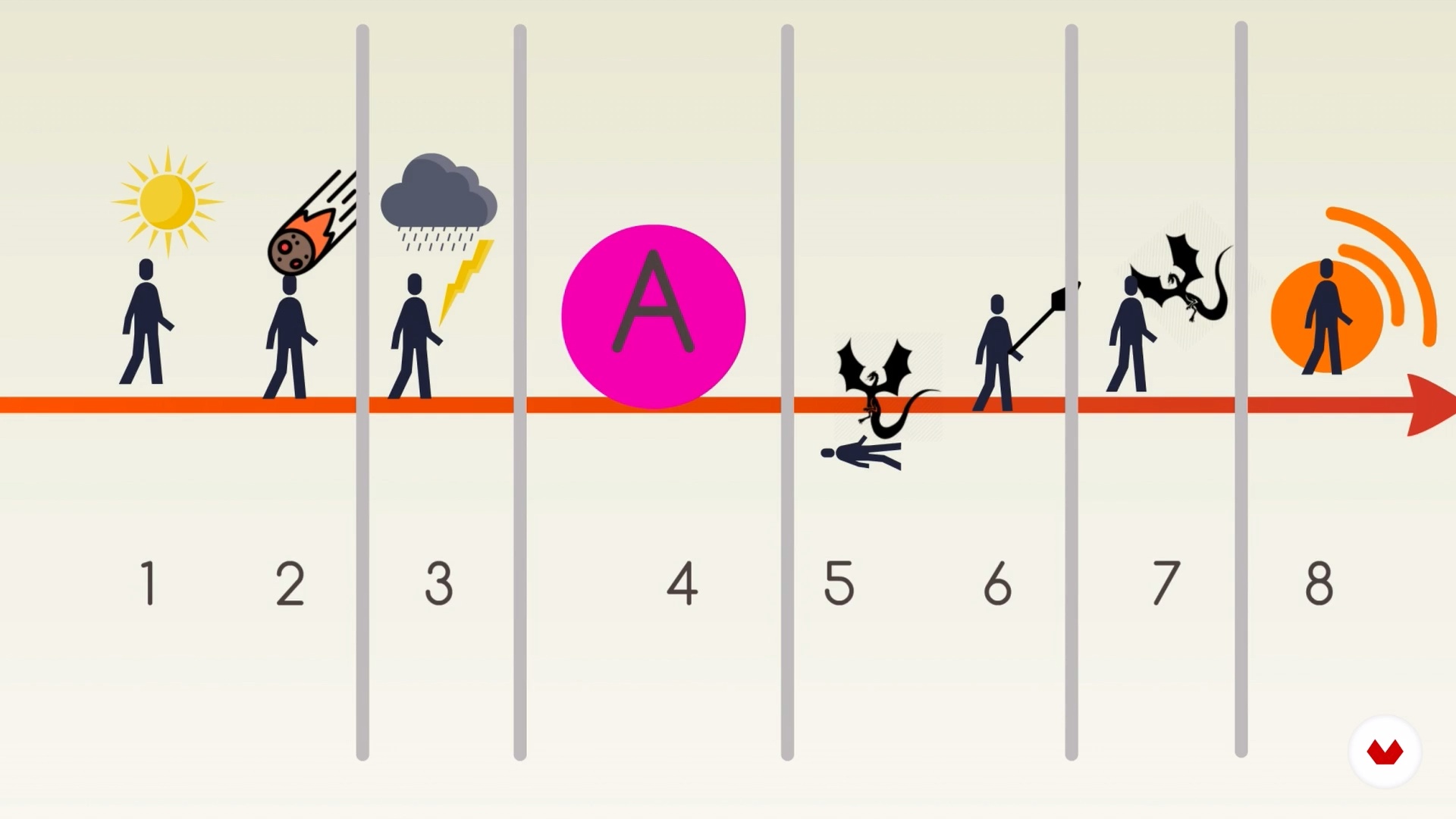
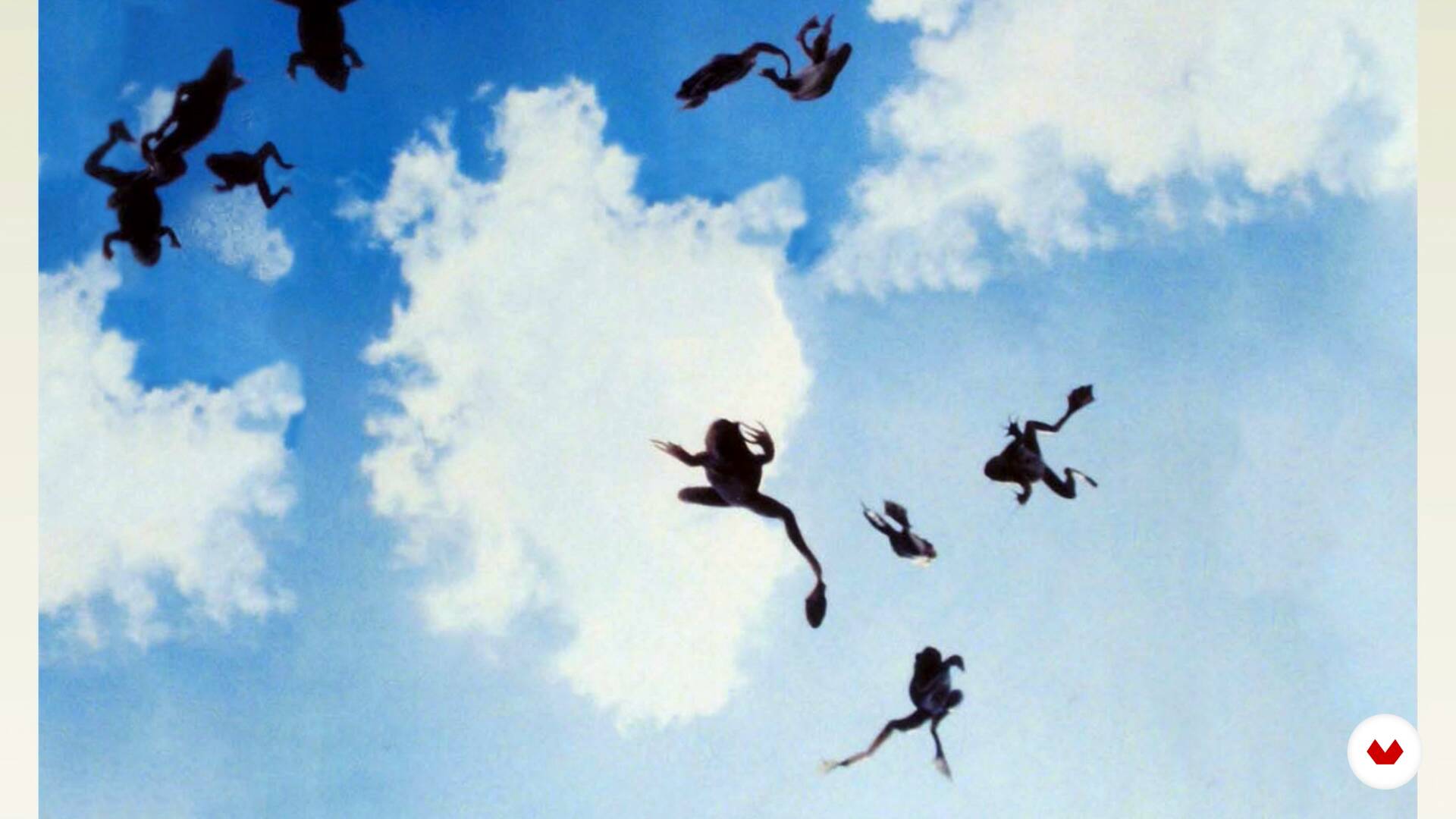
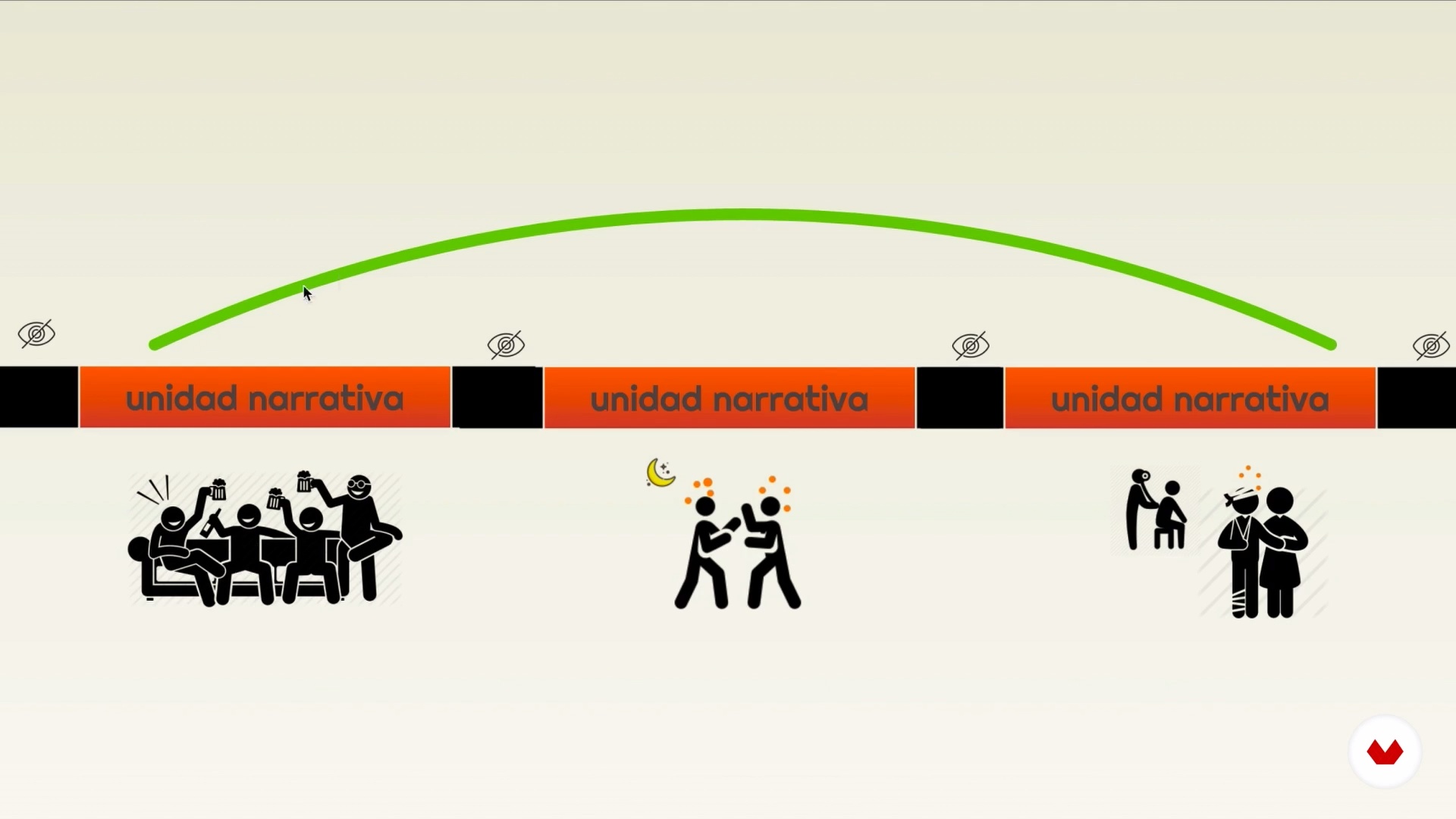
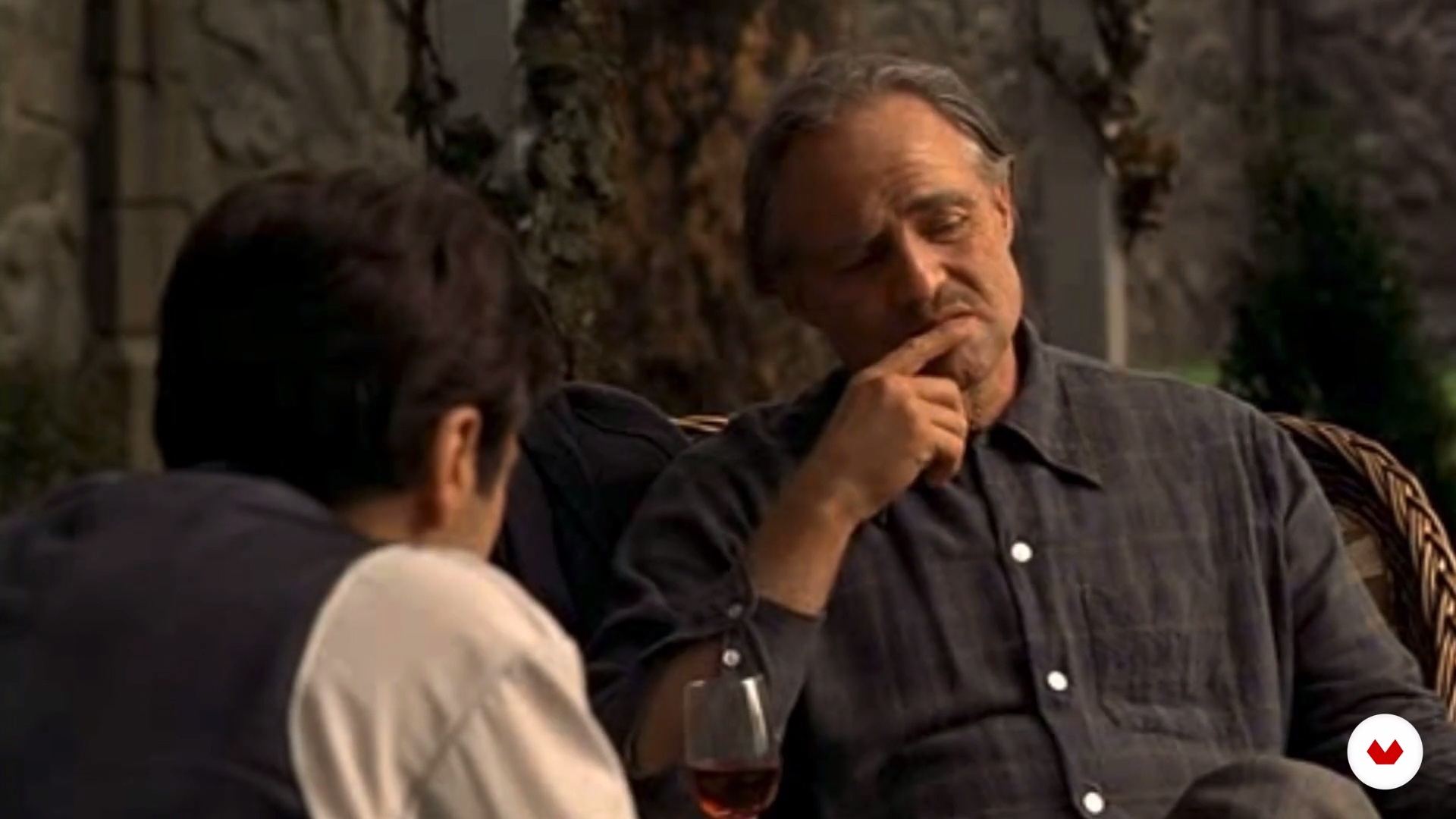
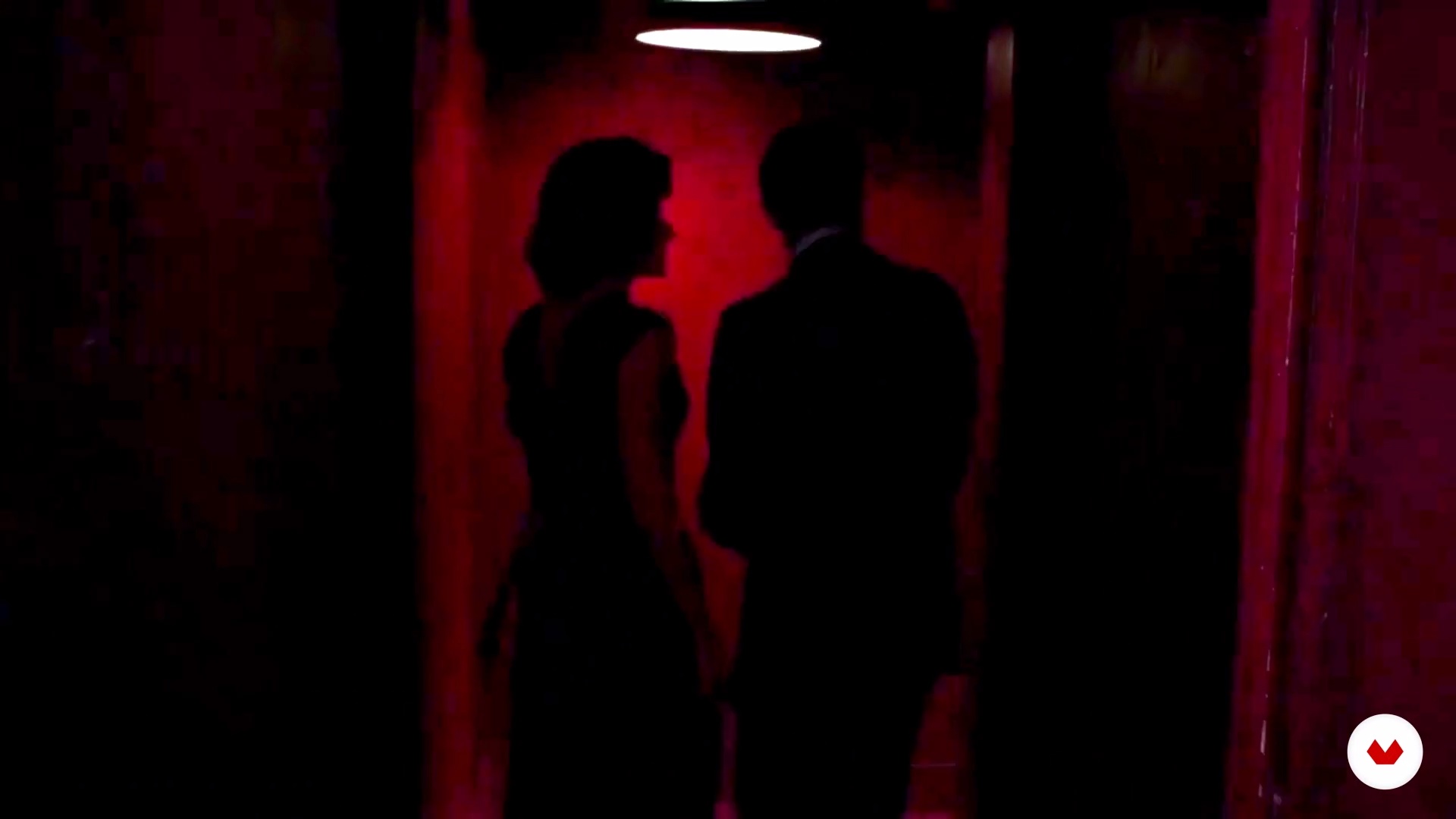
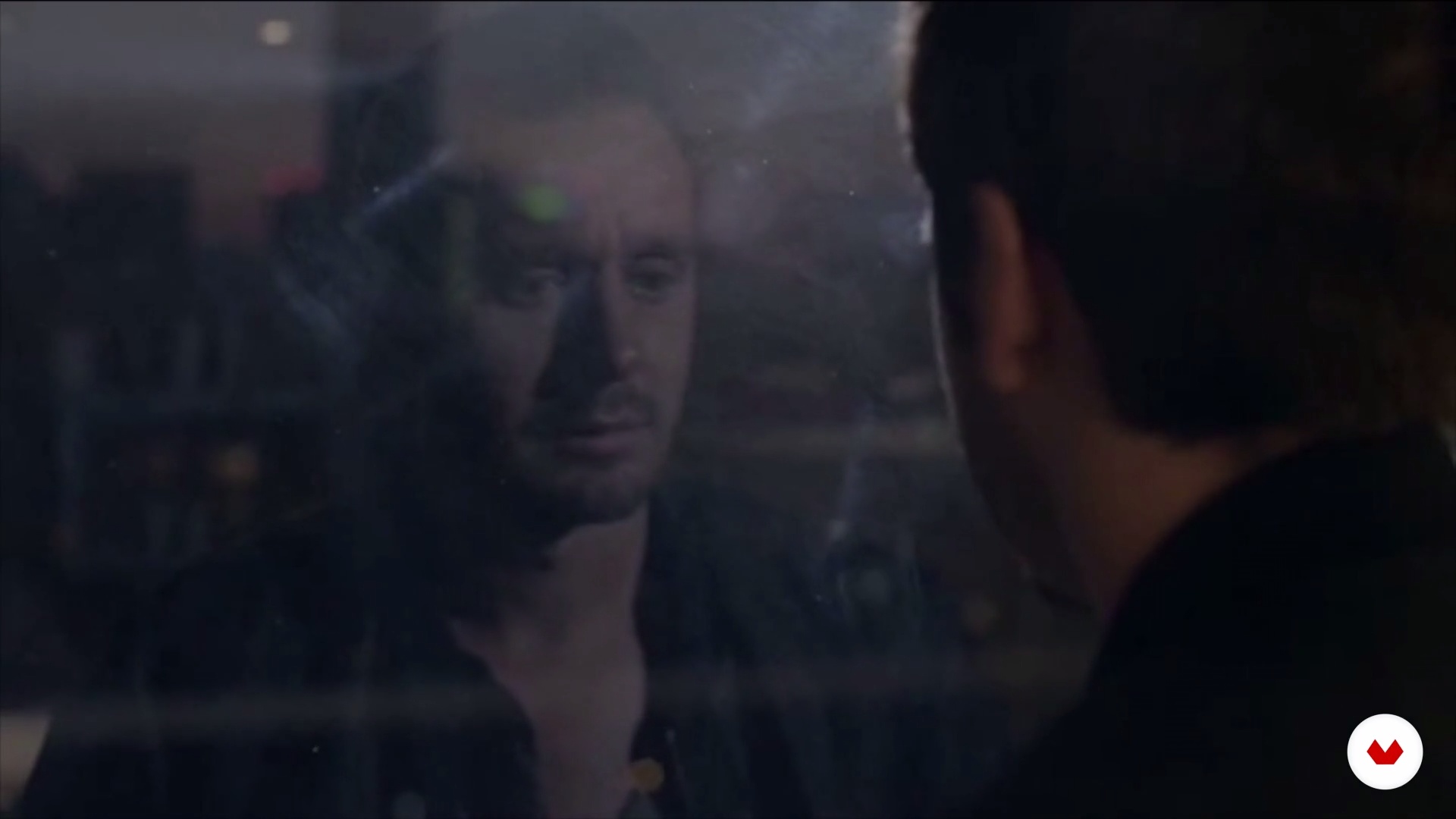
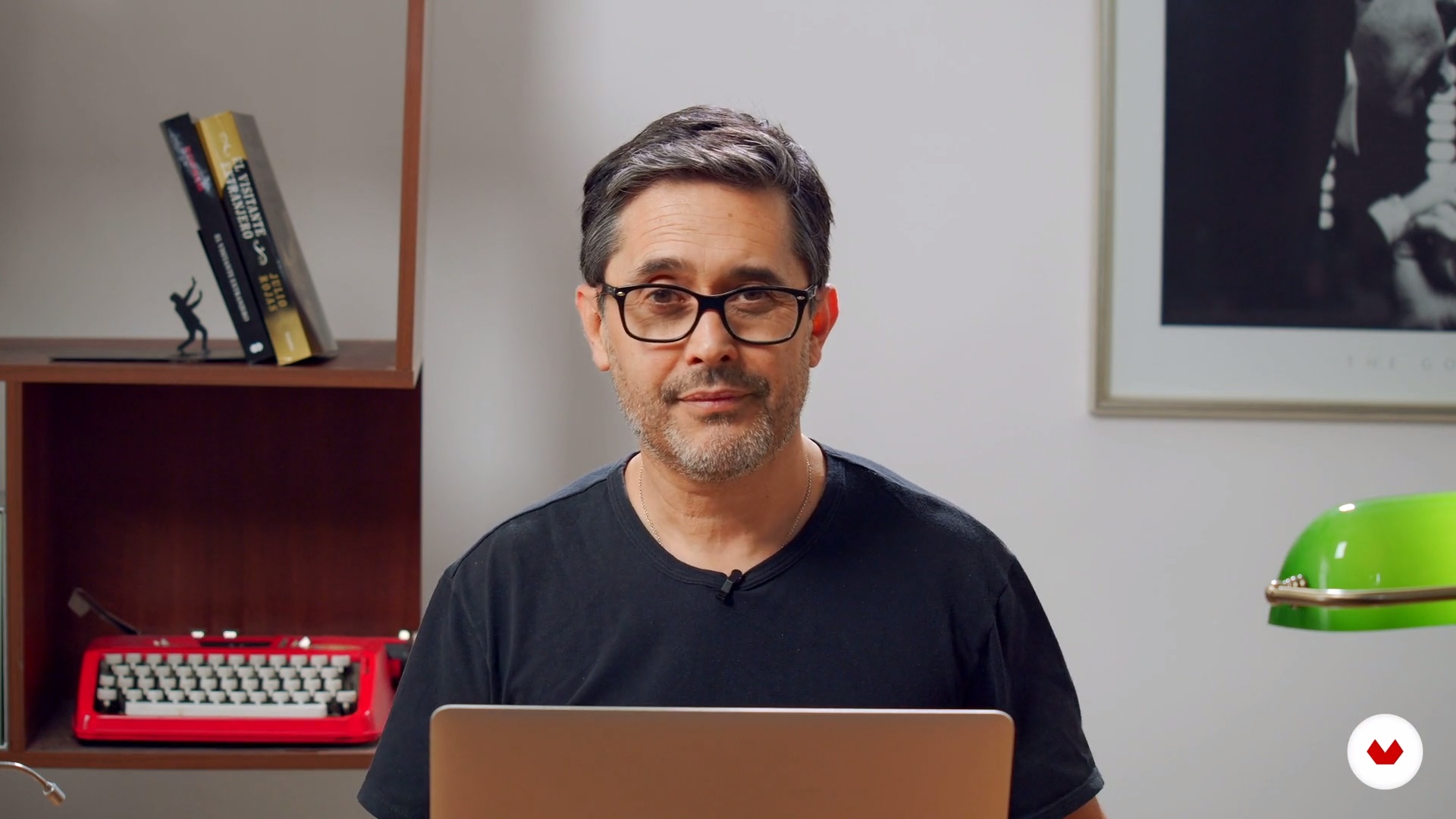
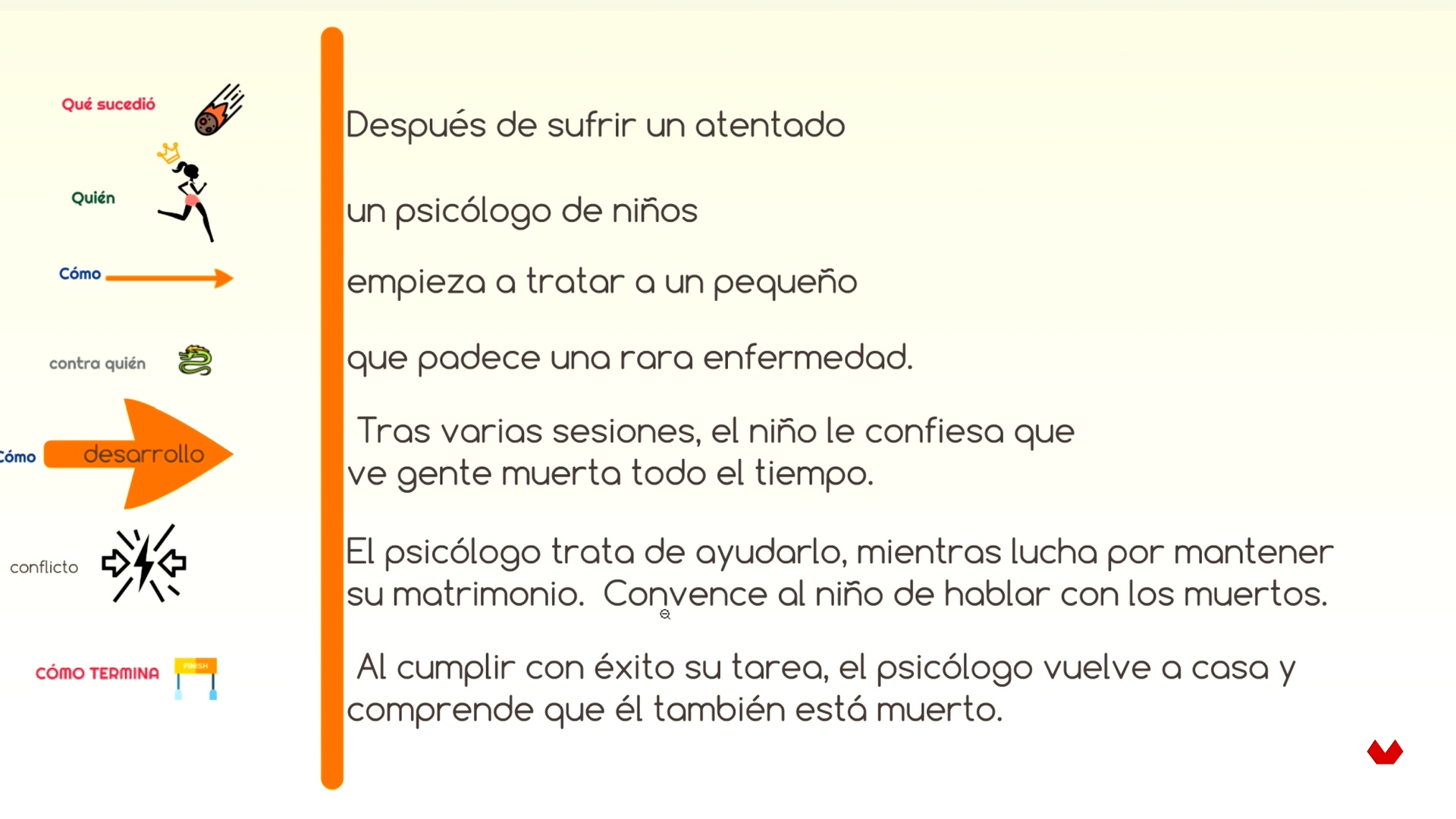
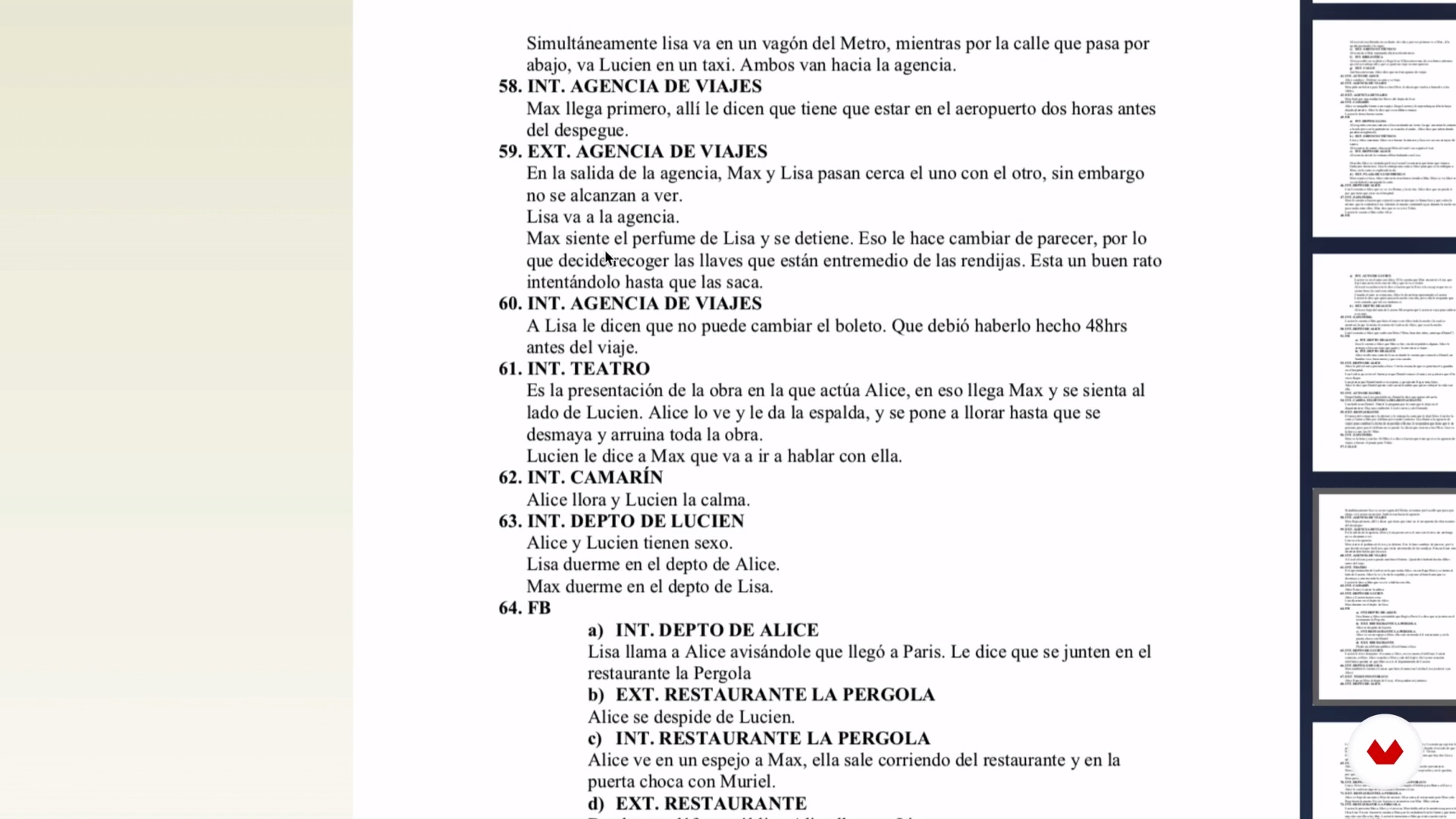
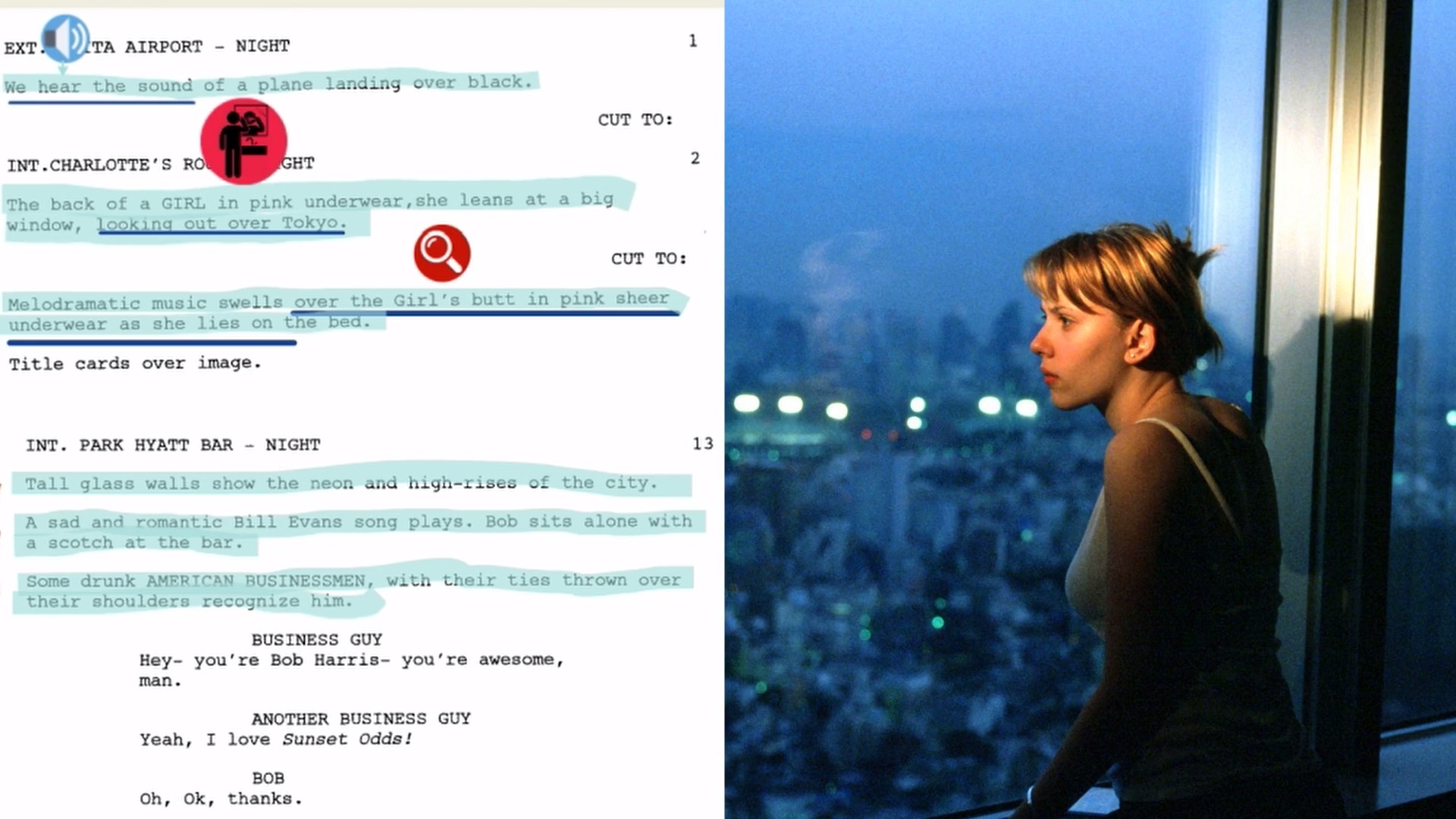
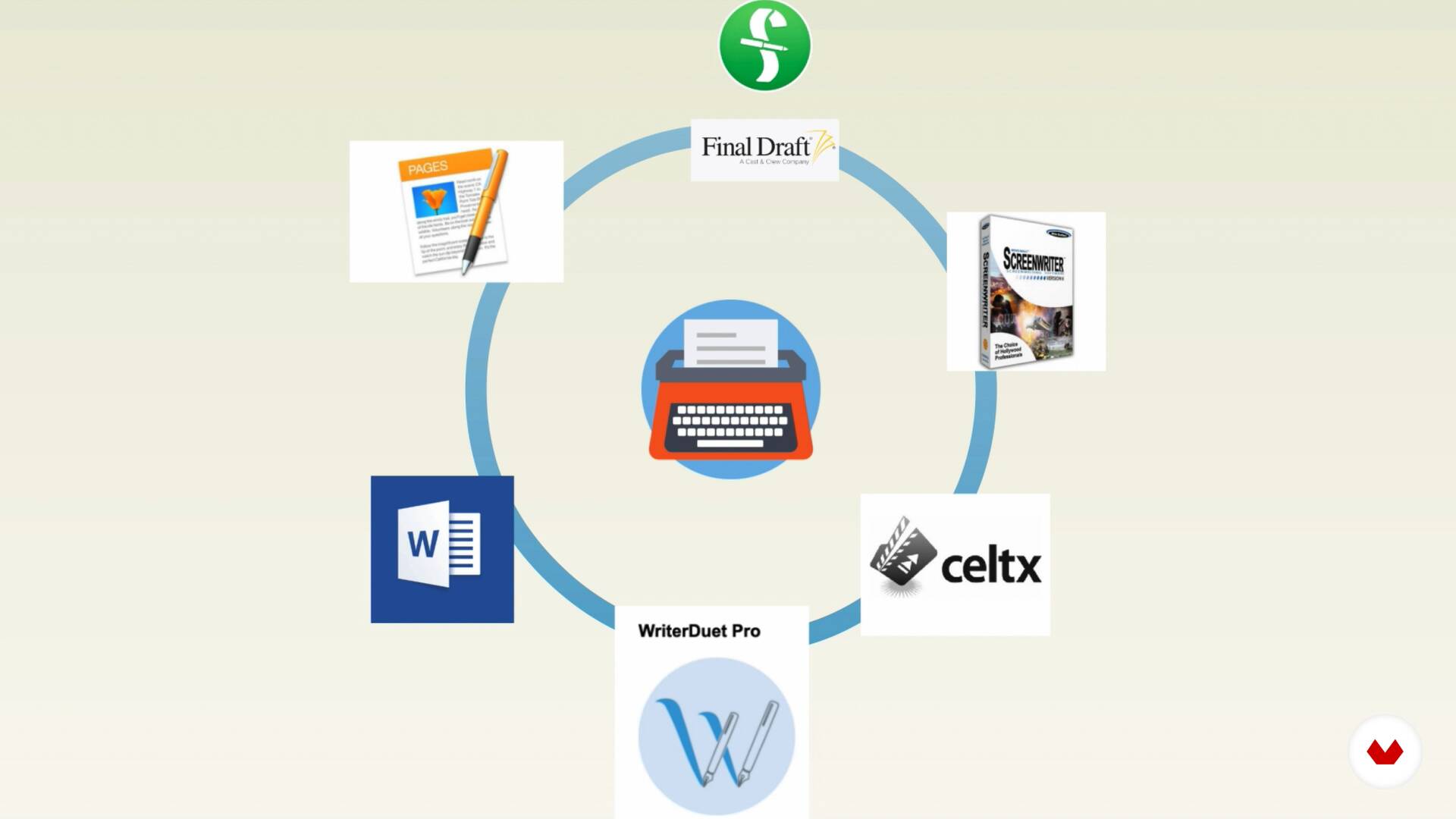
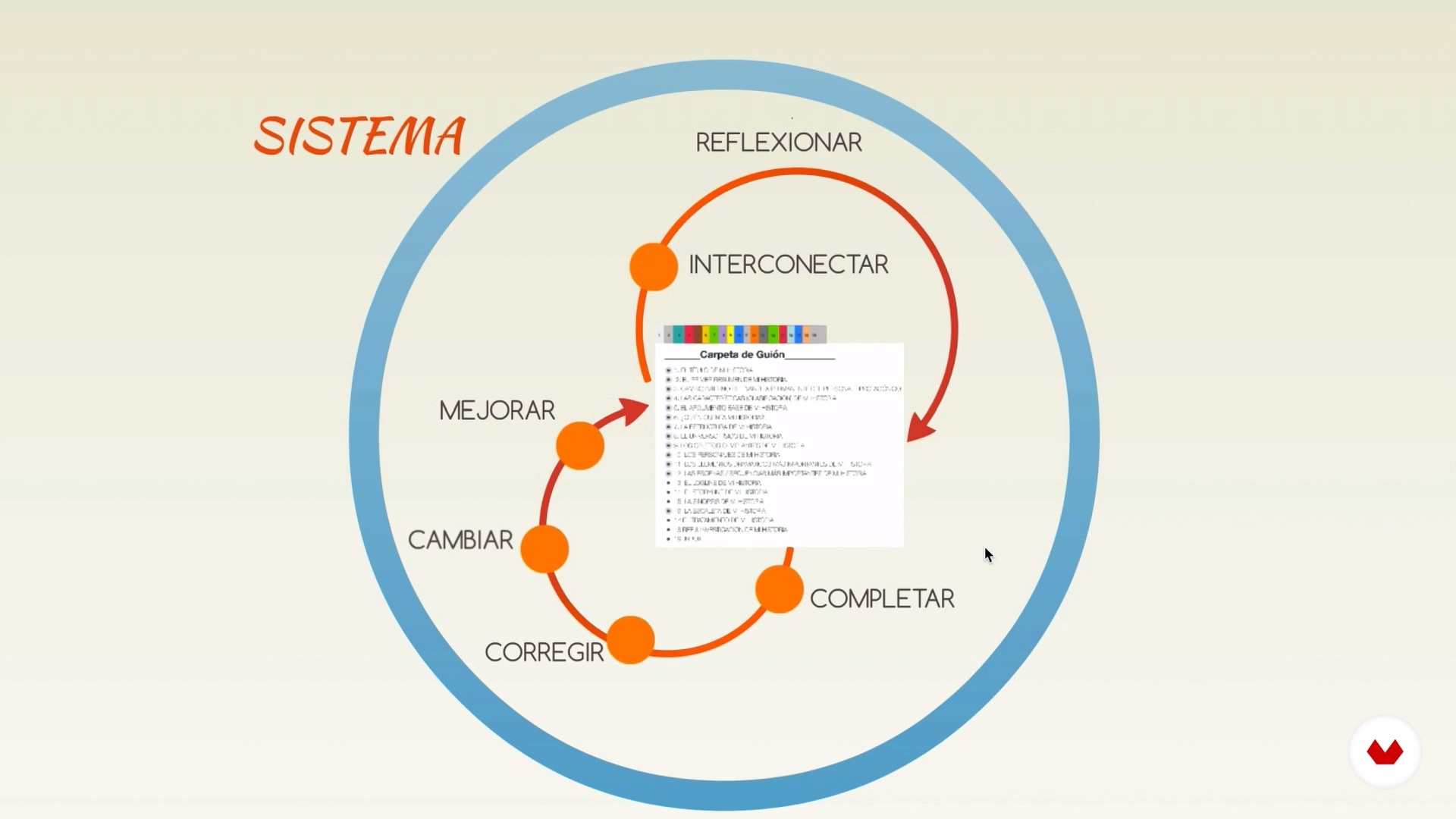
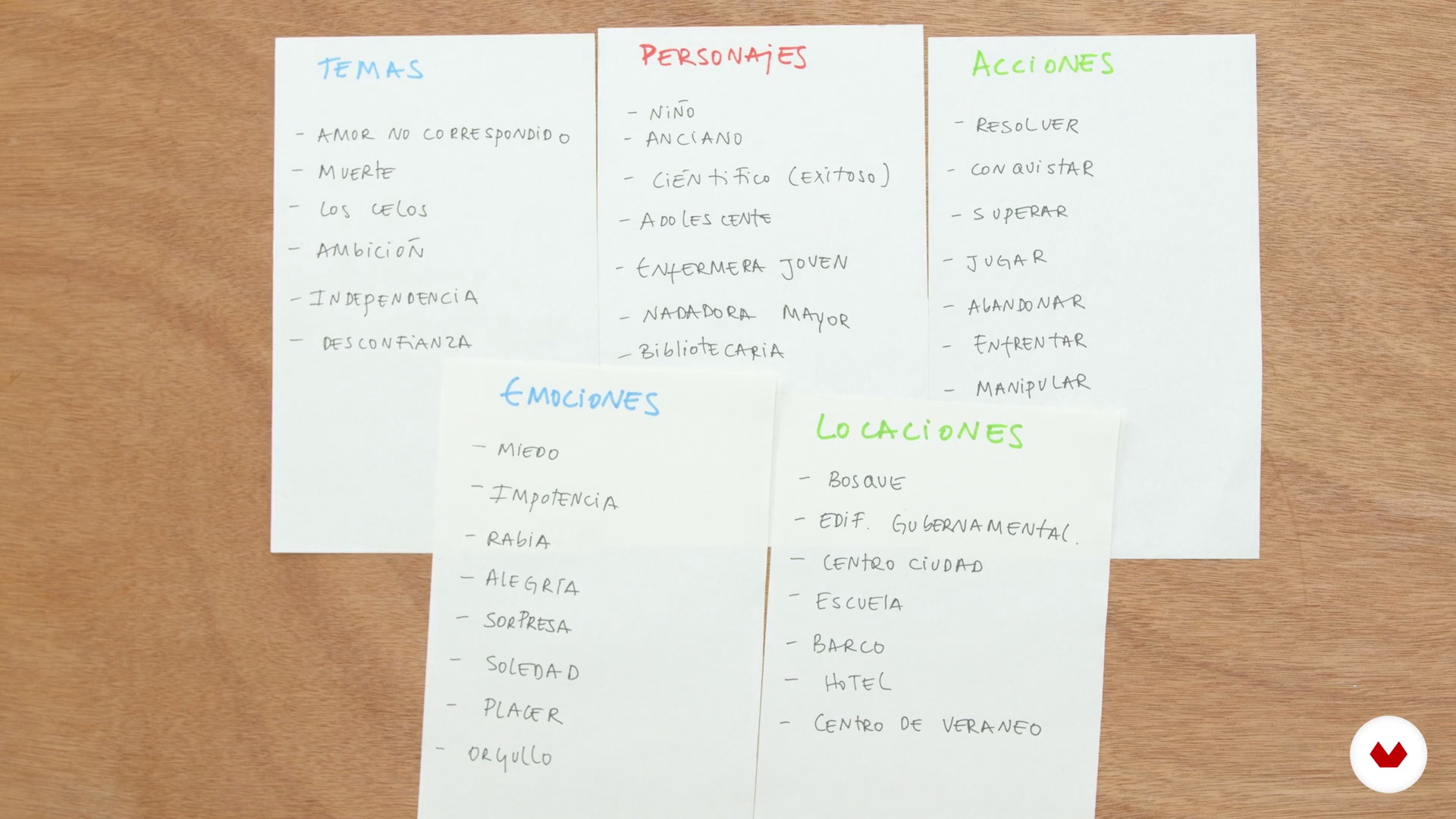

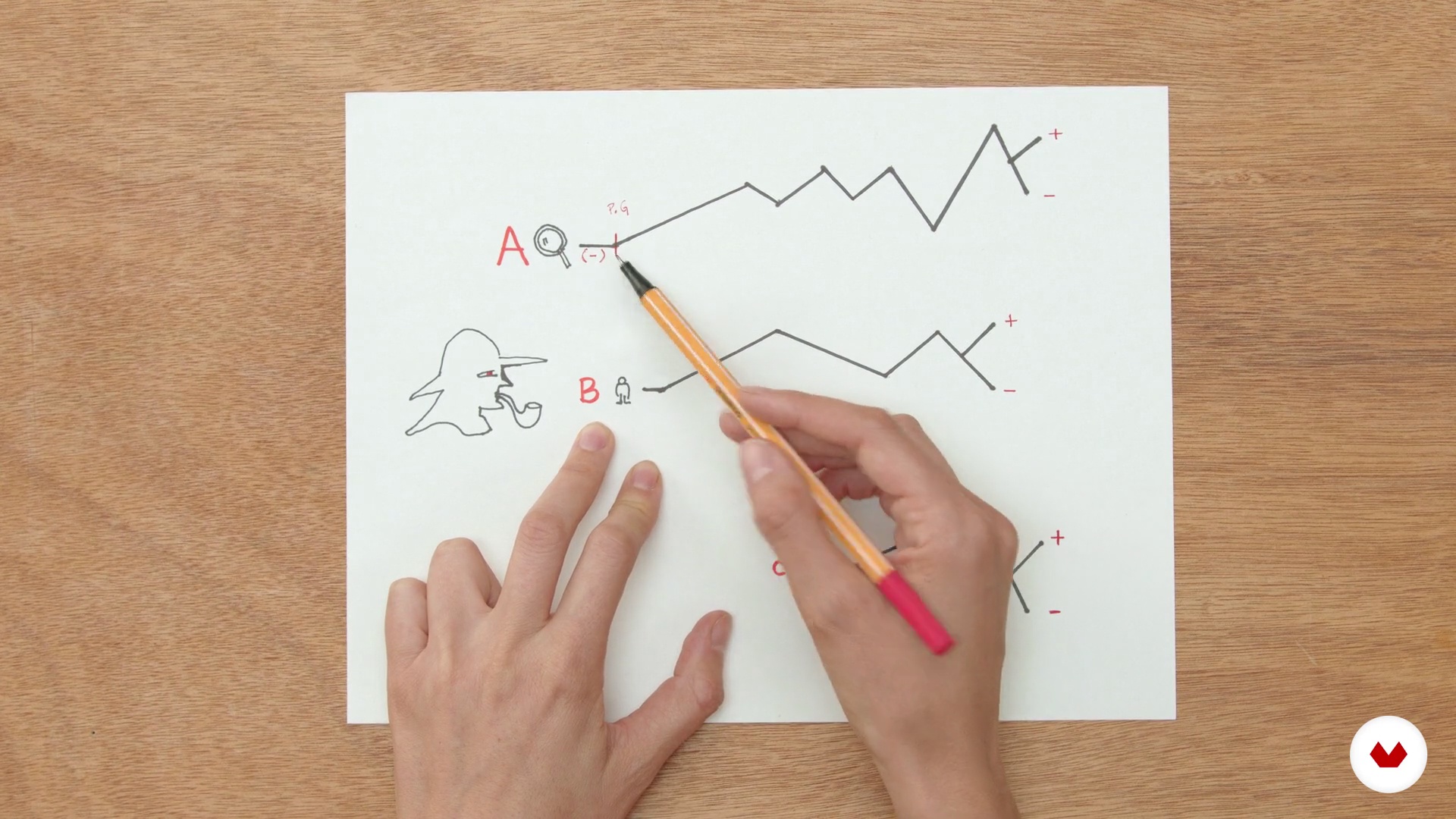
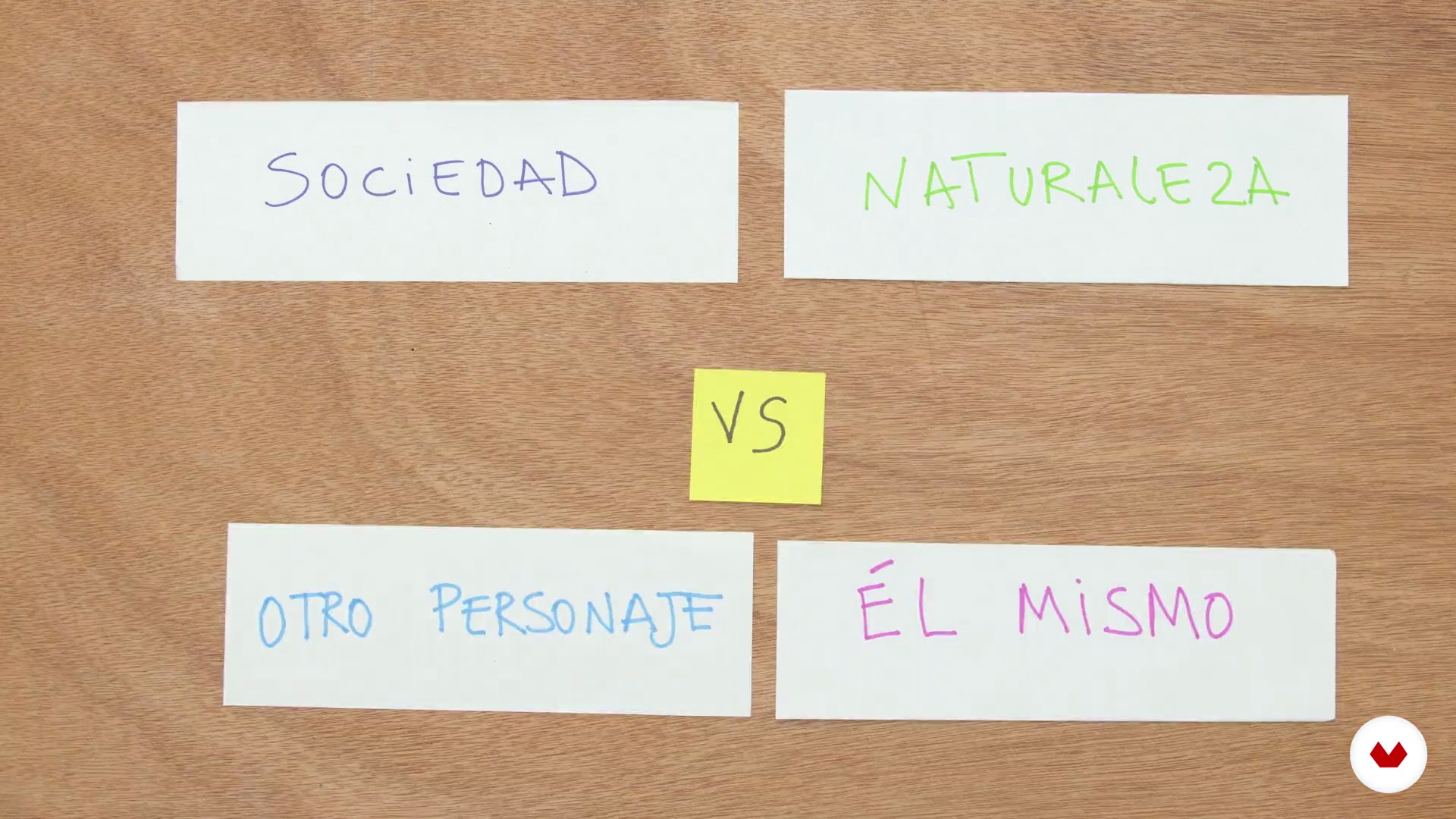
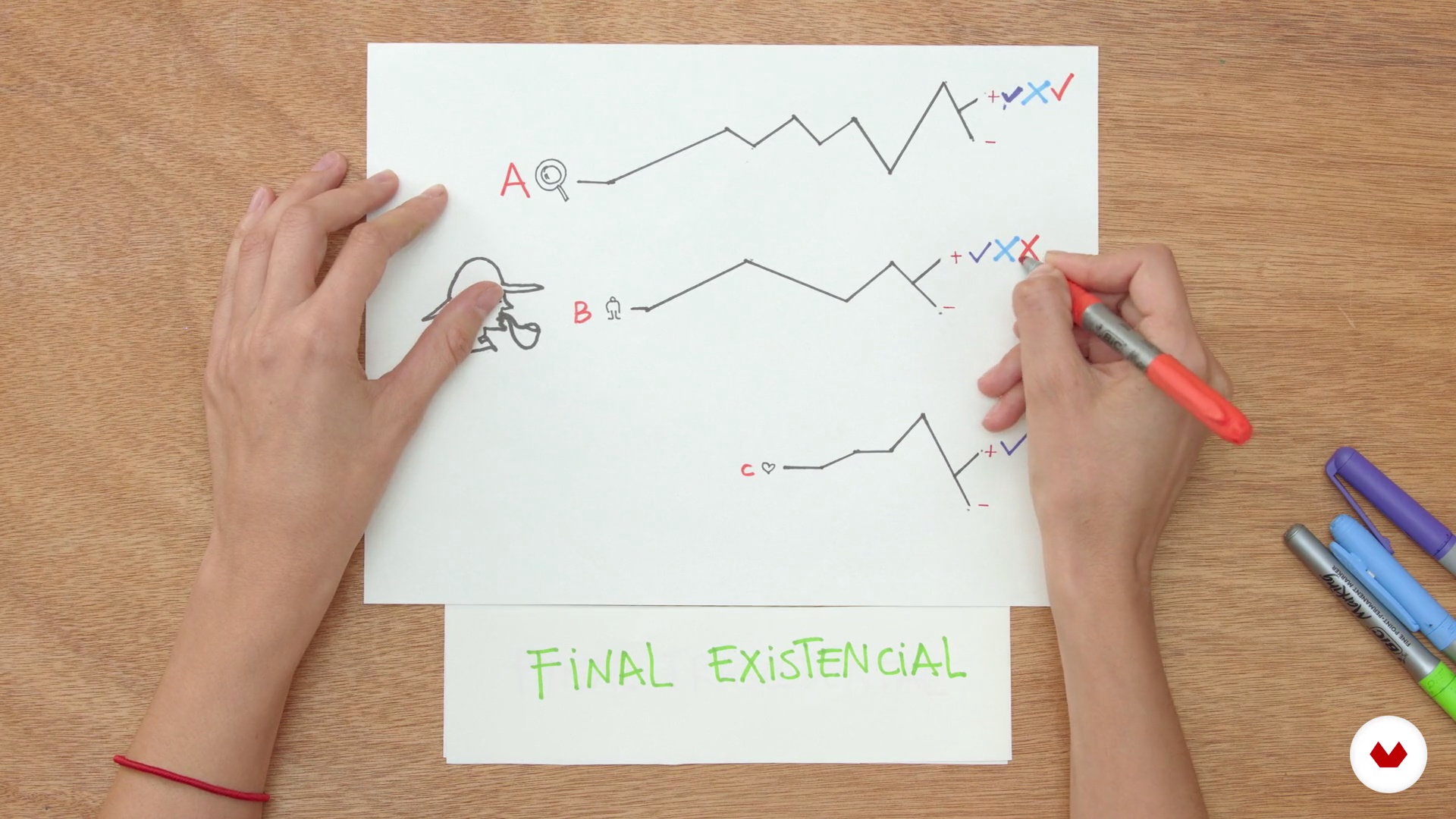
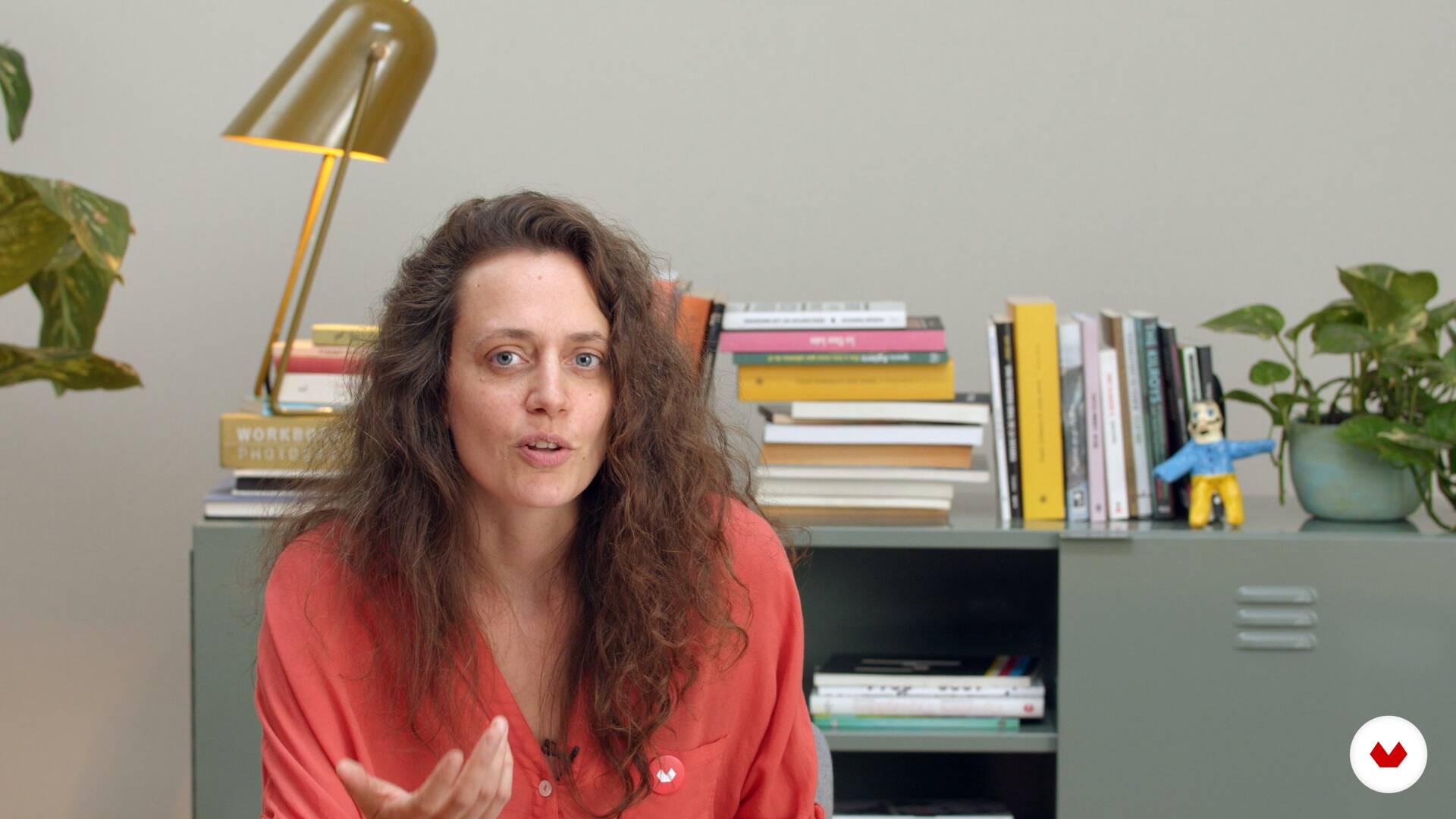
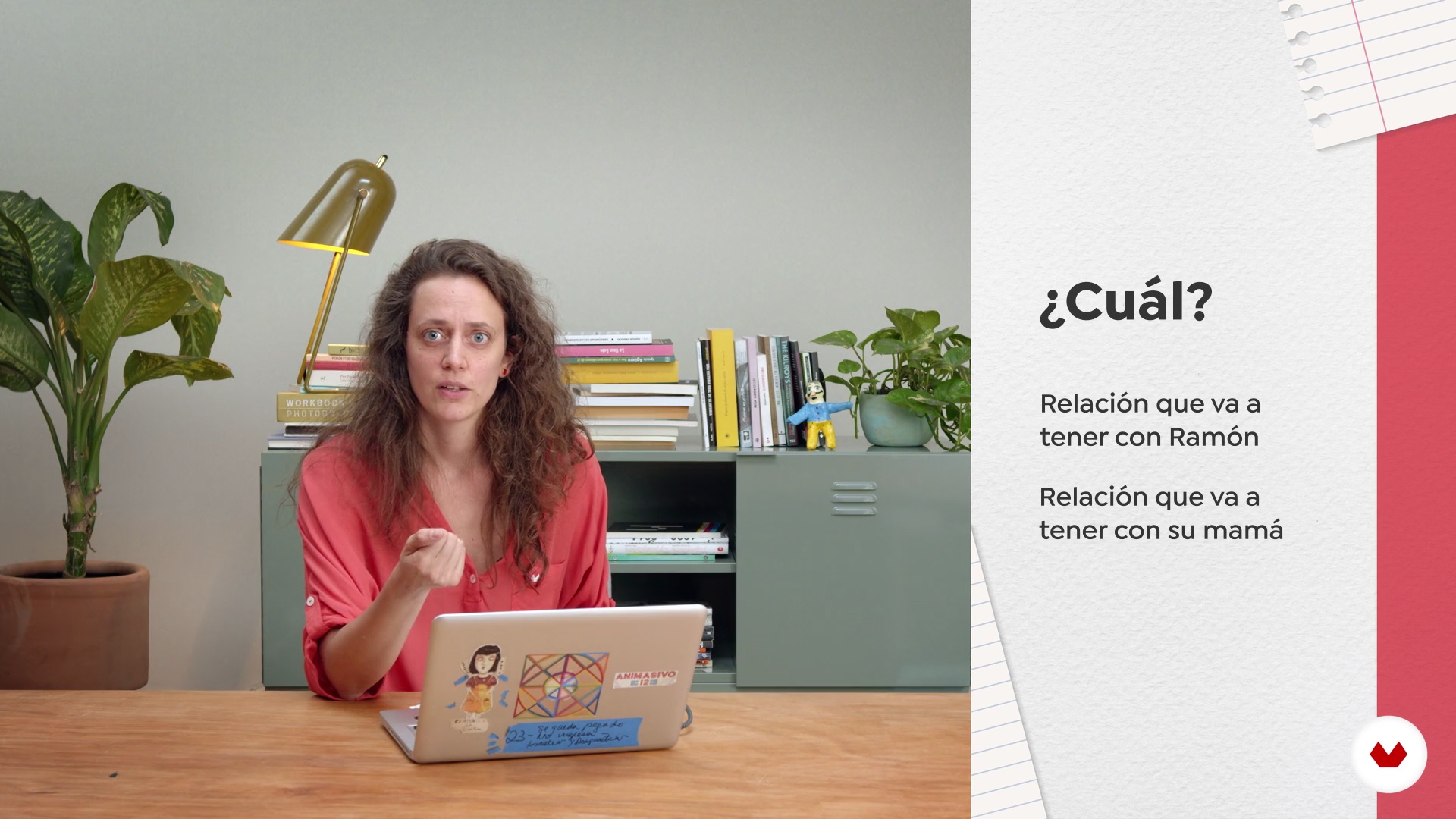
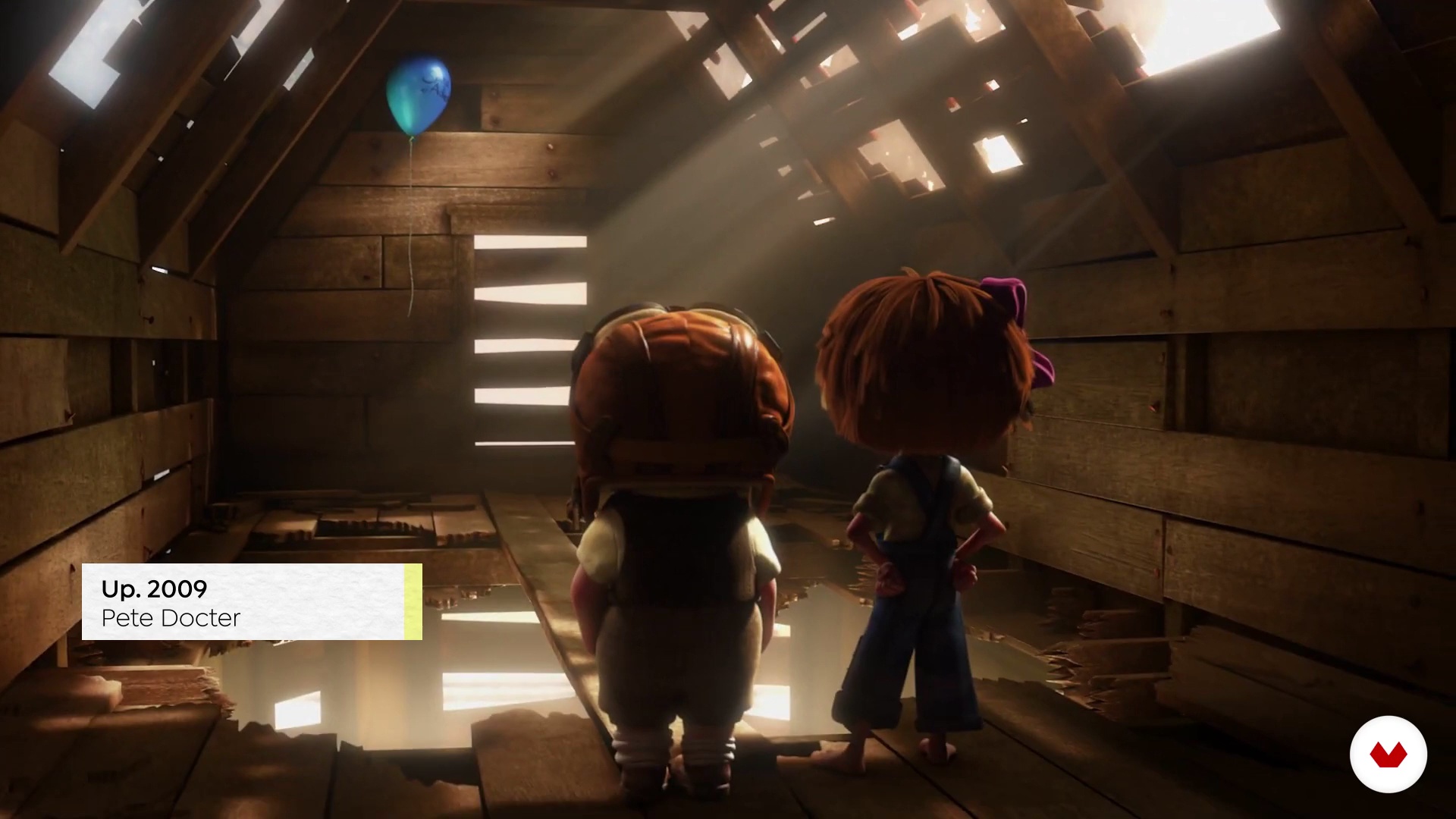
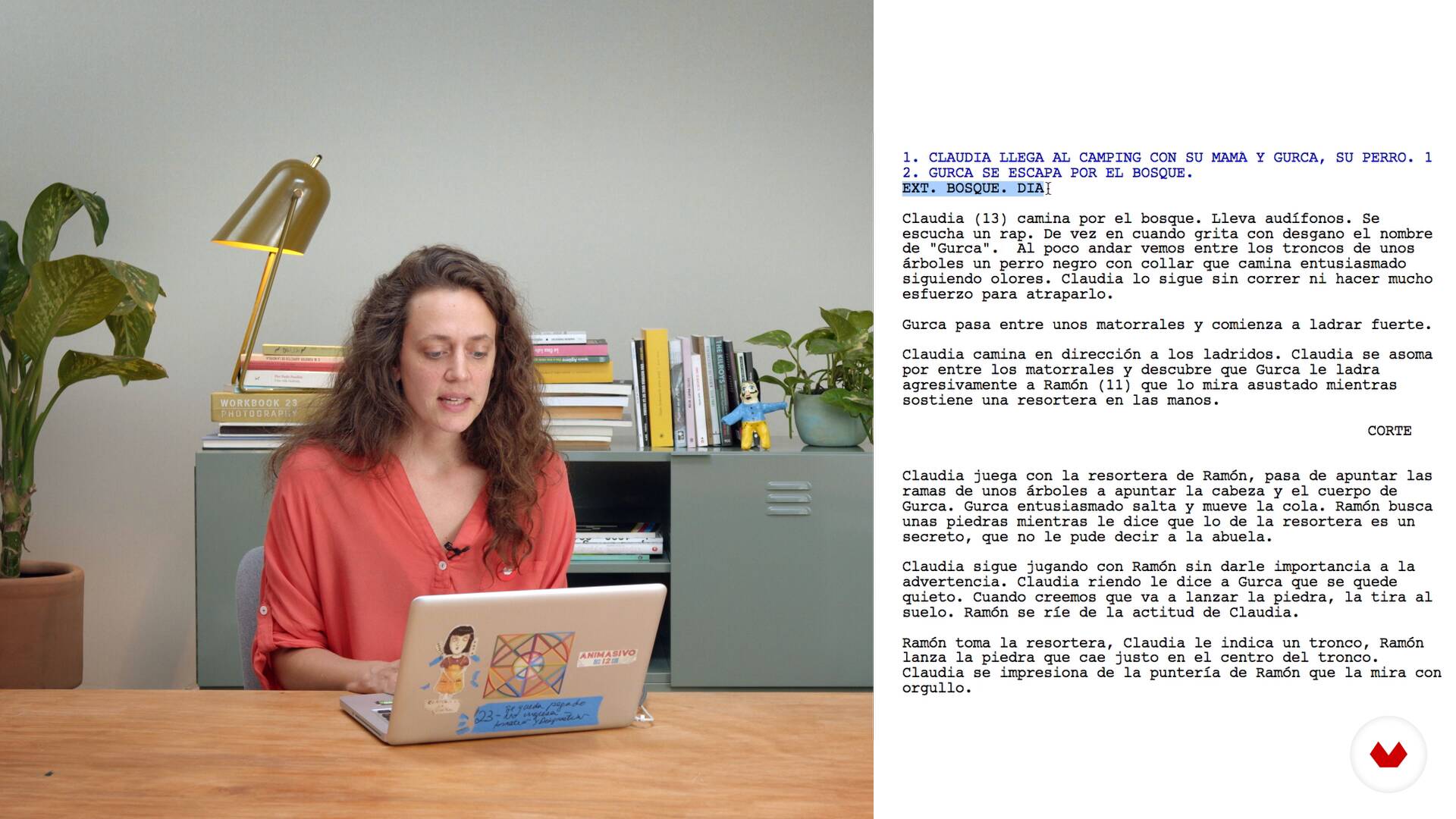
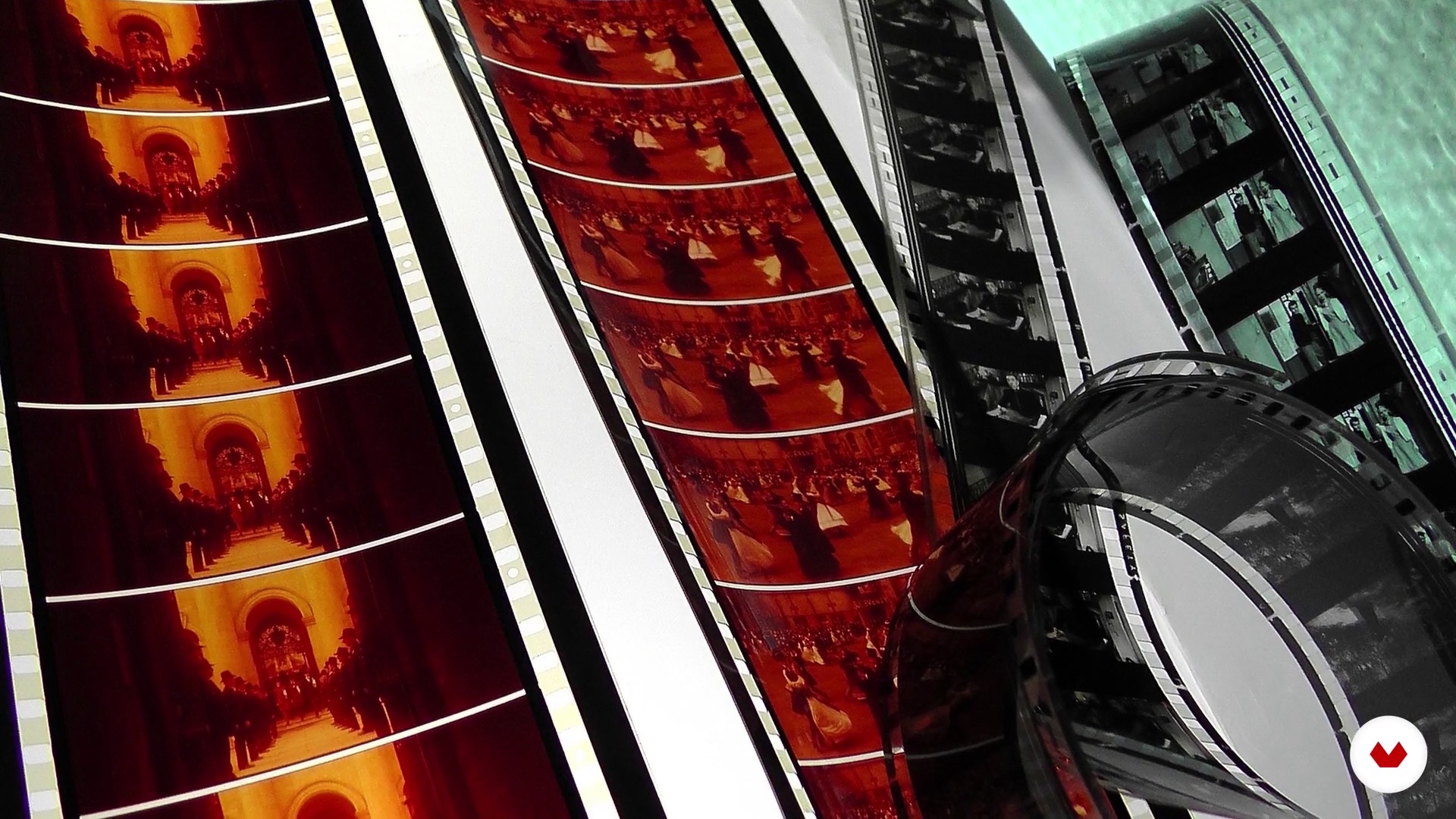
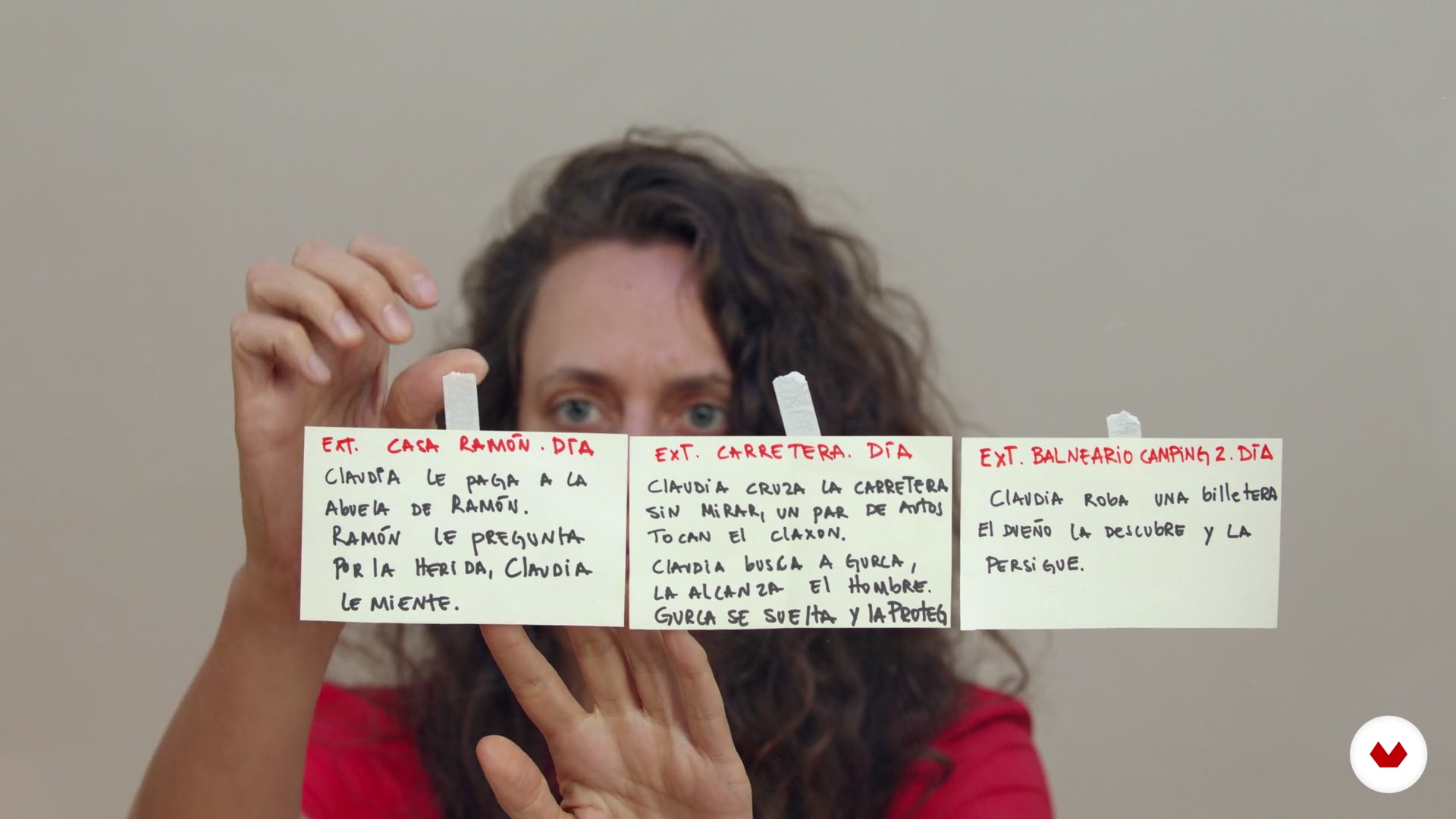
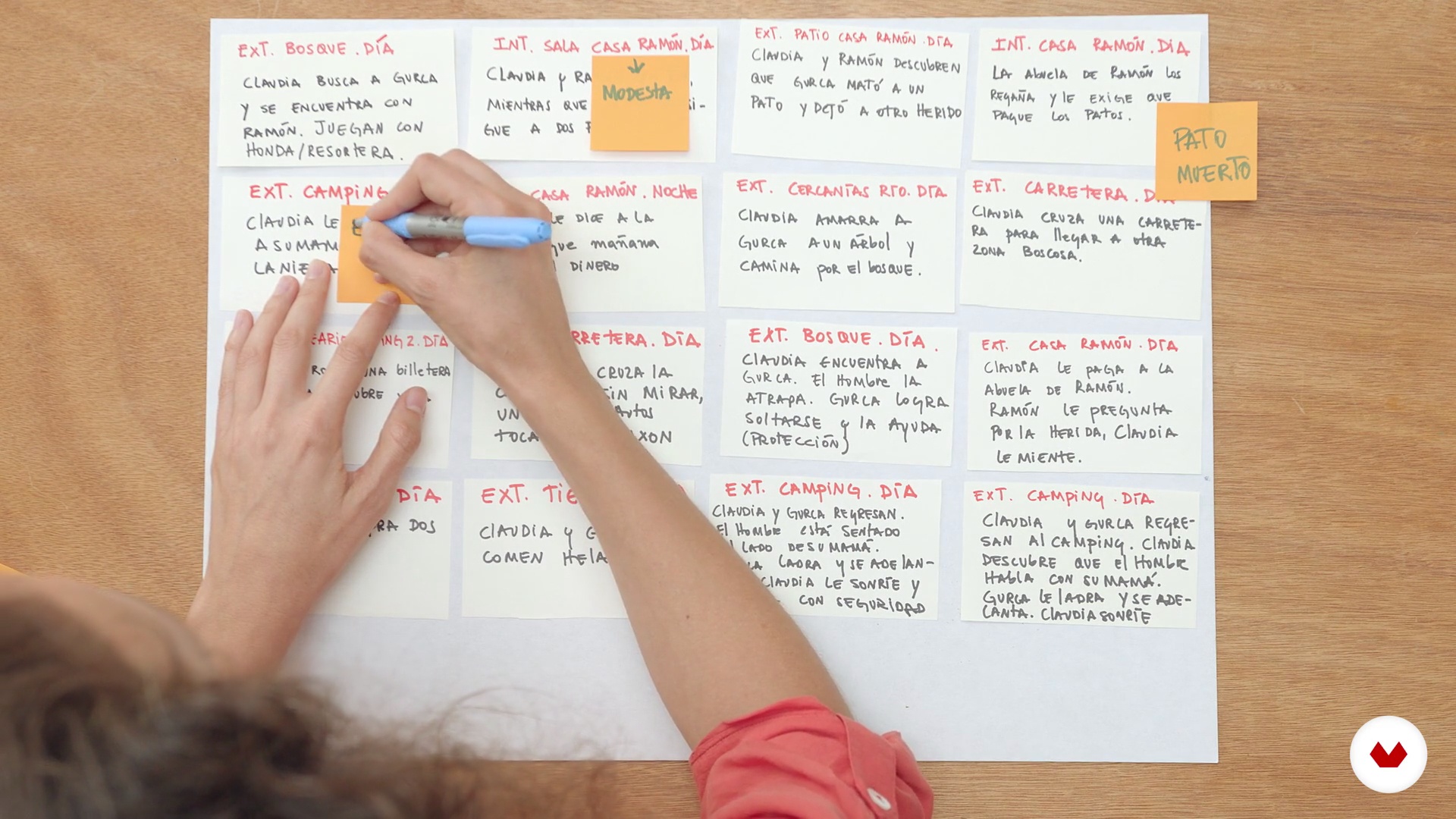
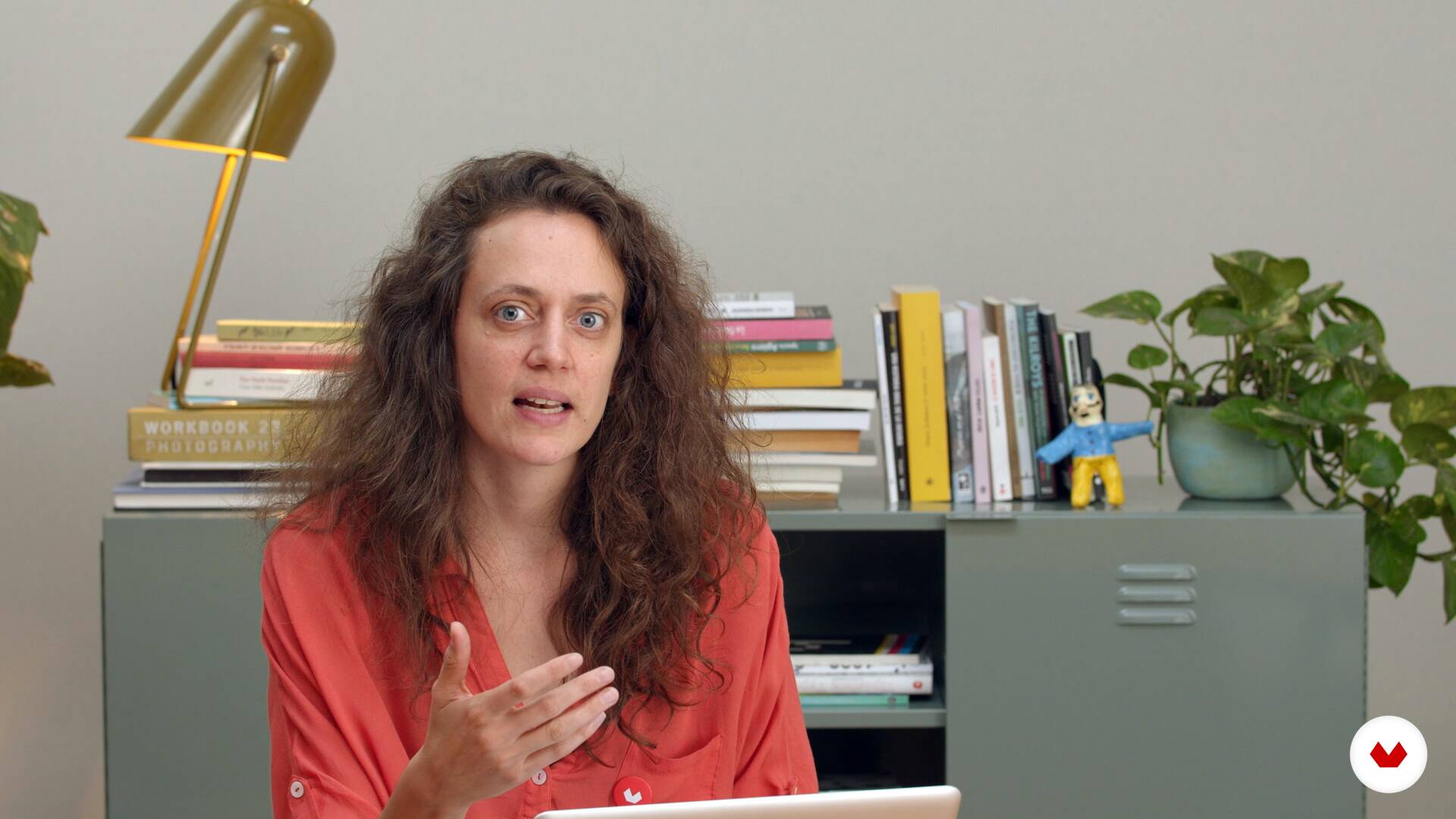
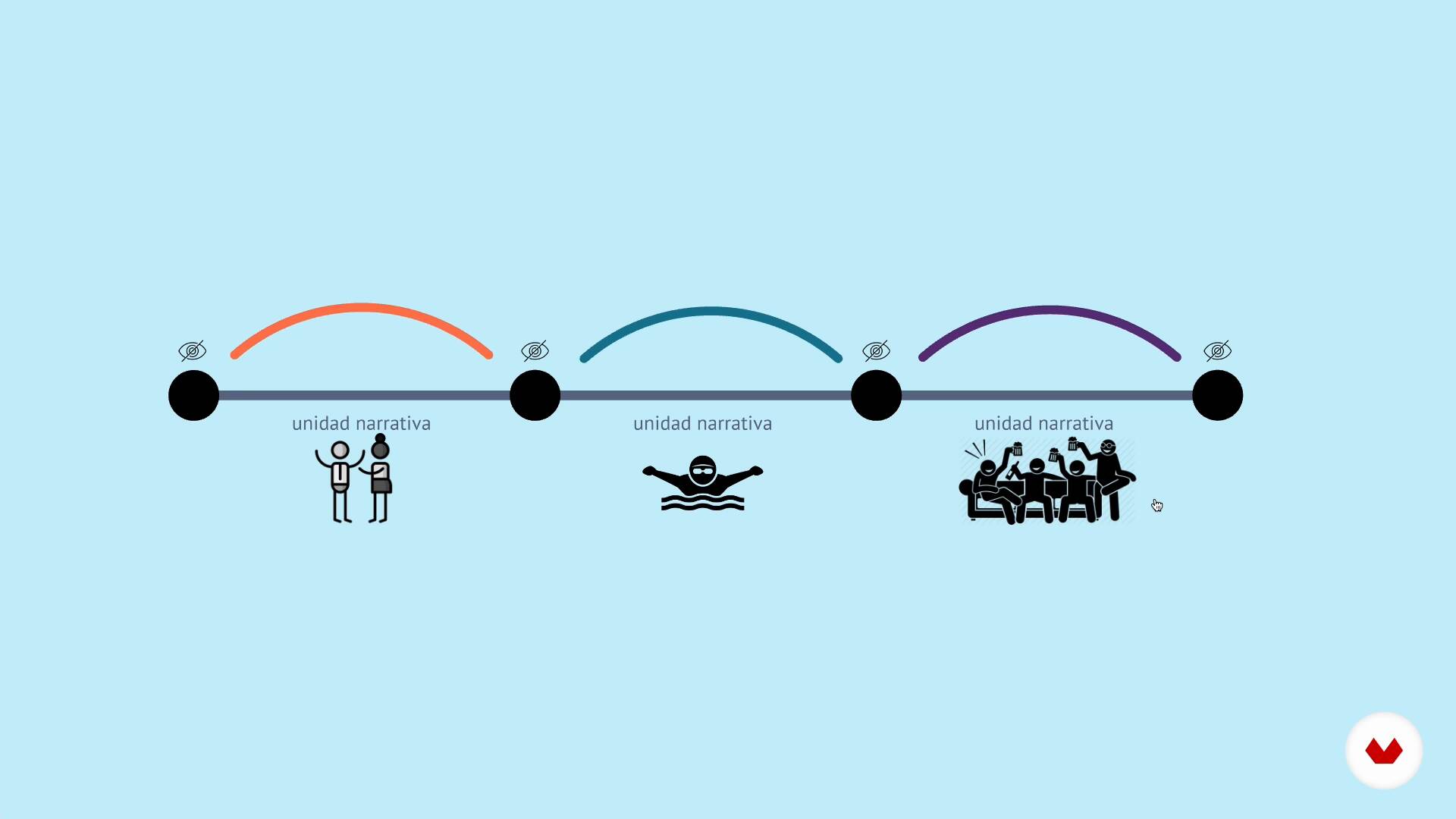

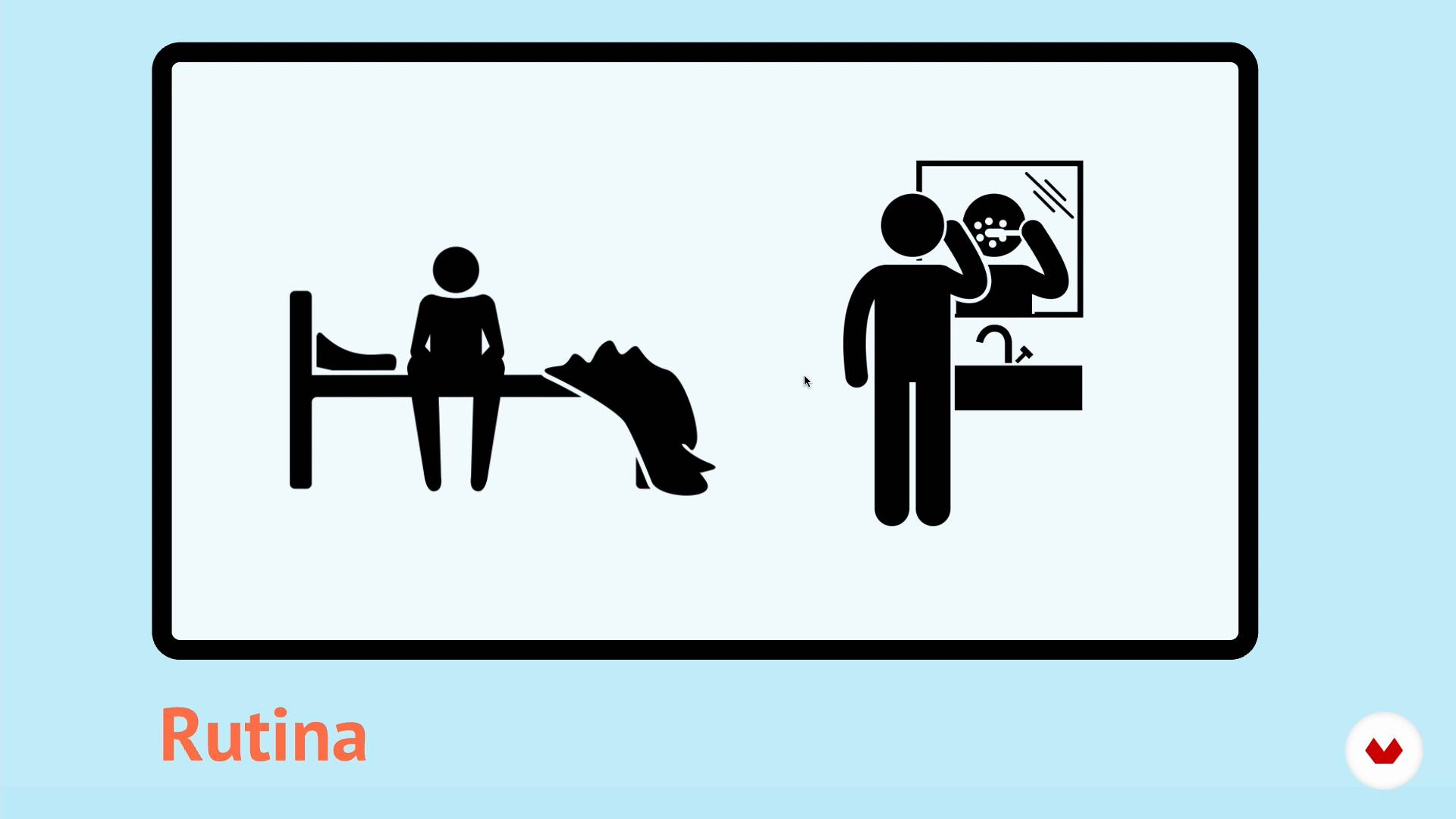
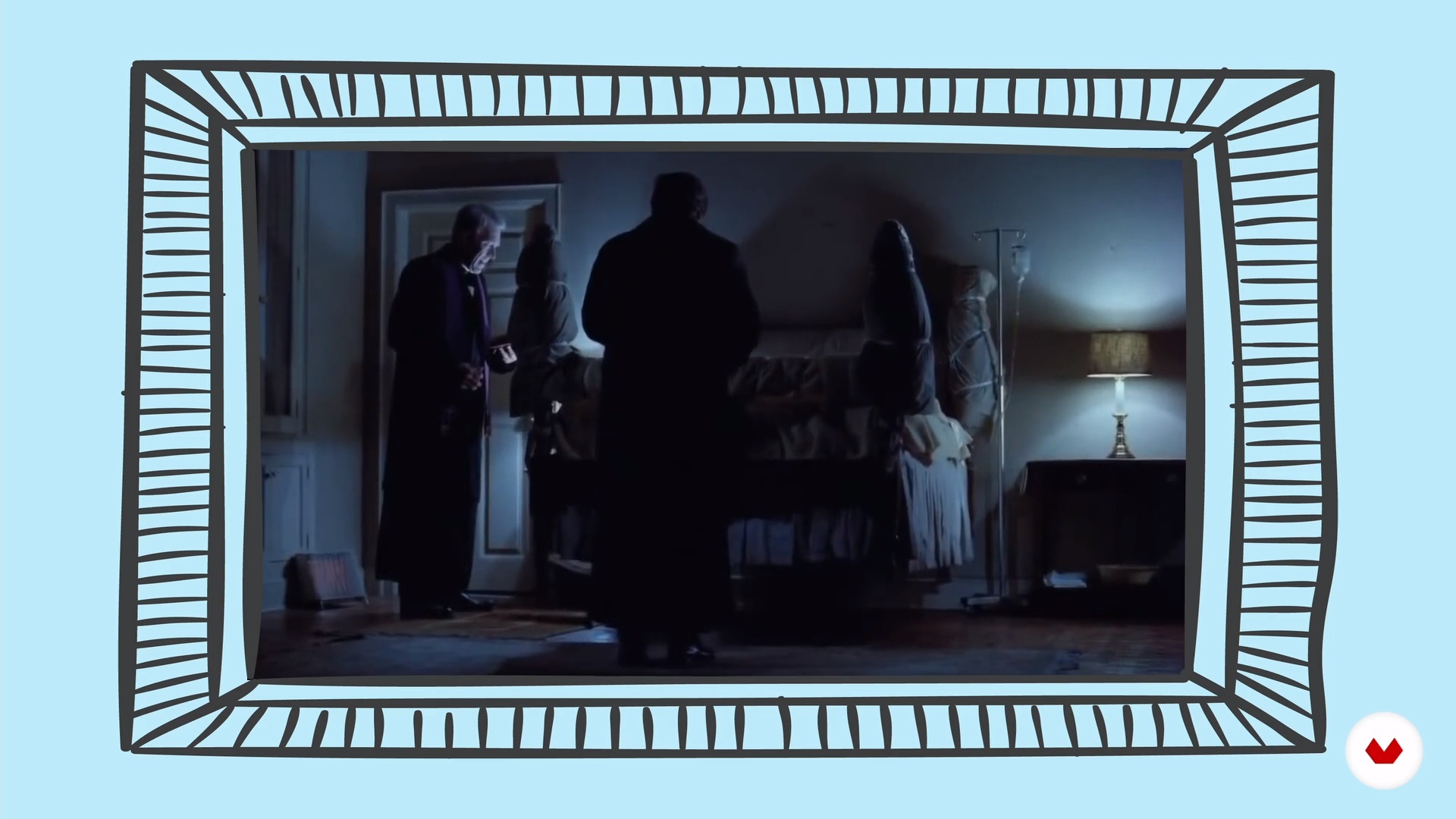

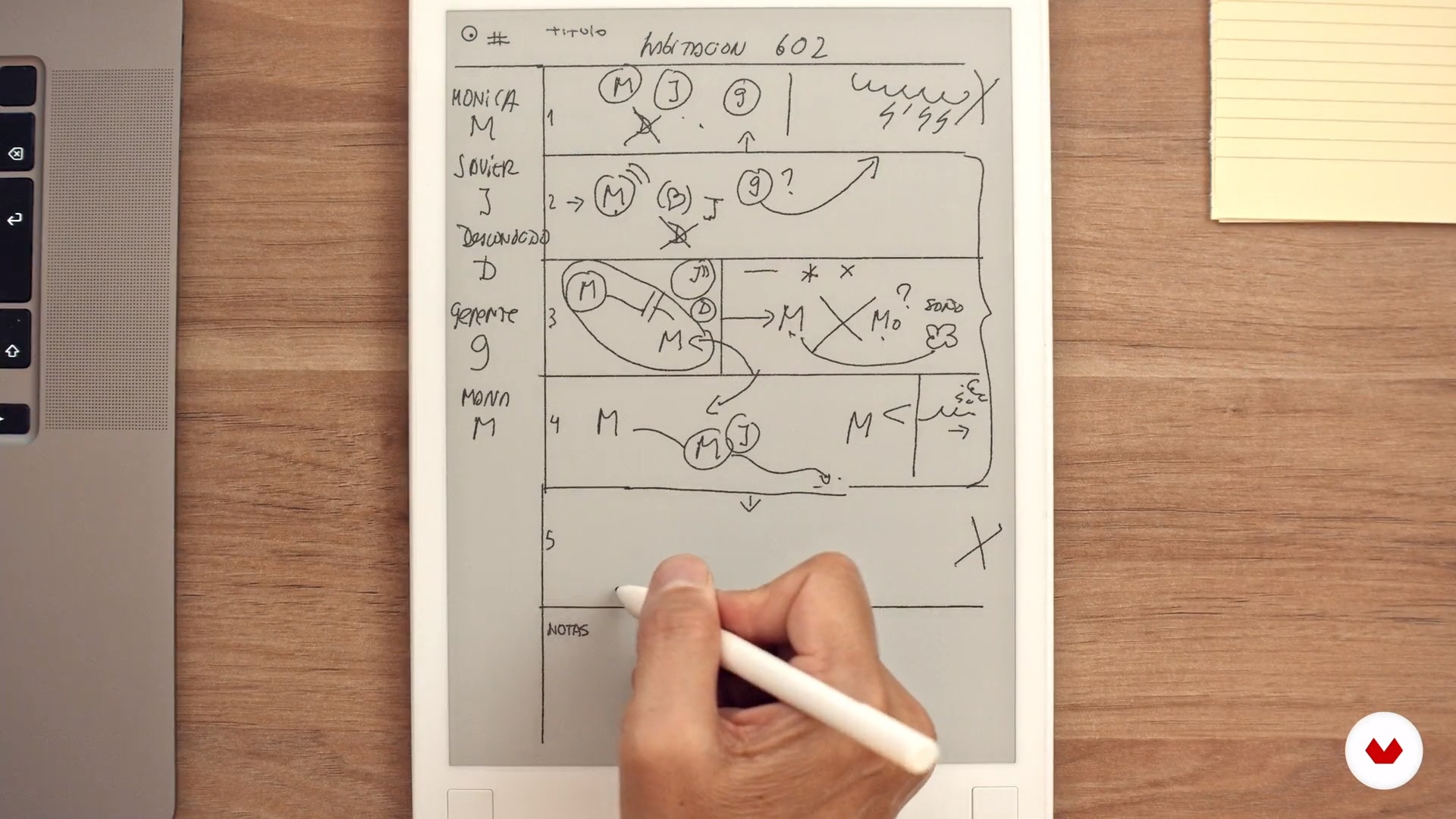
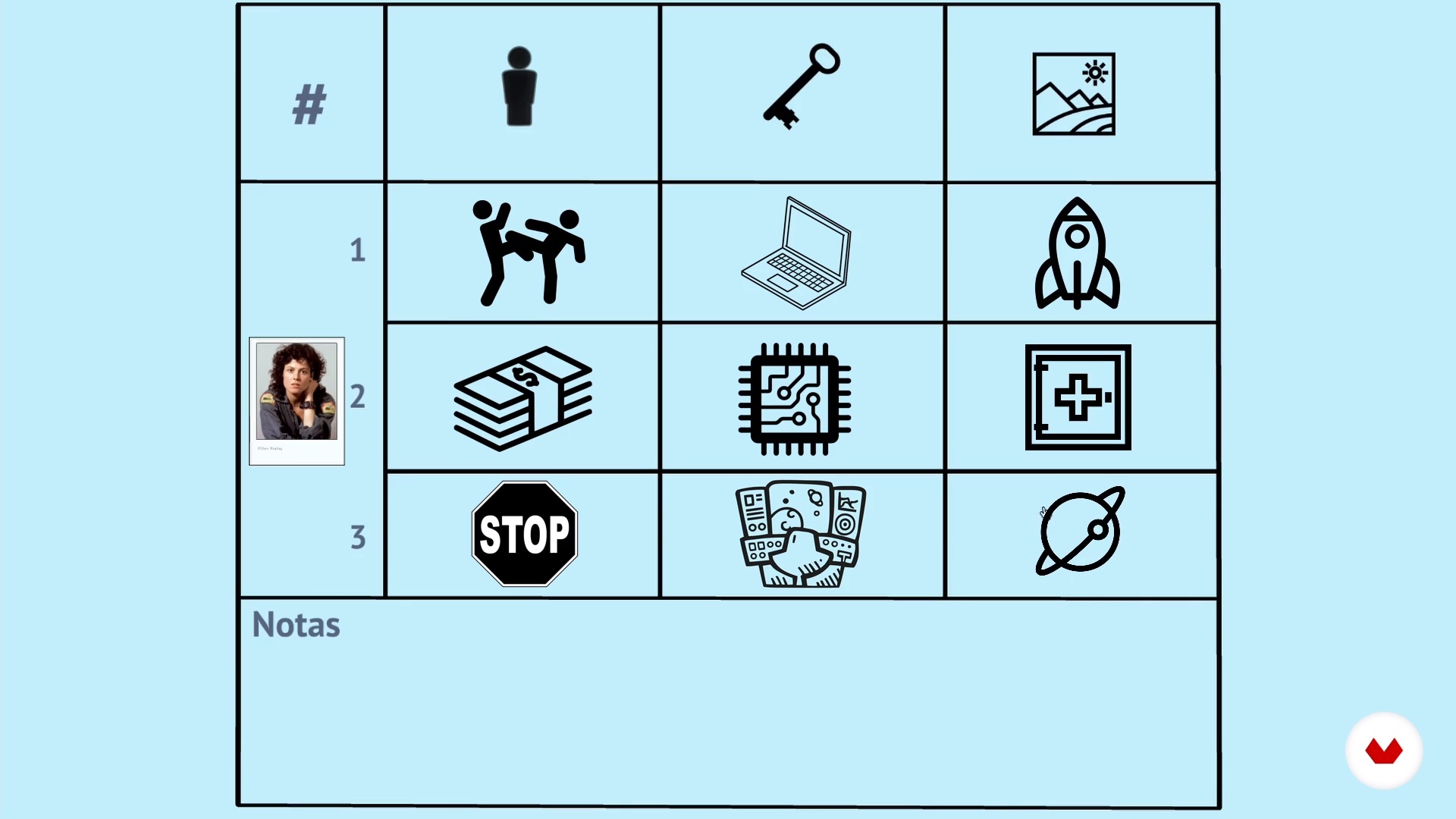
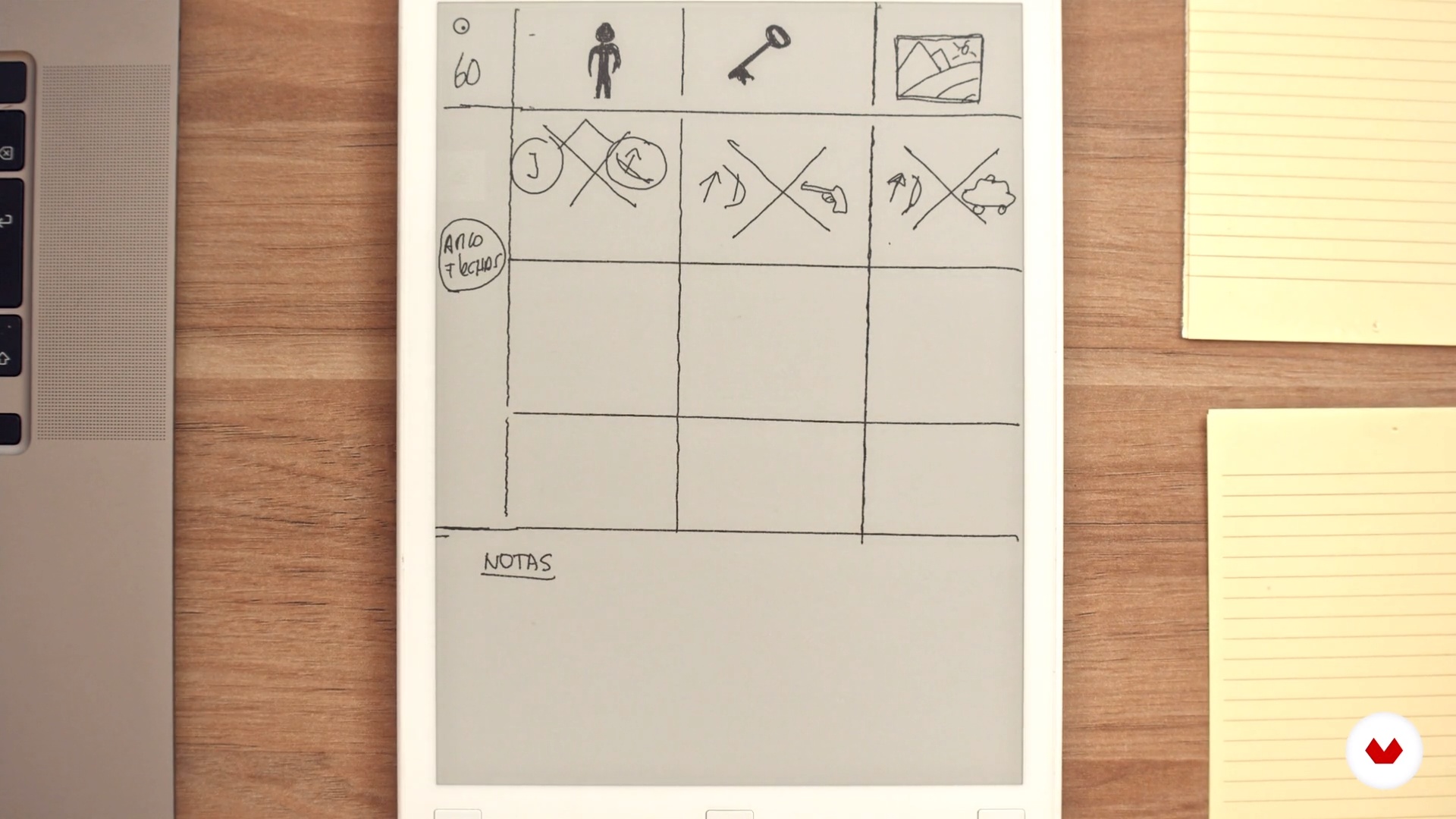
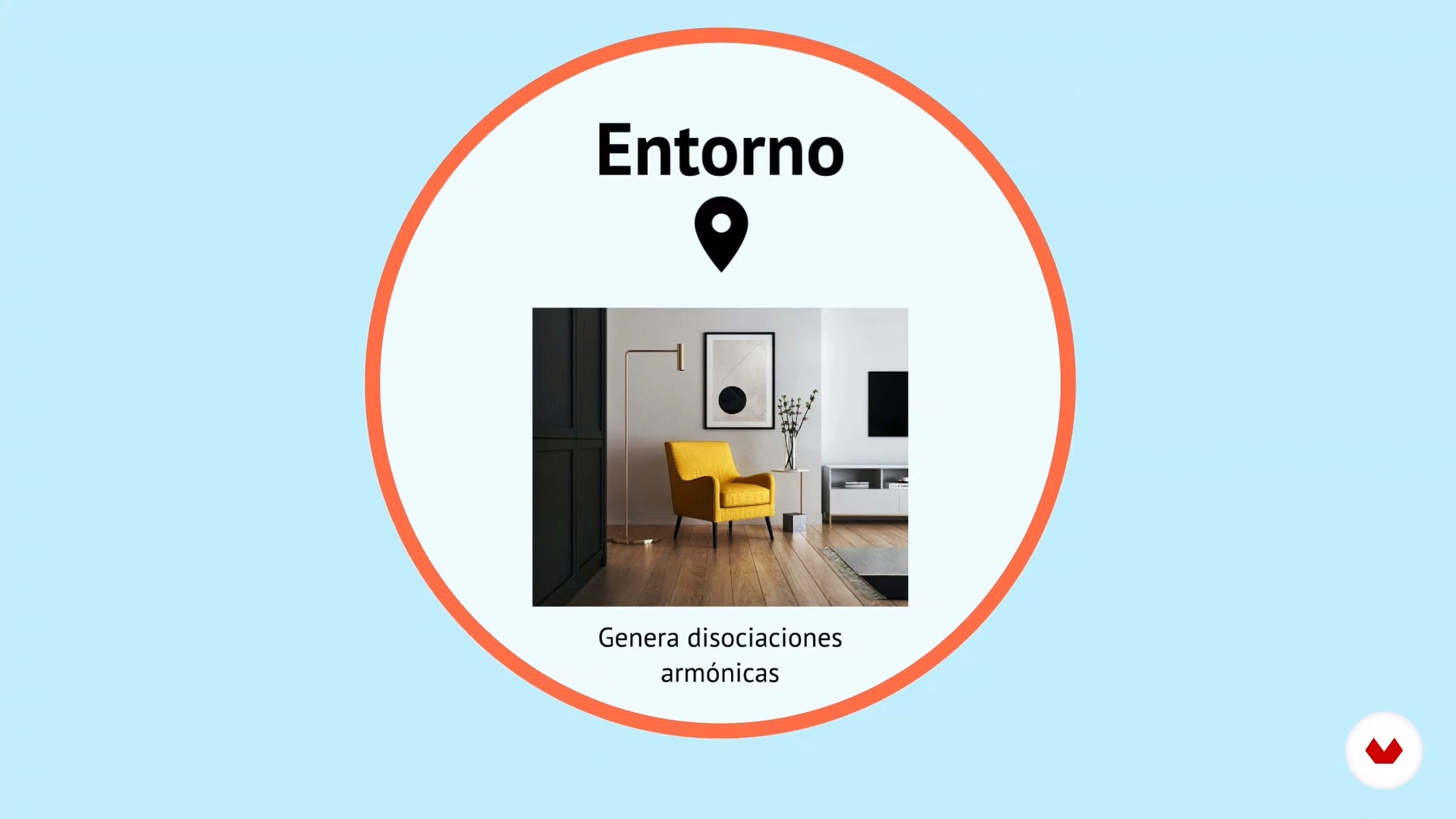
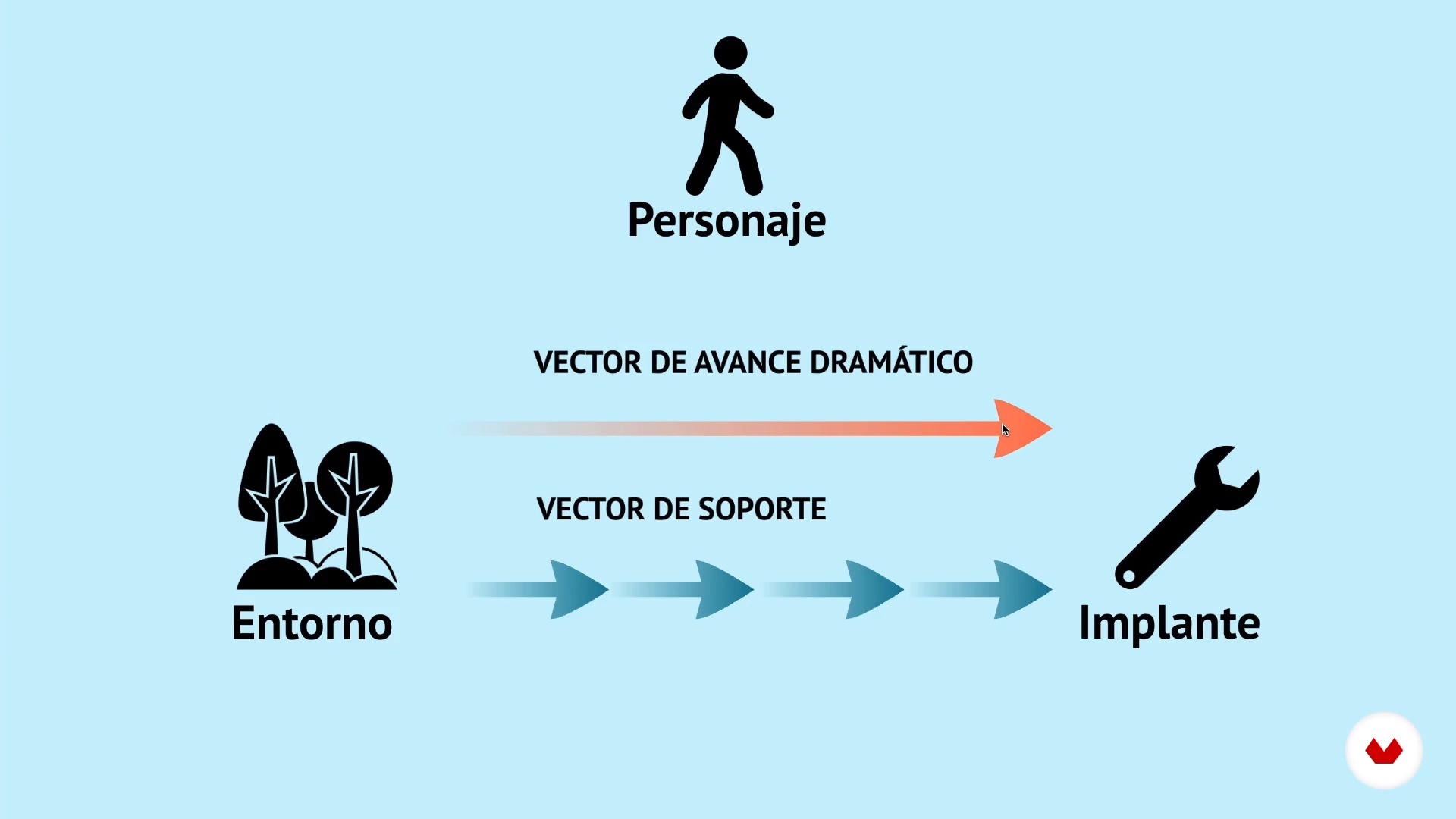
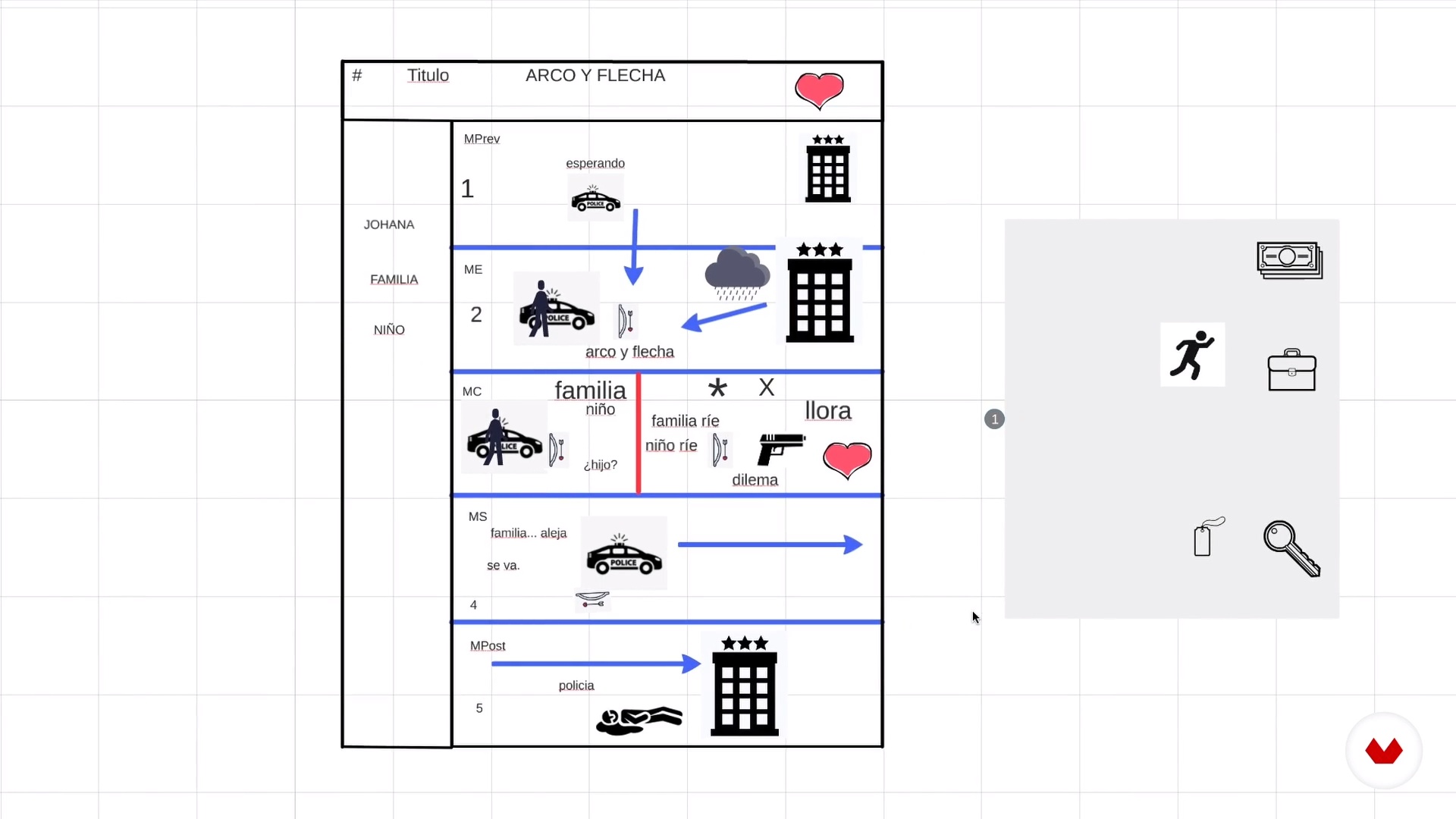
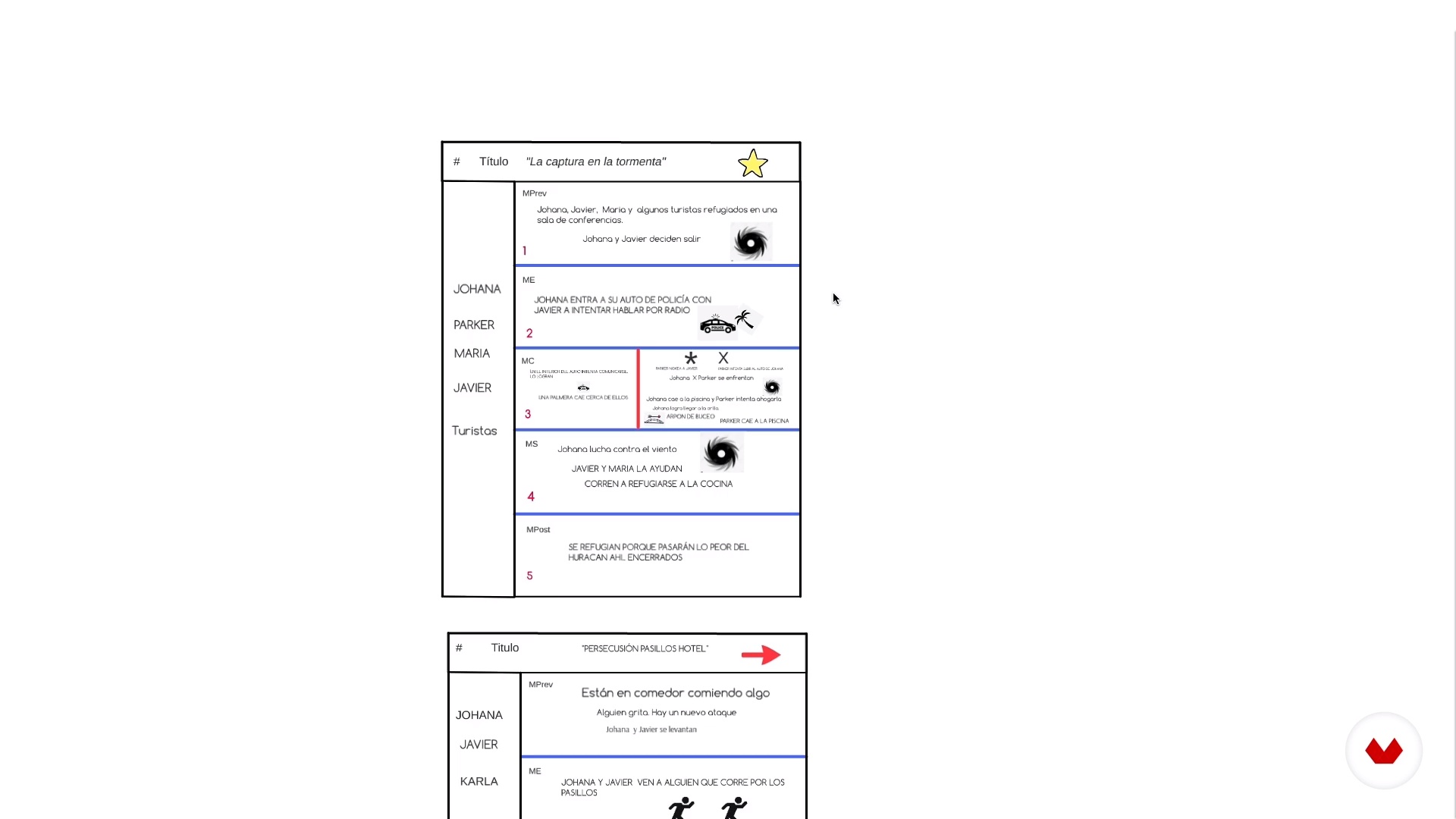
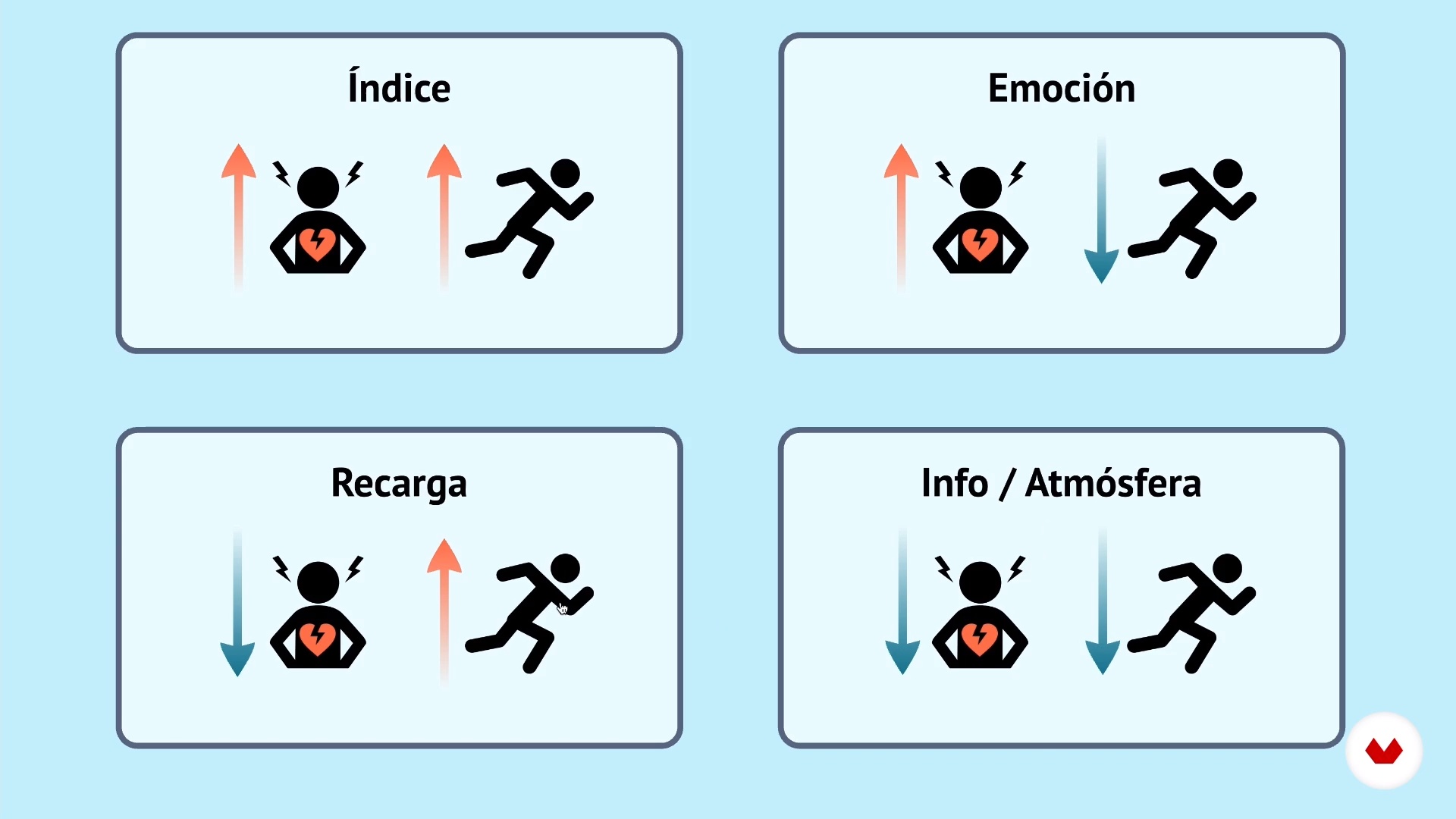
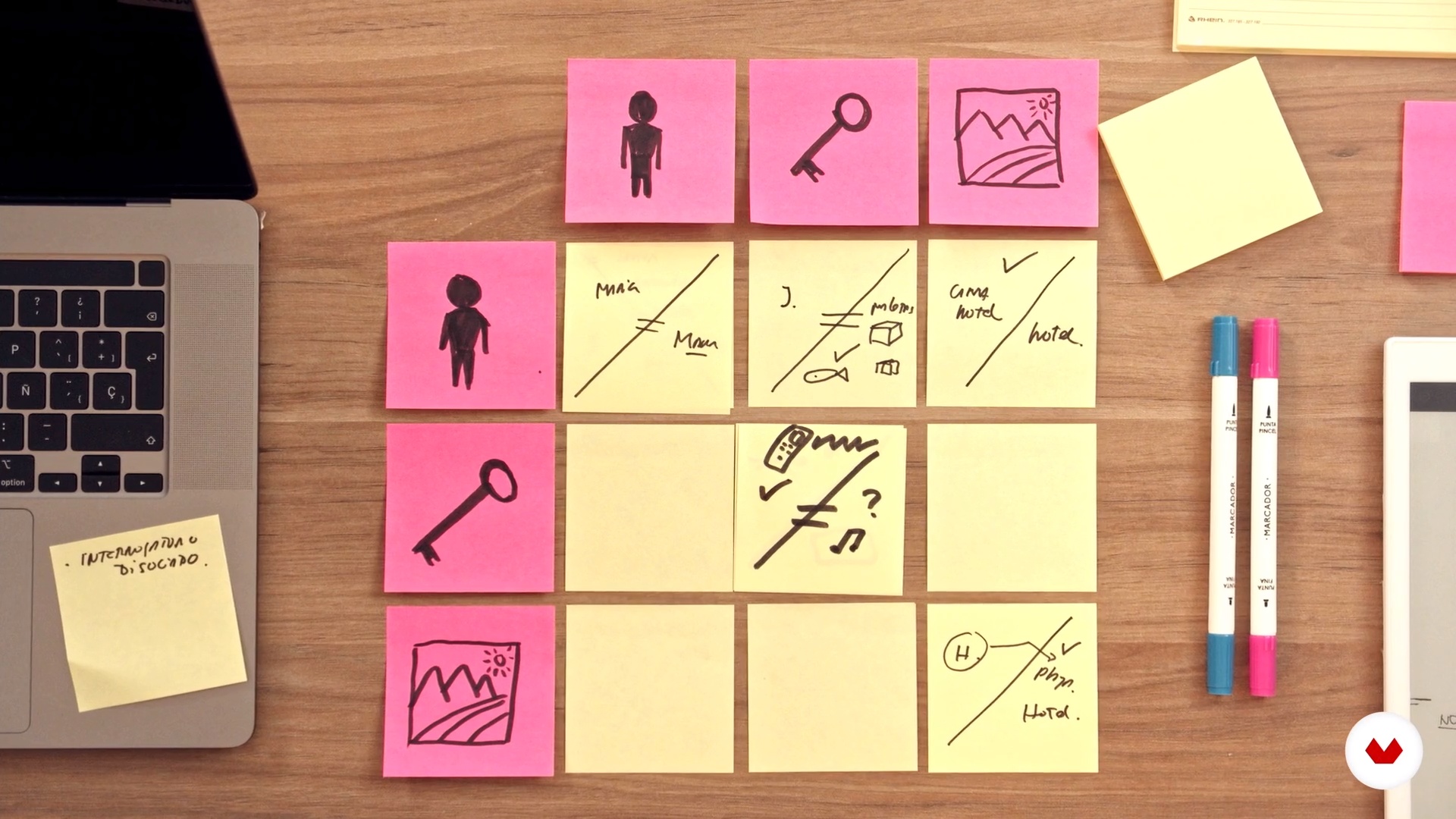
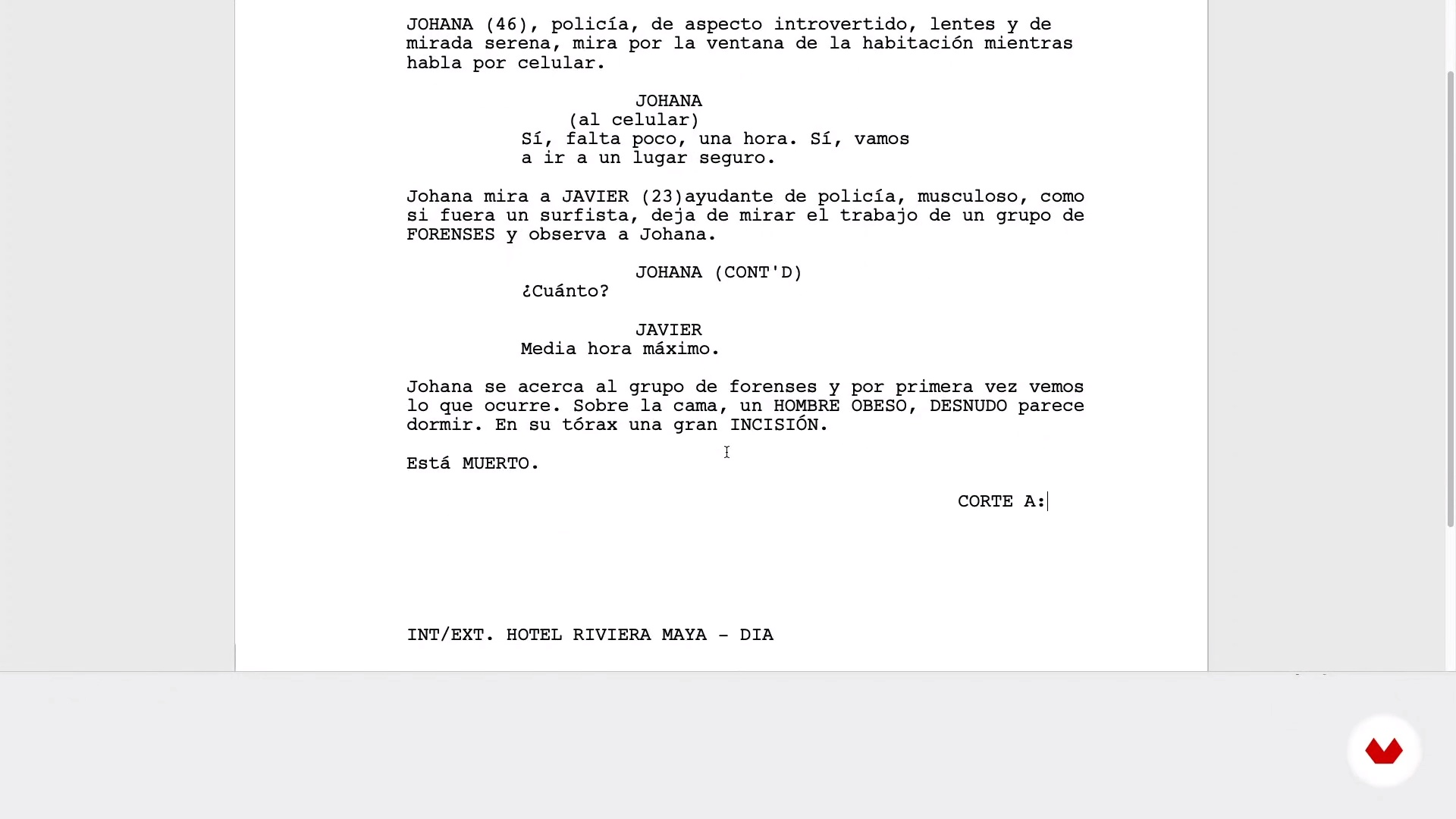
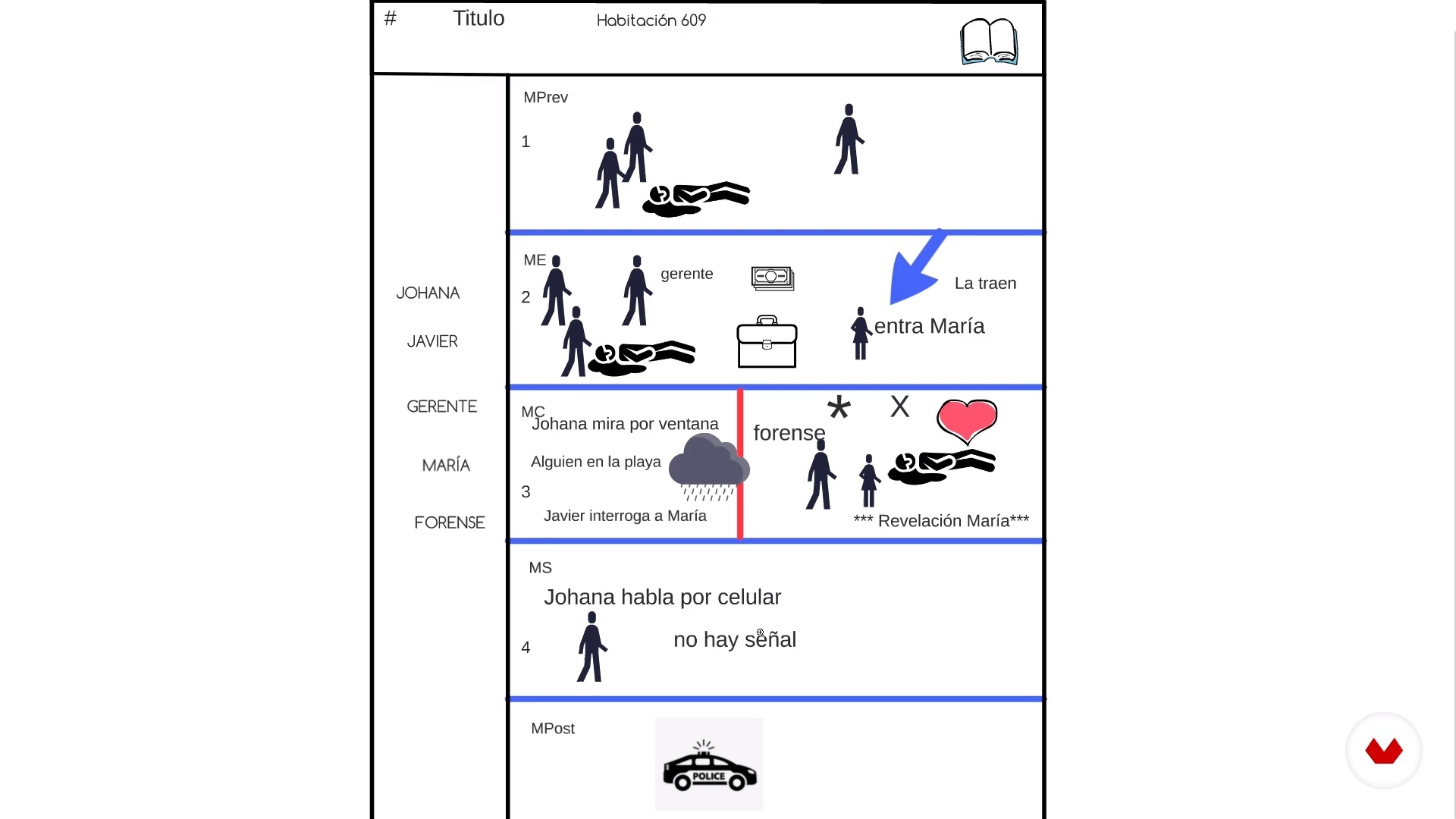
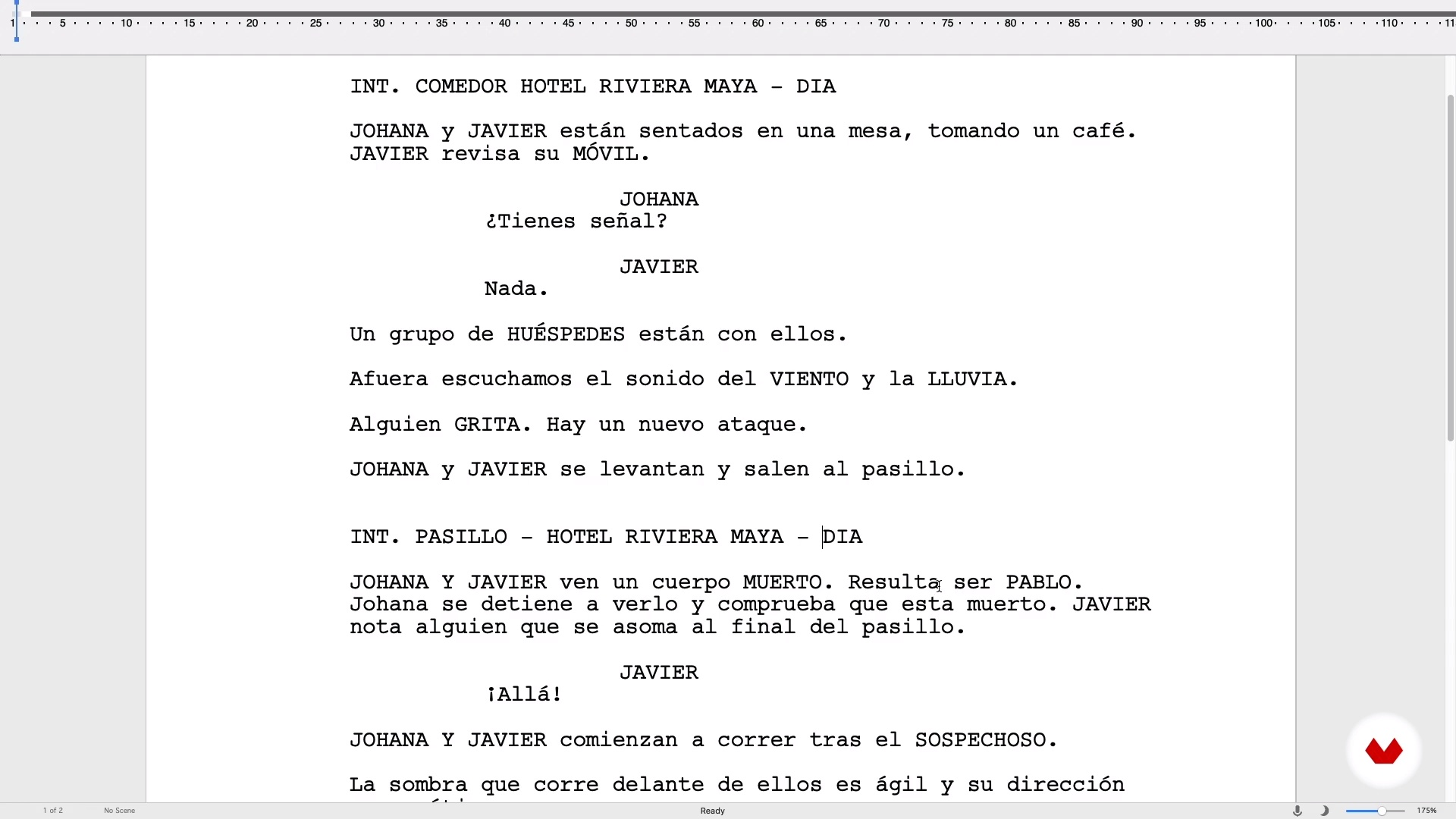
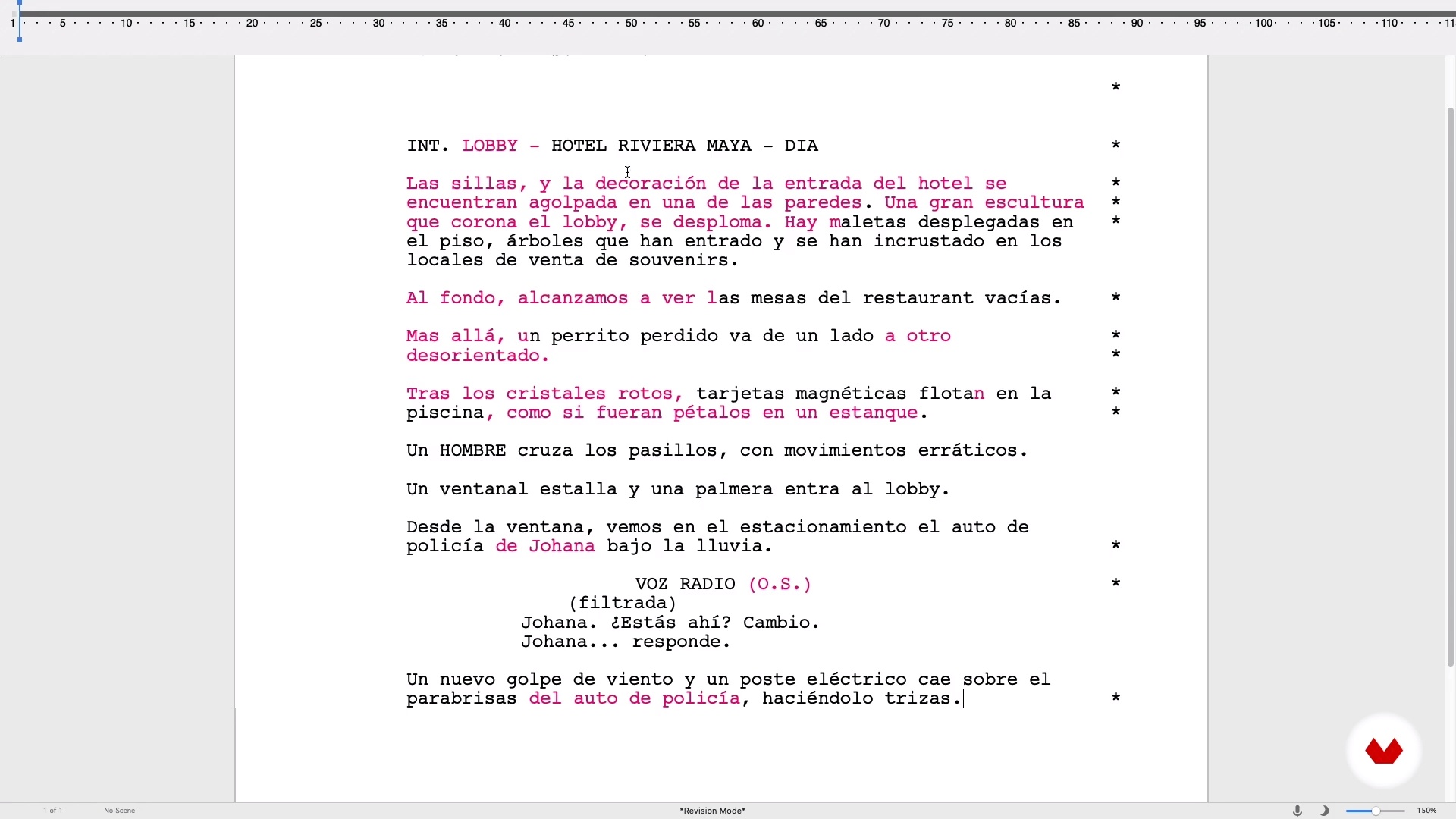
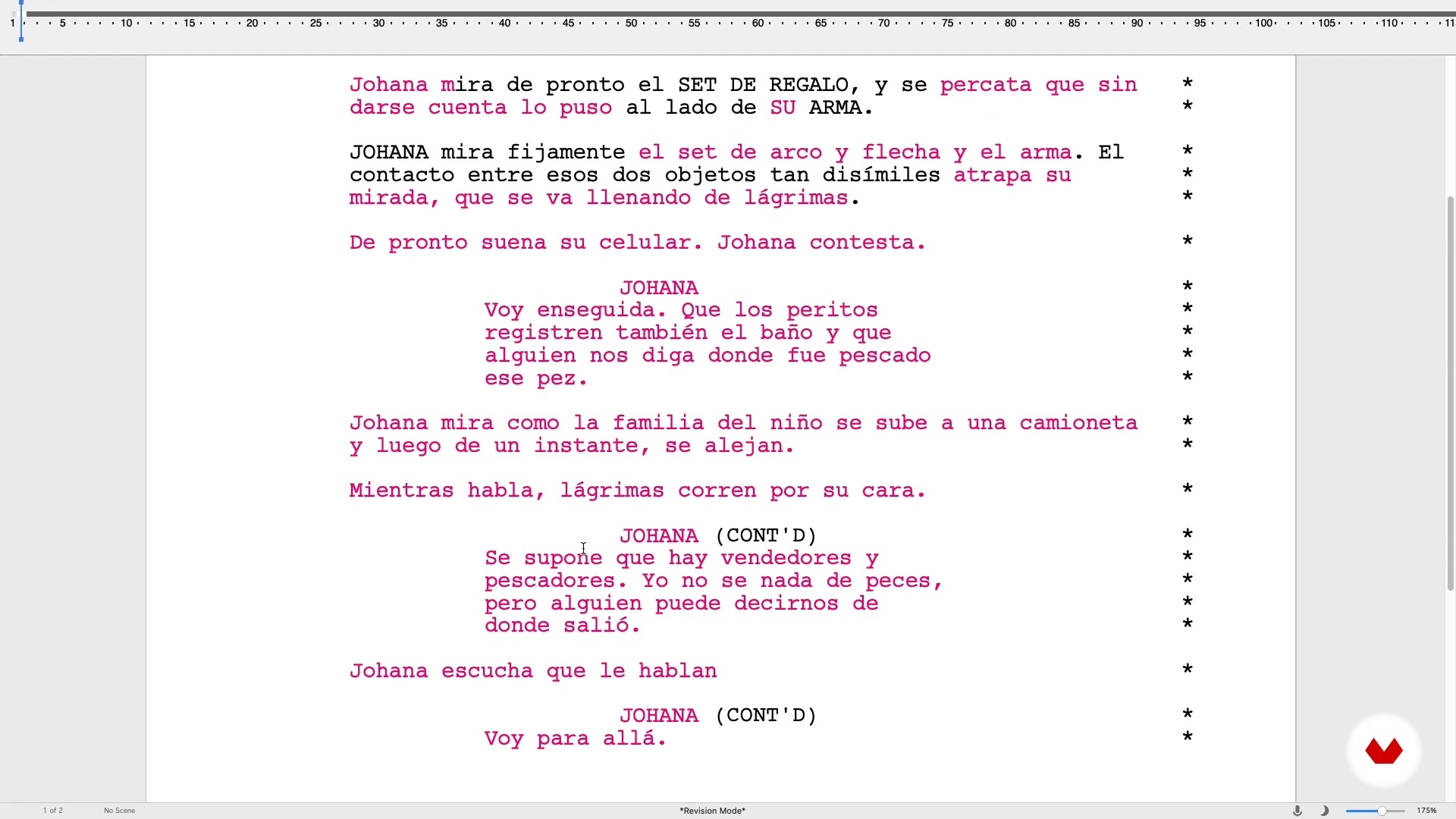
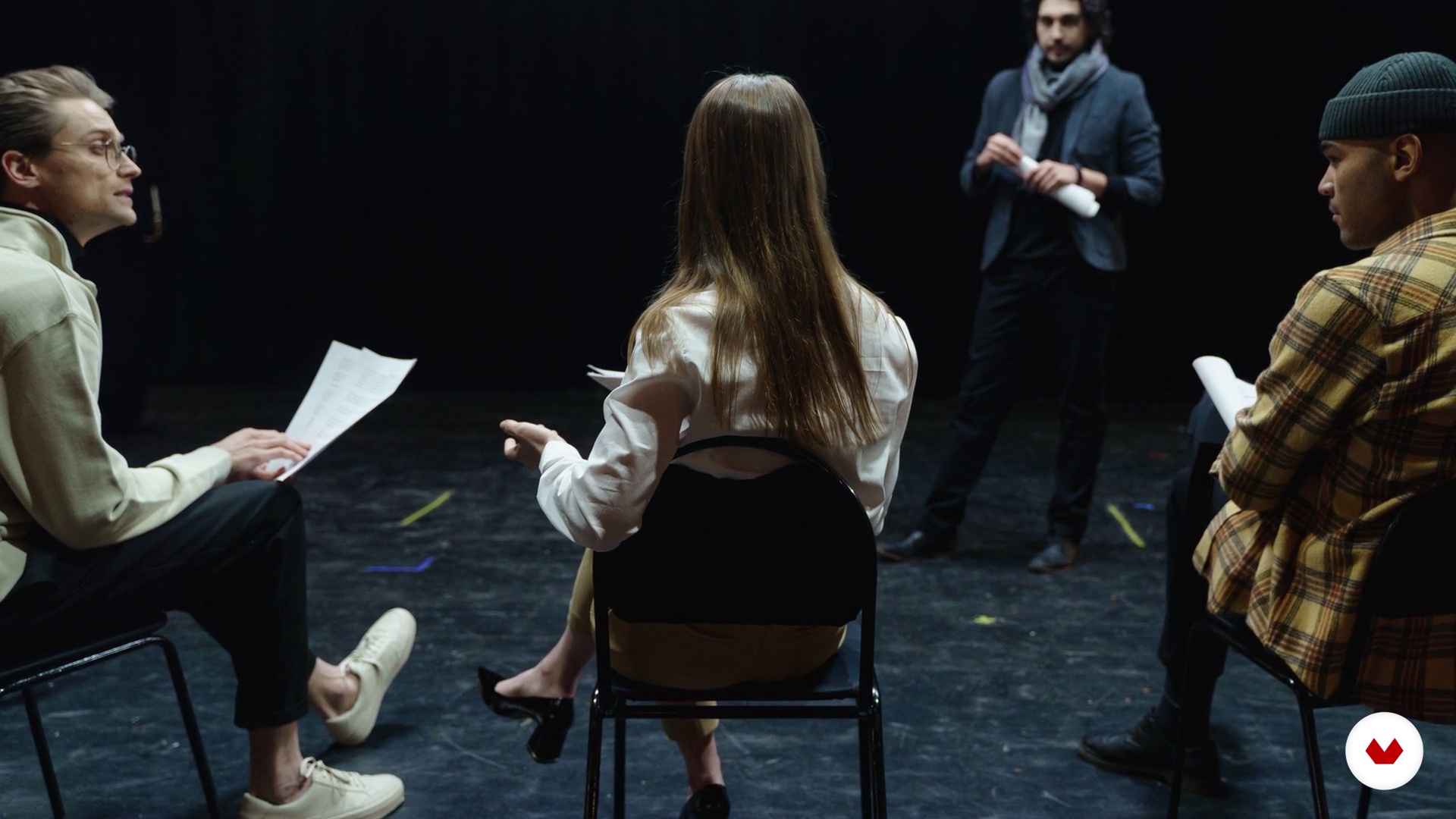

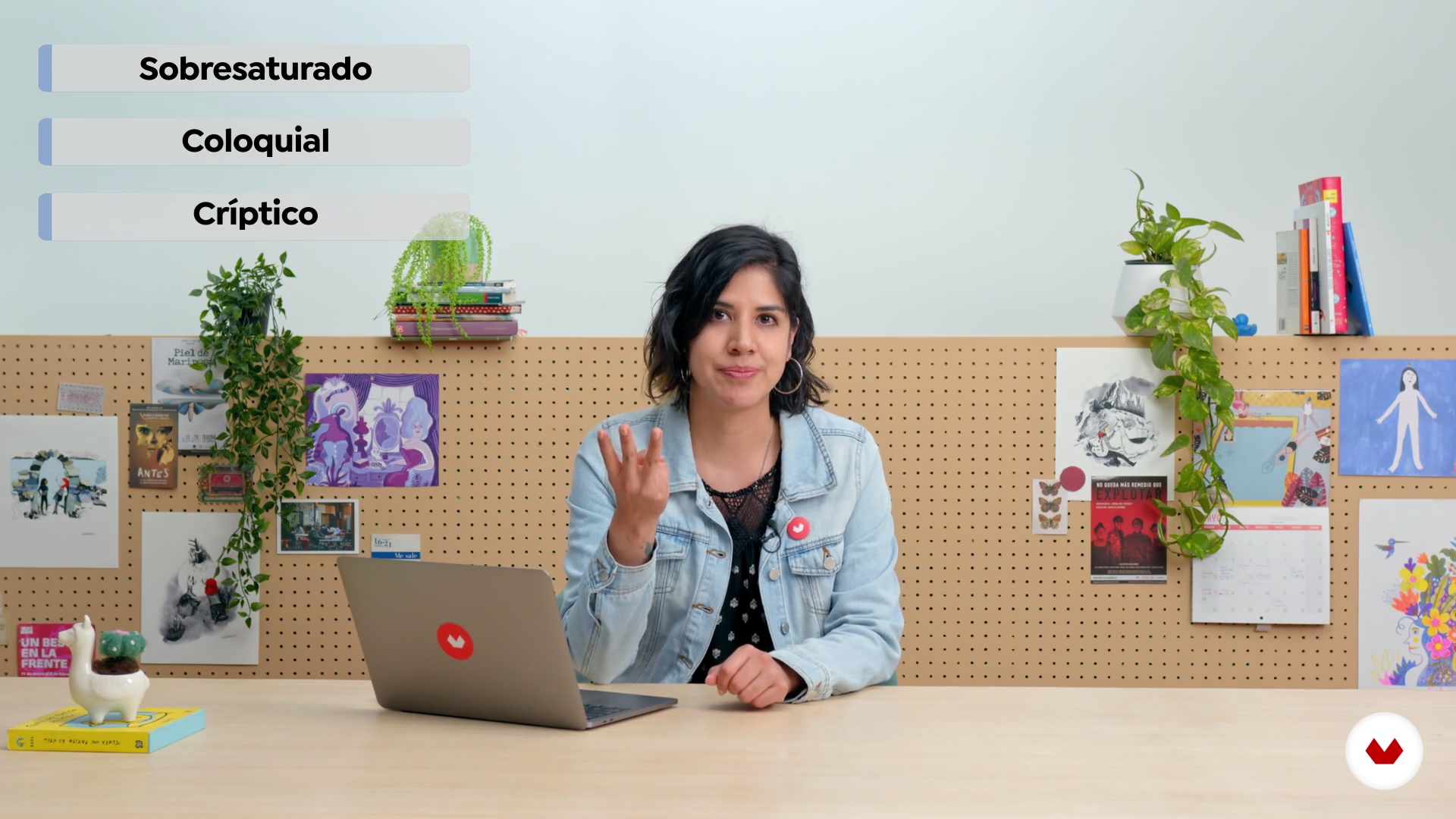
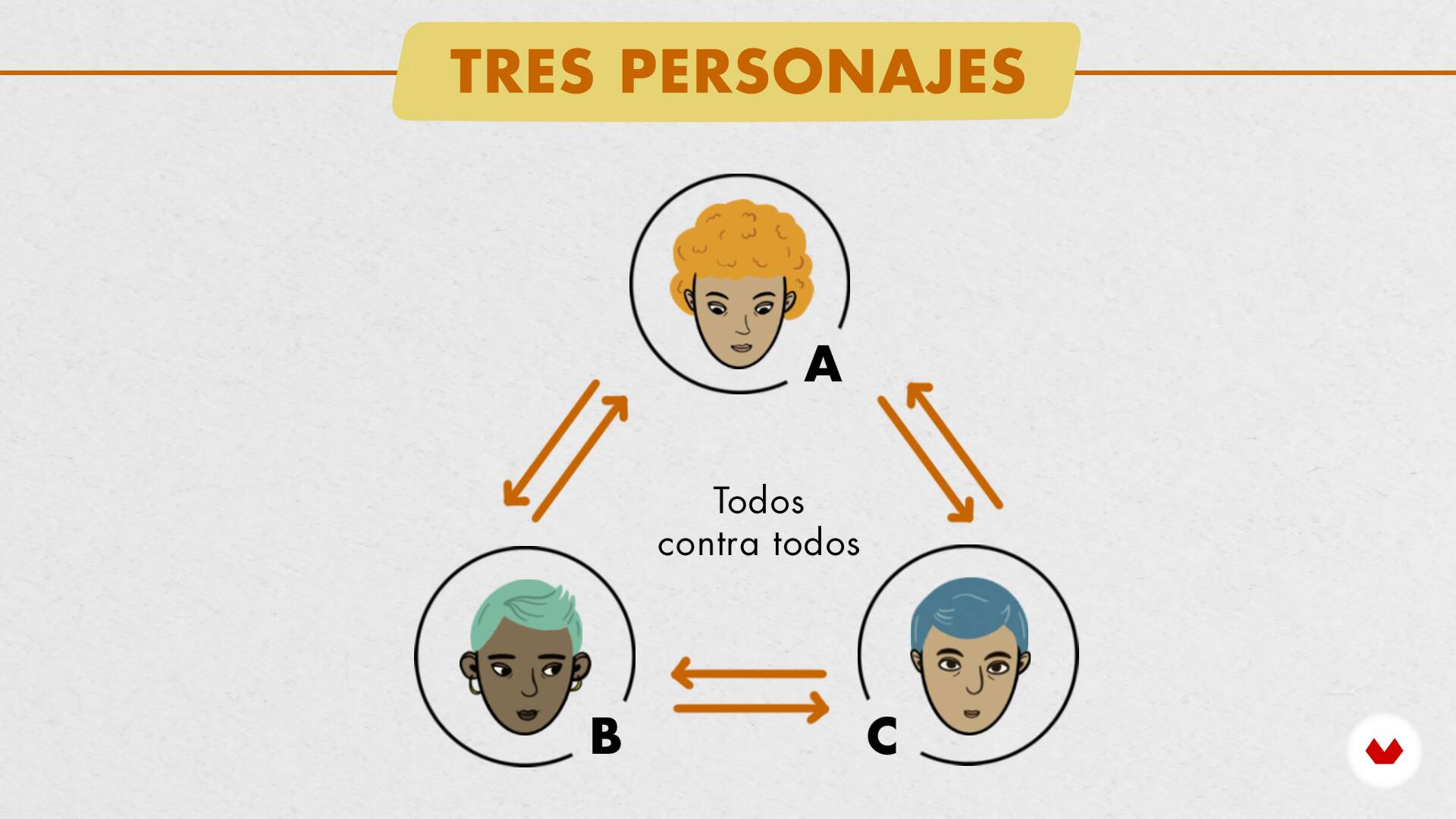
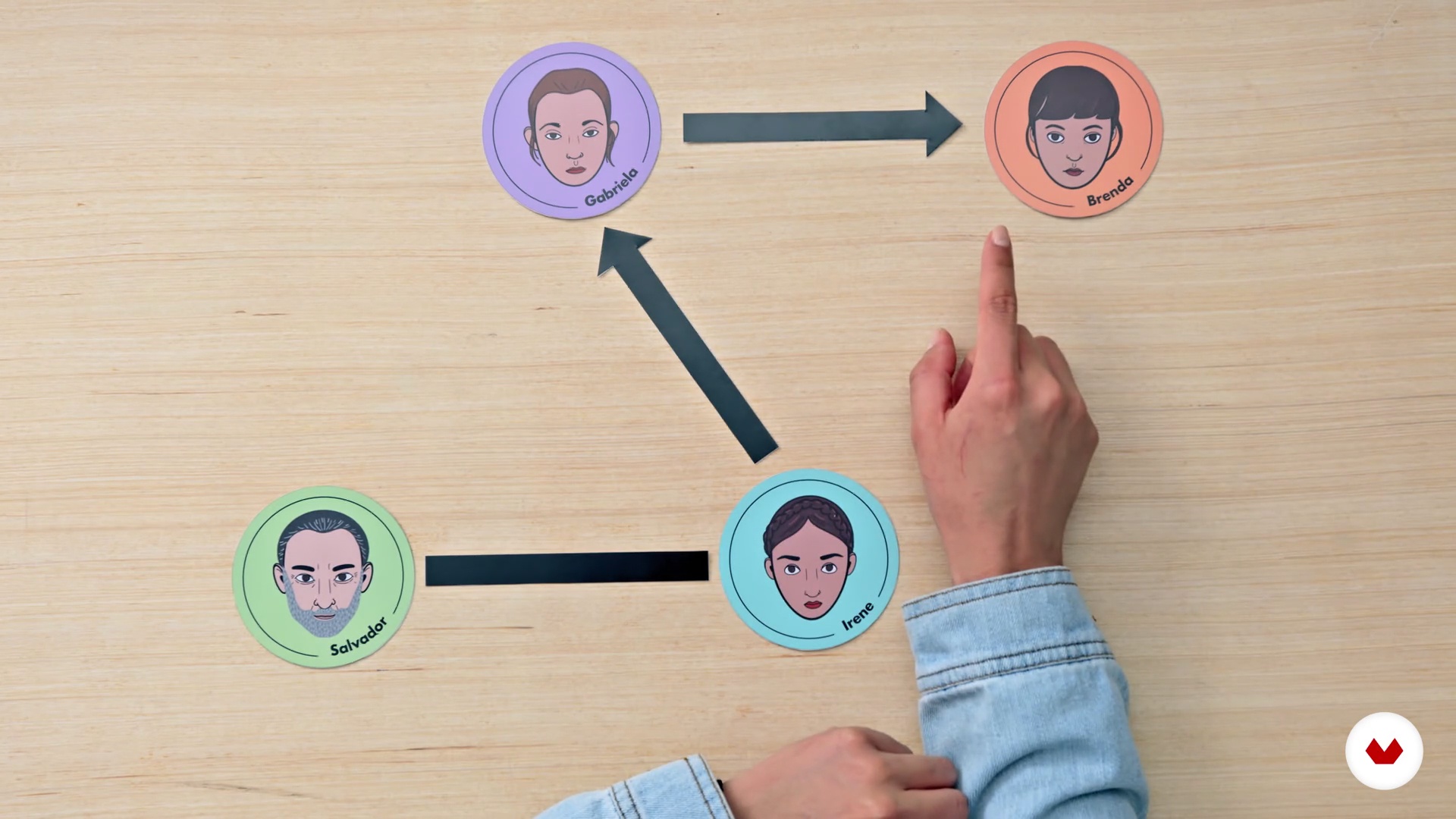
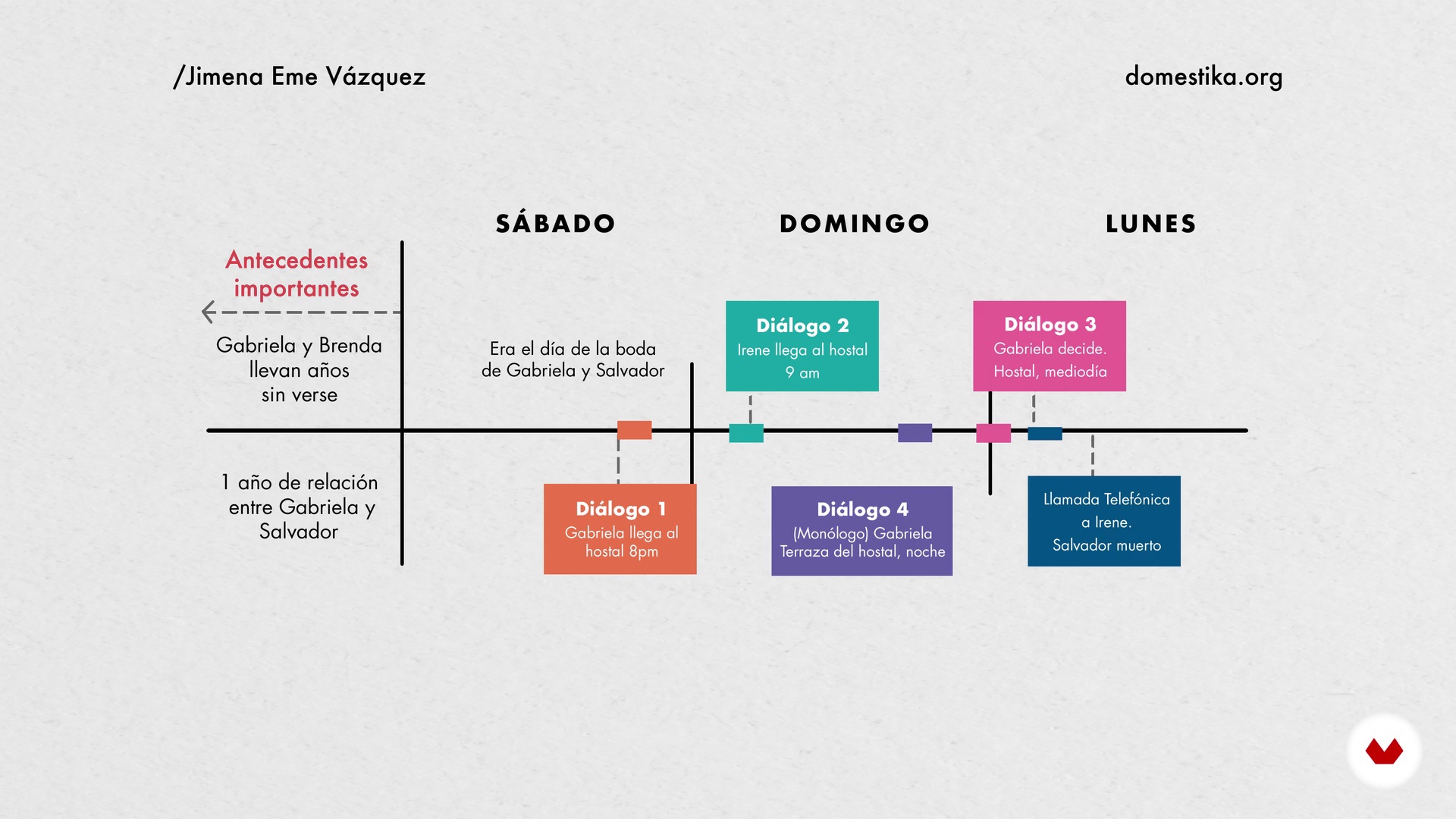
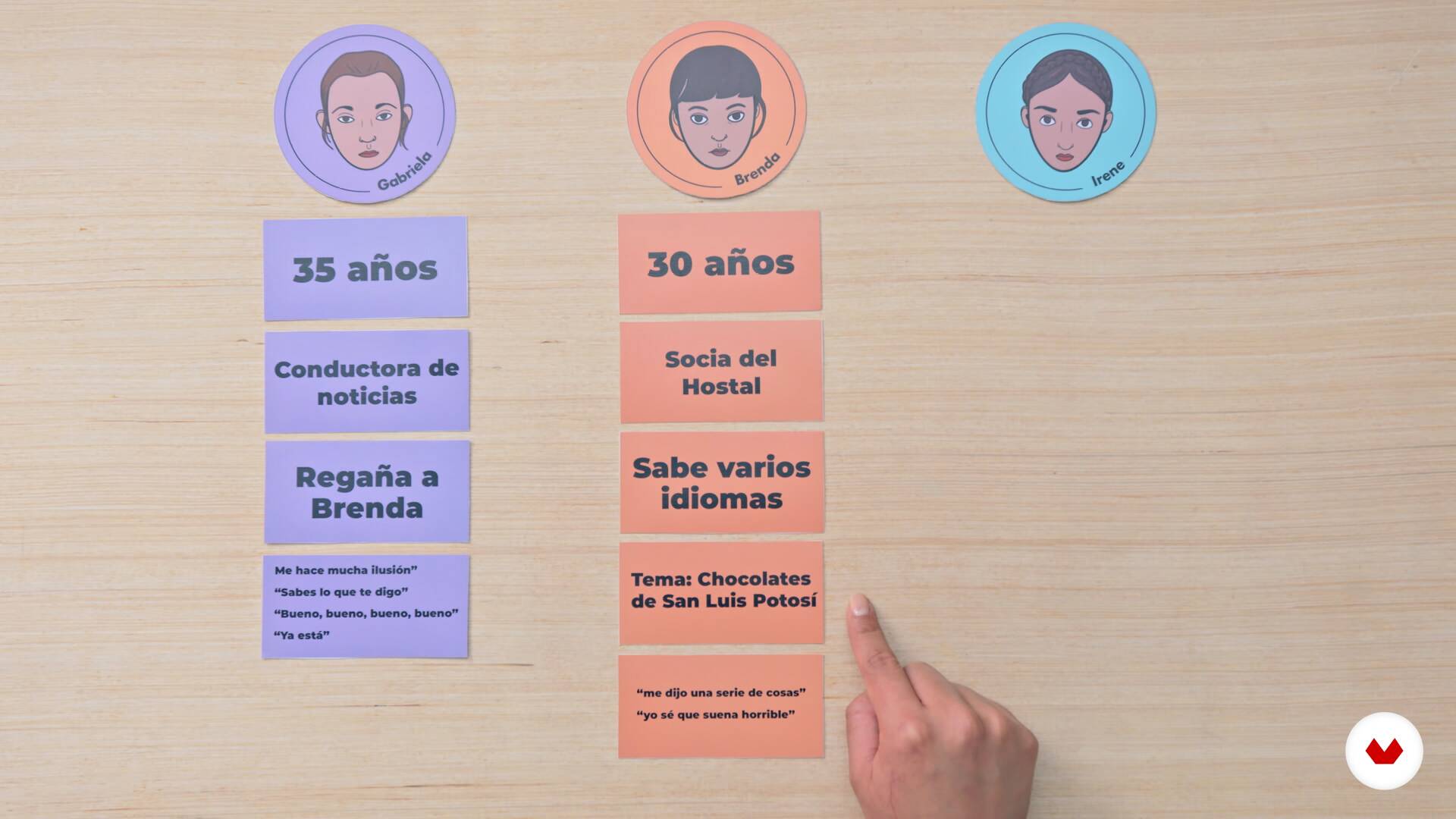
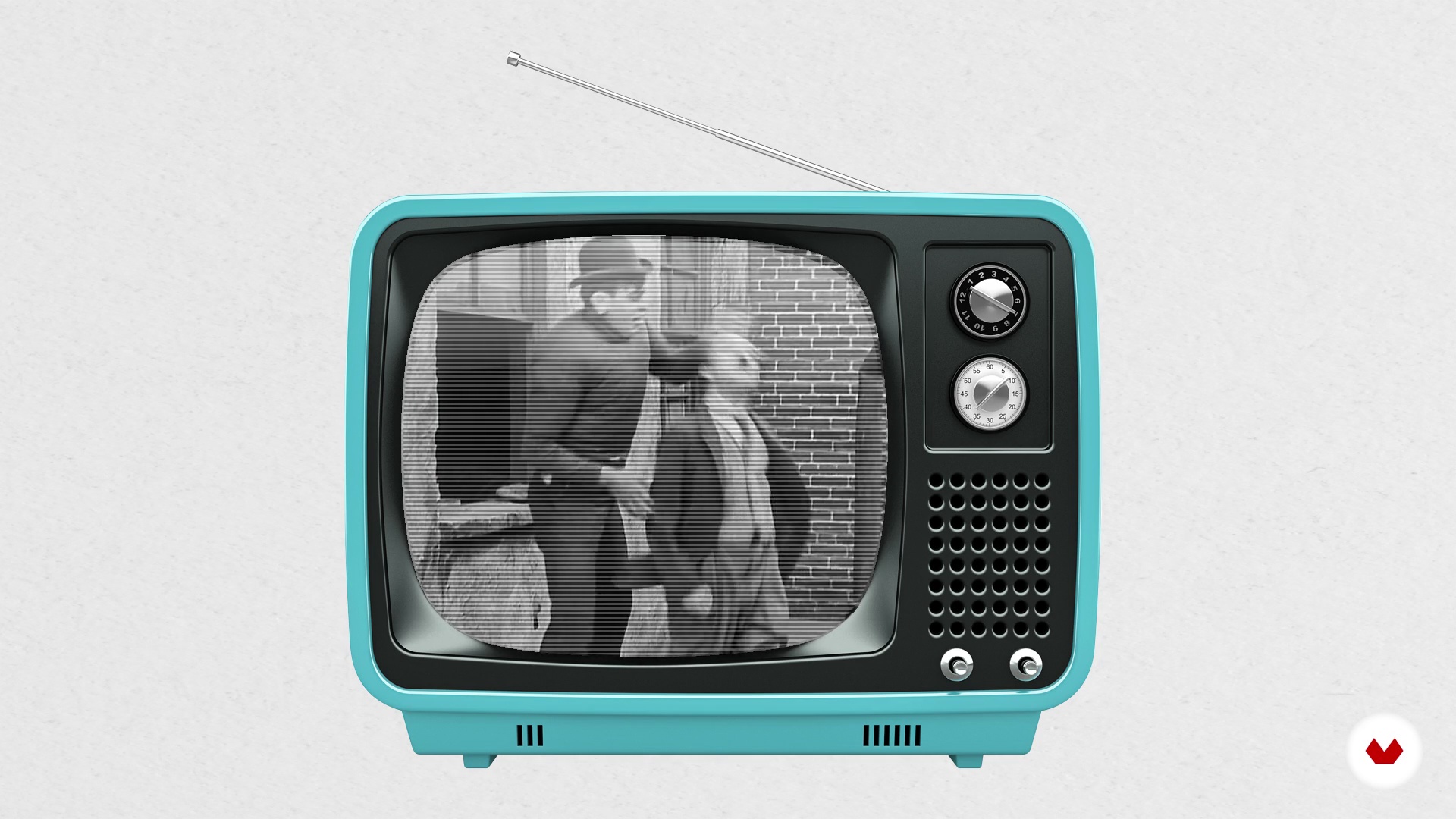
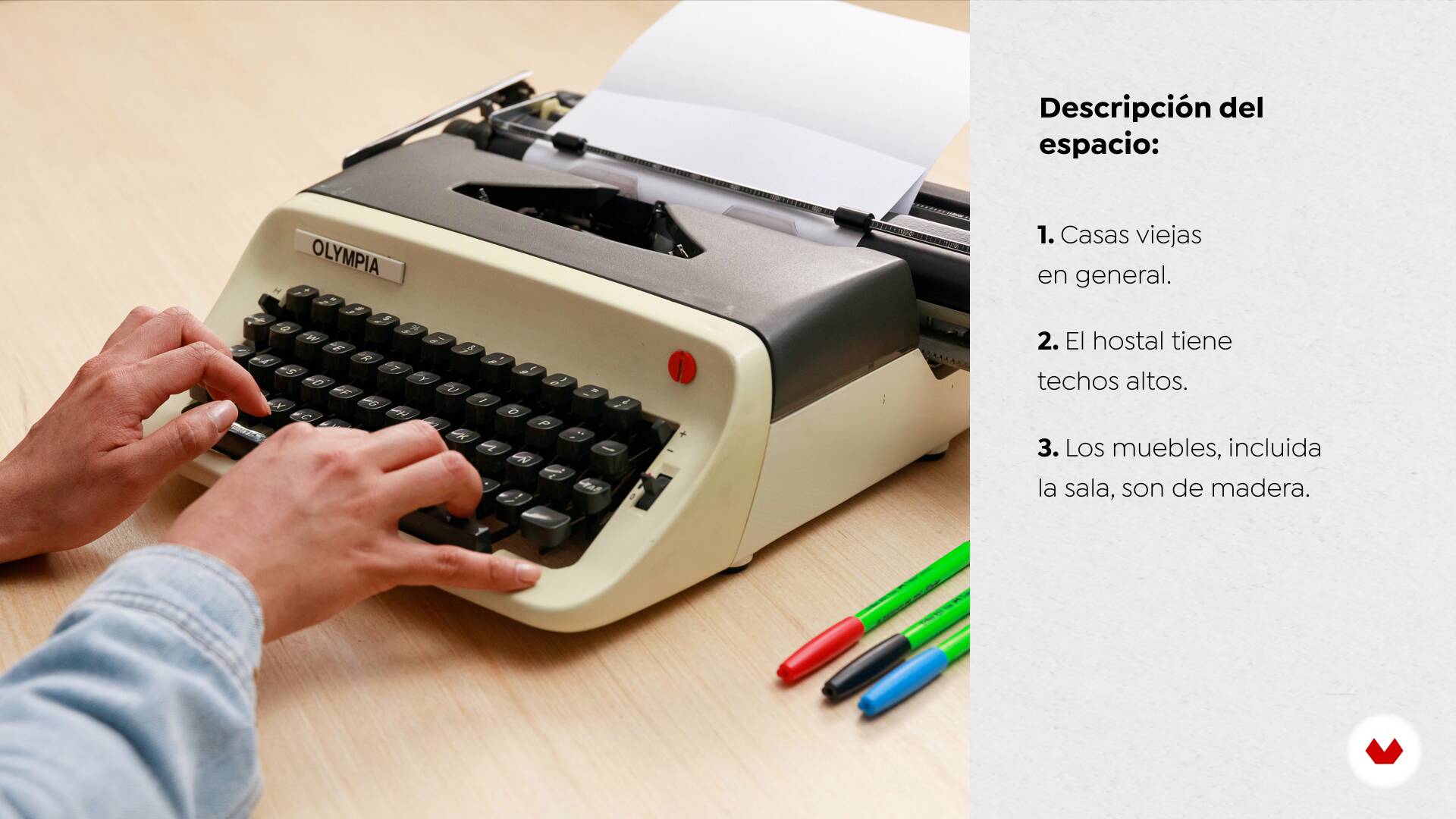
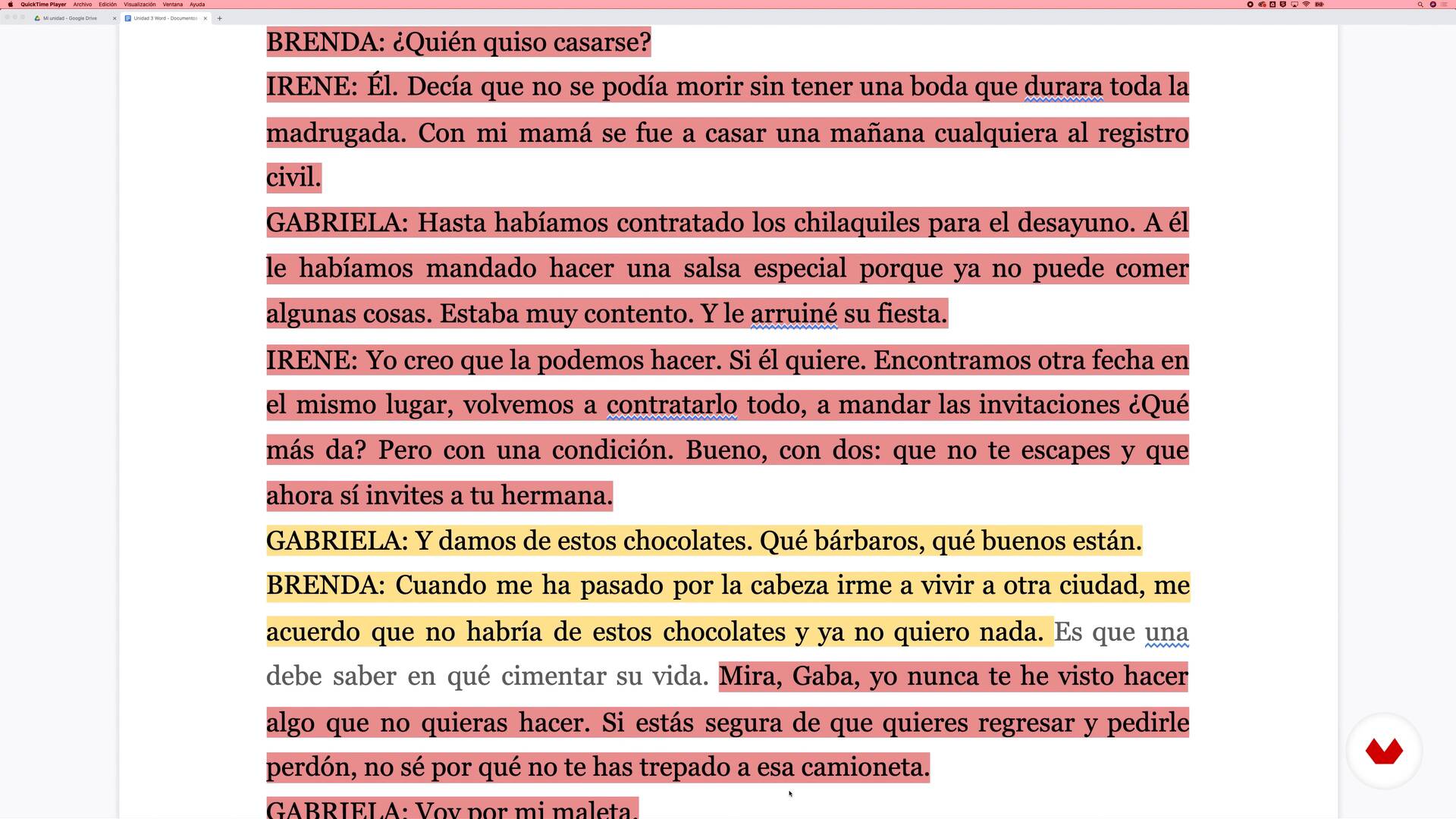
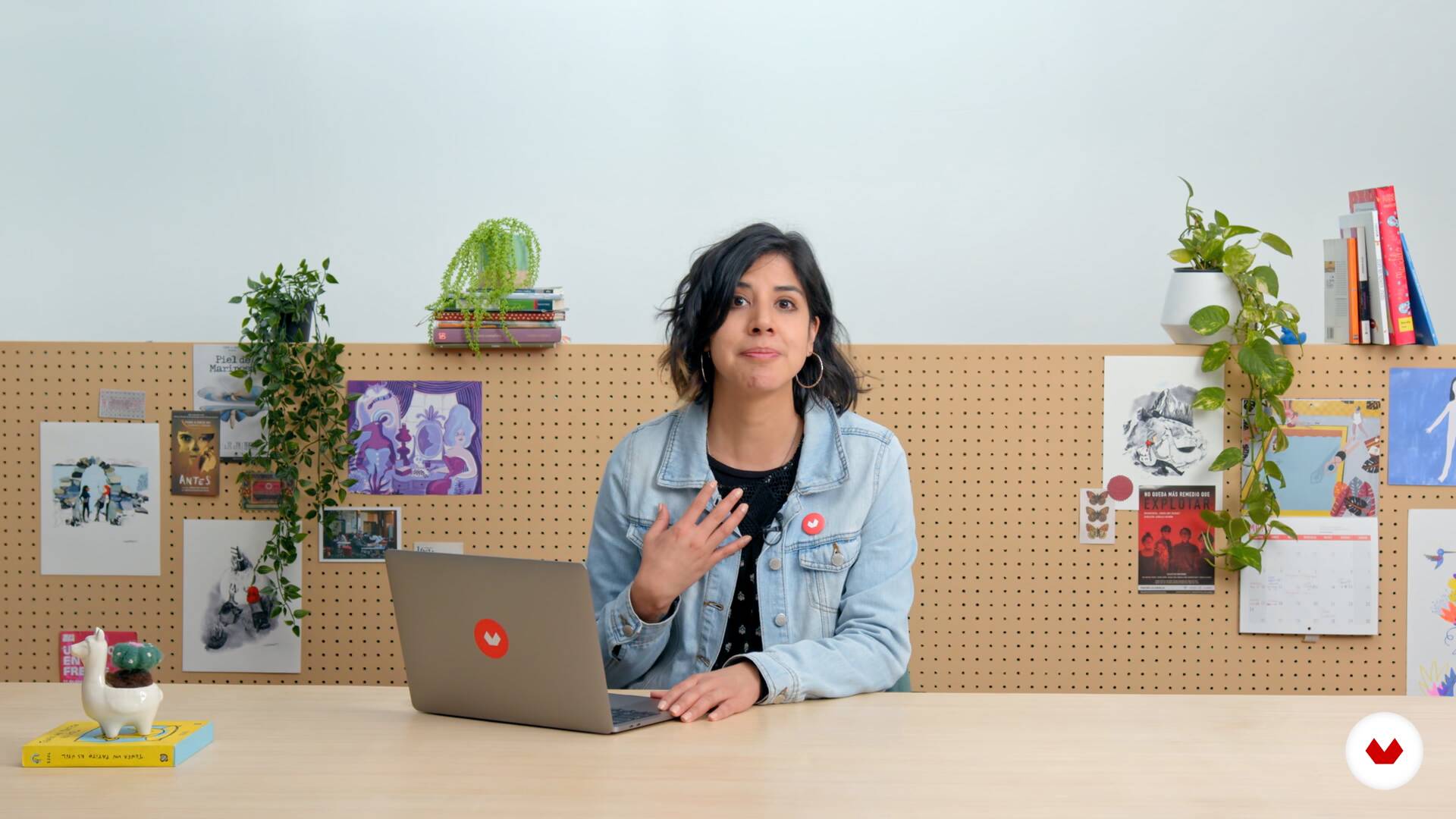
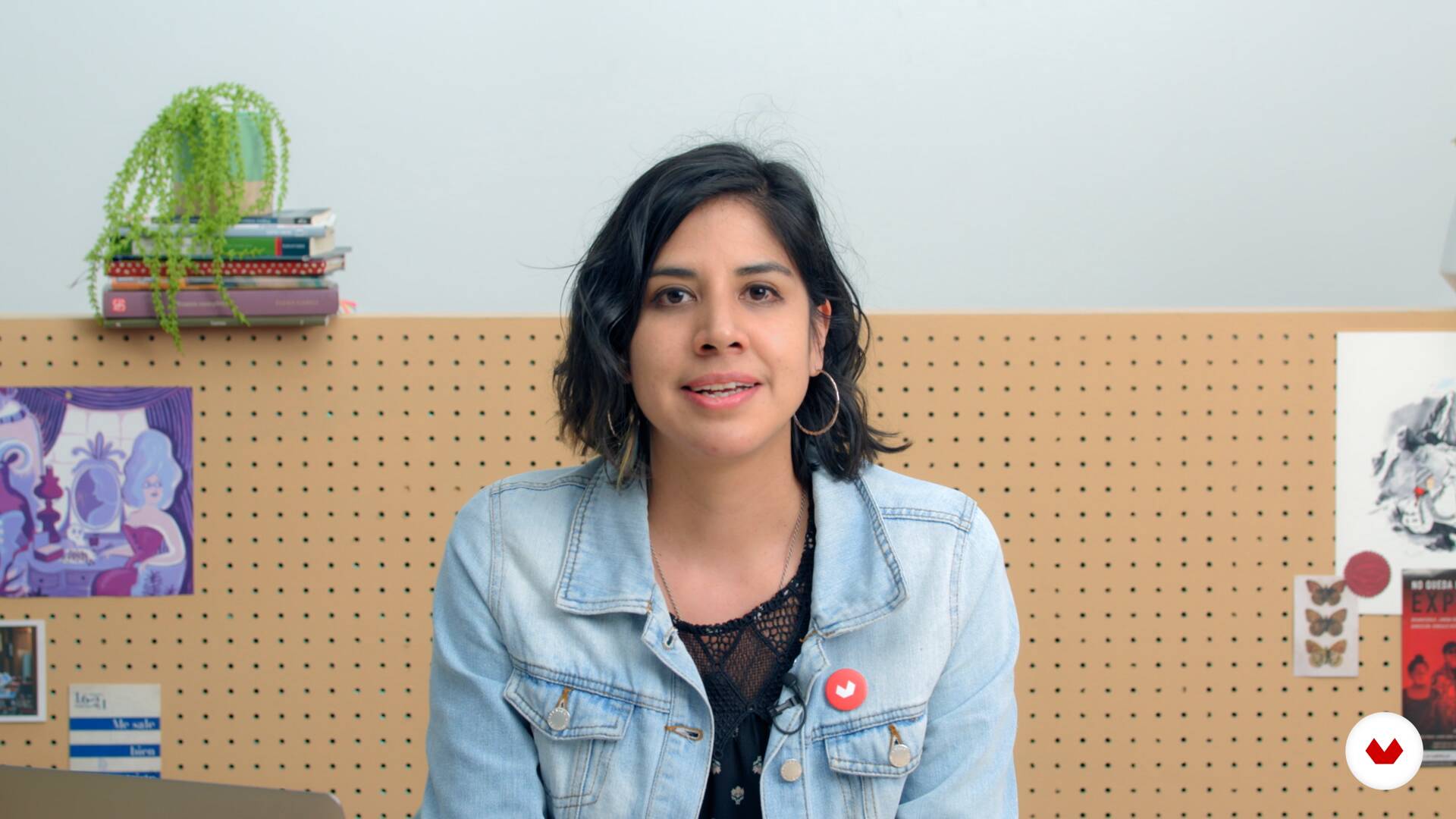
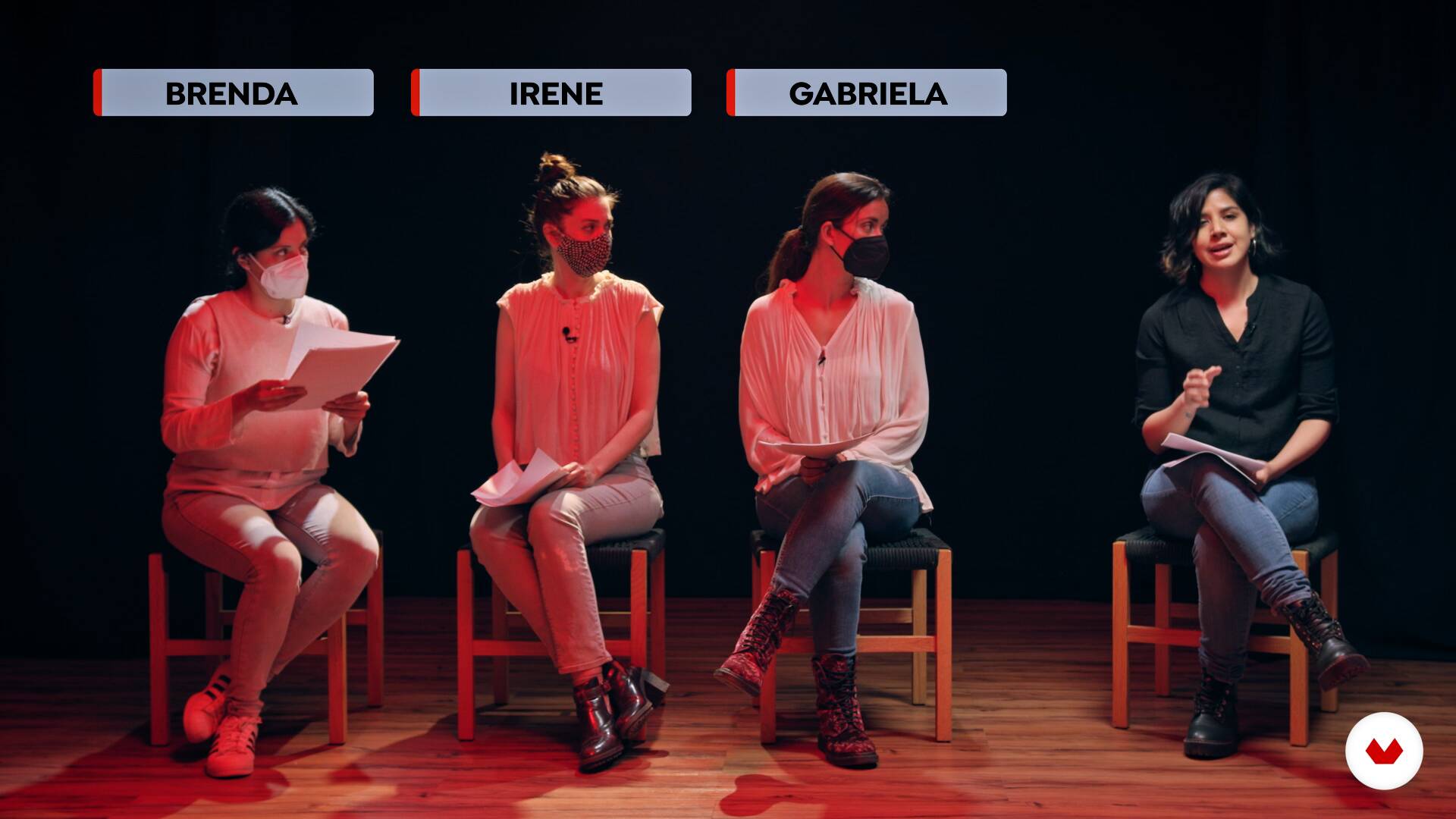
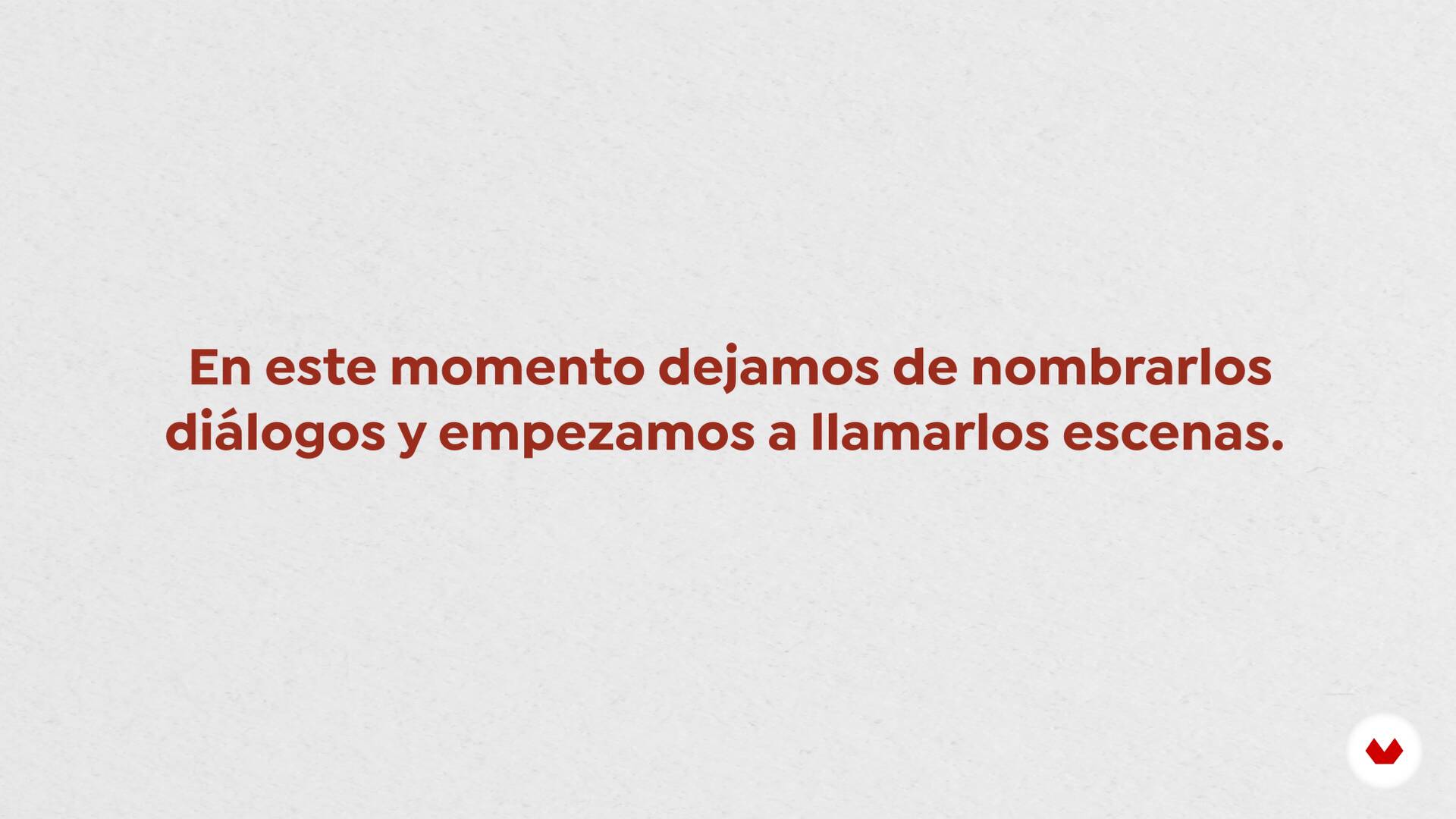
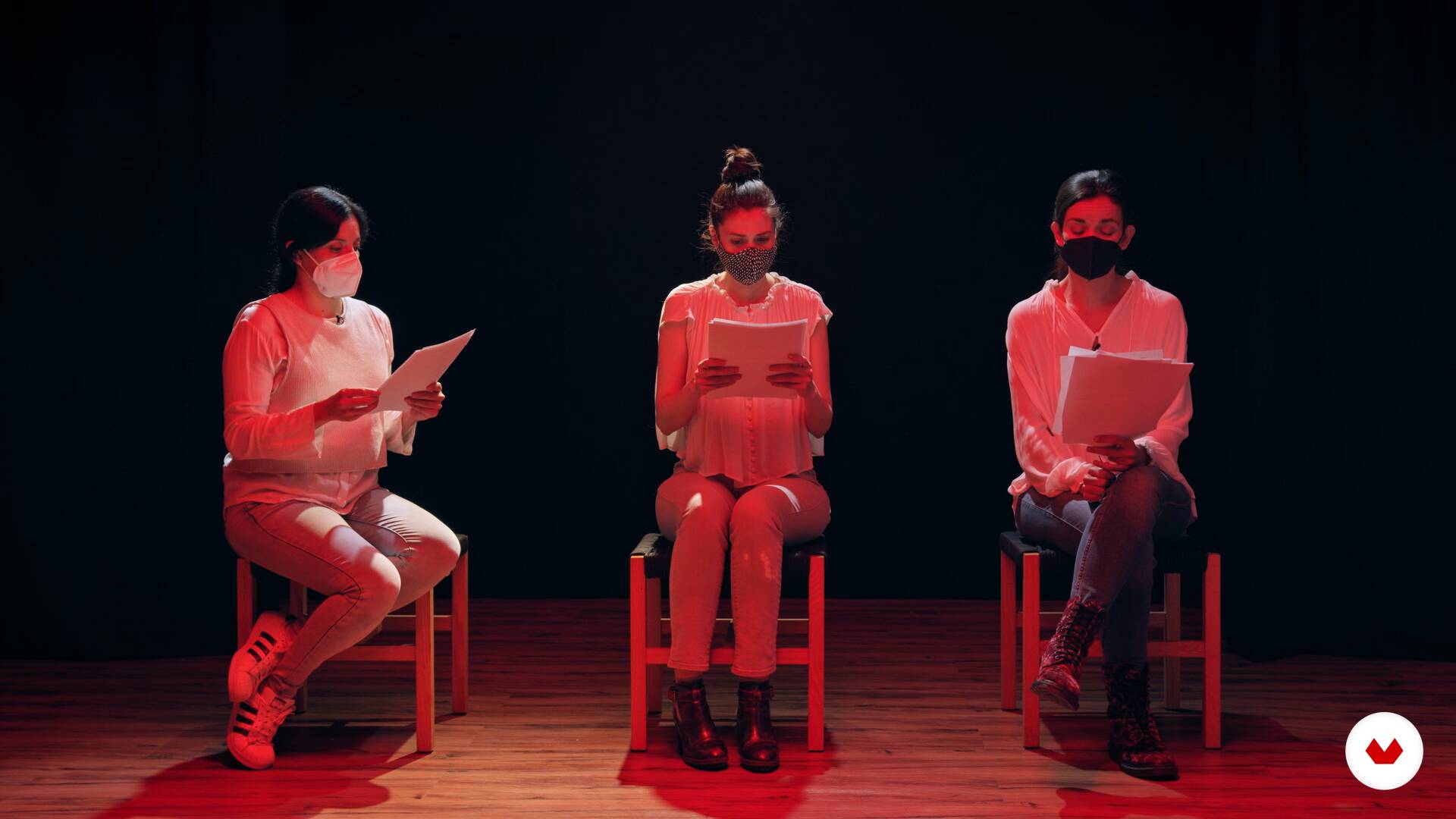
- 101 students
- 101 lessons (17h 57m)
- 158 additional resources (68 files)
- Online and at your own pace
- Audio: Spanish, English
- English · Spanish · Portuguese · German · French · Italian · Polish · Dutch
- Level: Beginner
- Unlimited access forever
What is this course's project?
The course project consists of developing a complete film script, integrating skills in narrative structuring, character development, and creating effective scenes and dialogue, culminating in a professional script ready for presentation at festivals or production companies.
Who is this specialization for?
Film enthusiasts looking to transform ideas into screenplays. Creative individuals interested in developing storytelling skills, building deep characters, and crafting effective dialogue. Ideal for those who want to tell powerful stories on the big or small screen.
Requirements and materials
No extensive prior knowledge is required, but a basic understanding of storytelling and filmmaking is helpful. Paper, pencil, and a computer with internet access are required for digital resources and practical exercises.
What to expect from this specialization course
-
Learn at your own pace
Enjoy learning from home without a set schedule and with an easy-to-follow method. You set your own pace.
-
Learn from the best professionals
Learn valuable methods and techniques explained by top experts in the creative sector.
-
Meet expert teachers
Each expert teaches what they do best, with clear guidelines, true passion, and professional insight in every lesson.
-
Certificates
PlusIf you're a Plus member, get a custom certificate for every specialization course. Share it on your portfolio, social media, or wherever you like.
-
Get front-row seats
Videos of the highest quality, so you don't miss a single detail. With unlimited access, you can watch them as many times as you need to perfect your technique.
-
Share knowledge and ideas
Ask questions, request feedback, or offer solutions. Share your learning experience with other students in the community who are as passionate about creativity as you are.
-
Connect with a global creative community
The community is home to millions of people from around the world who are curious and passionate about exploring and expressing their creativity.
-
Watch professionally produced courses
Domestika curates its teacher roster and produces every course in-house to ensure a high-quality online learning experience.
FAQs
Domestika's specialization courses are online classes that provide you with the tools and skills you need to complete a specific project. Every step of the project combines video lessons with complementary instructional material, so you can learn by doing. Domestika's specializations also allow you to share your own projects with other students, creating a dynamic course community.
All specialization courses are 100% online, so once they're published, specialization courses start and finish whenever you want. You set the pace of the class. You can go back to review what interests you most and skip what you already know, ask questions, answer questions, share your projects, and more.
The specialization courses are divided into different modules. Each one includes lessons, informational text, tasks, and practice exercises to help you carry out your project step by step, with additional complementary resources and downloads. You'll also have access to an exclusive forum where you can interact with other students, as well as share your work and your final project, creating a community around the specialization course.
You can redeem the specialization course you received by accessing the redeeming page and entering your gift code.





